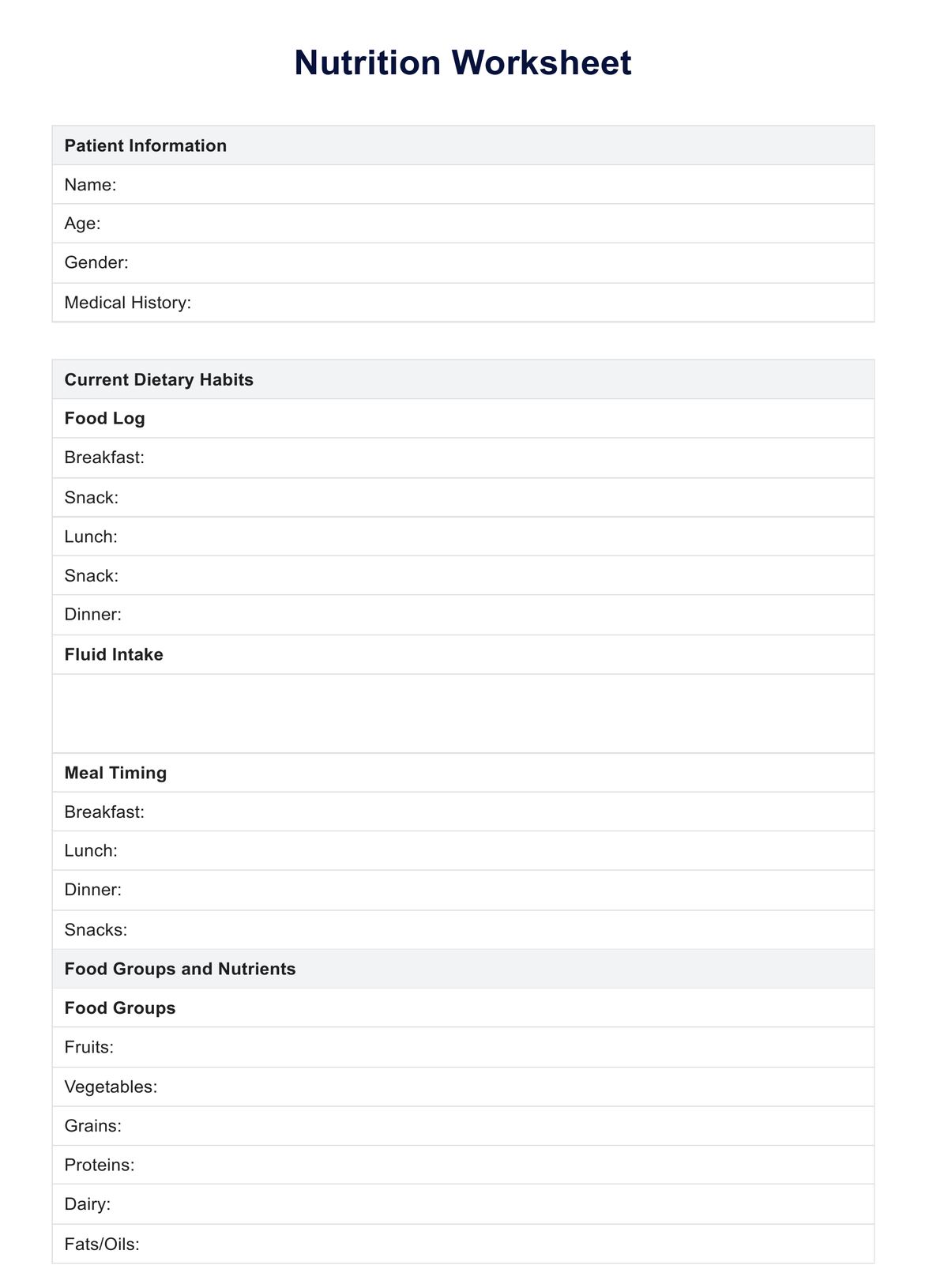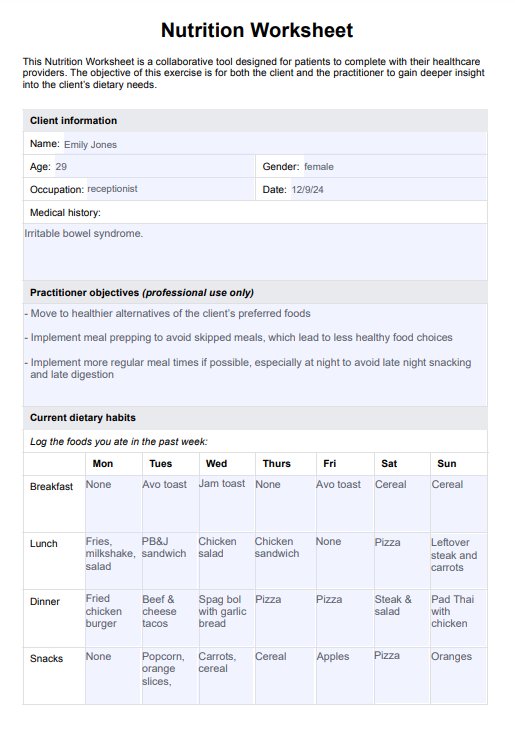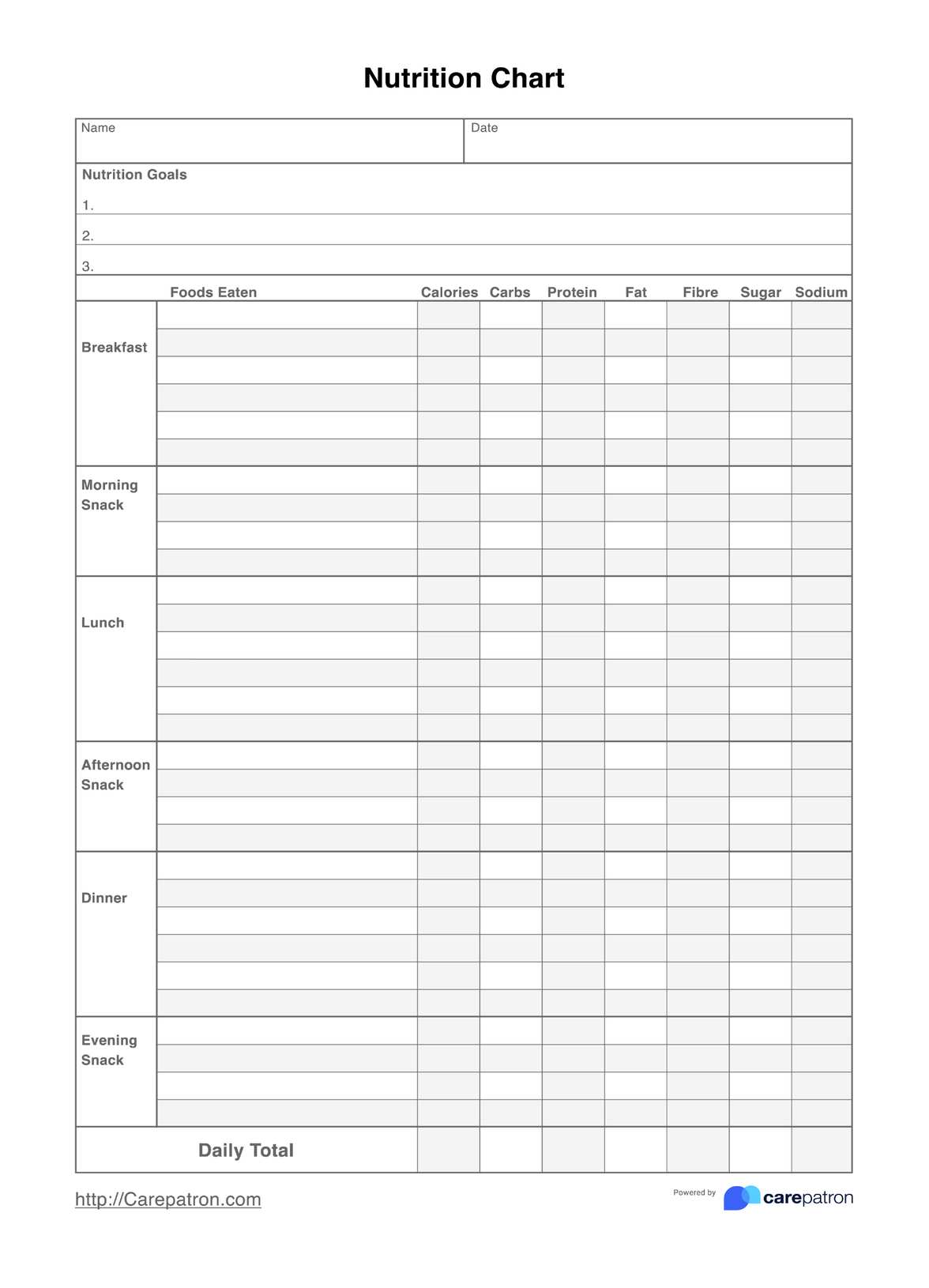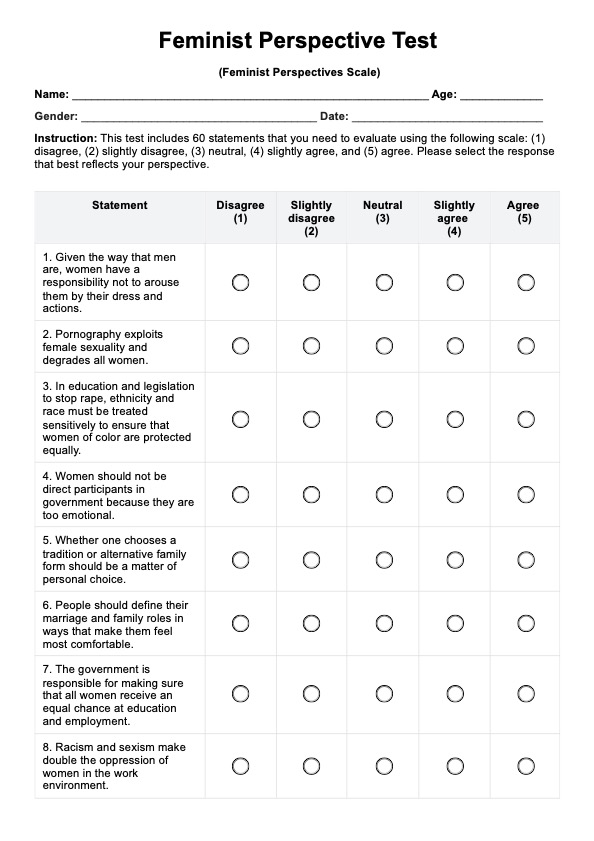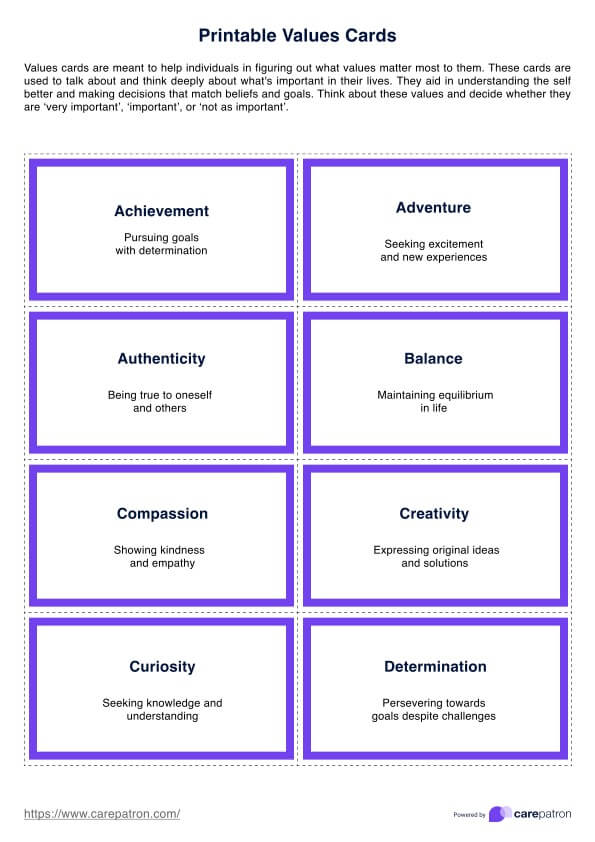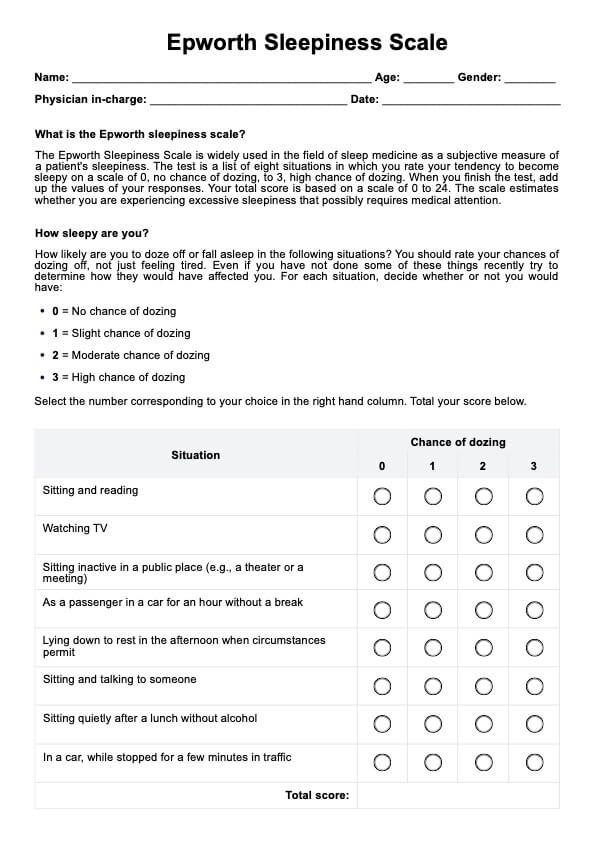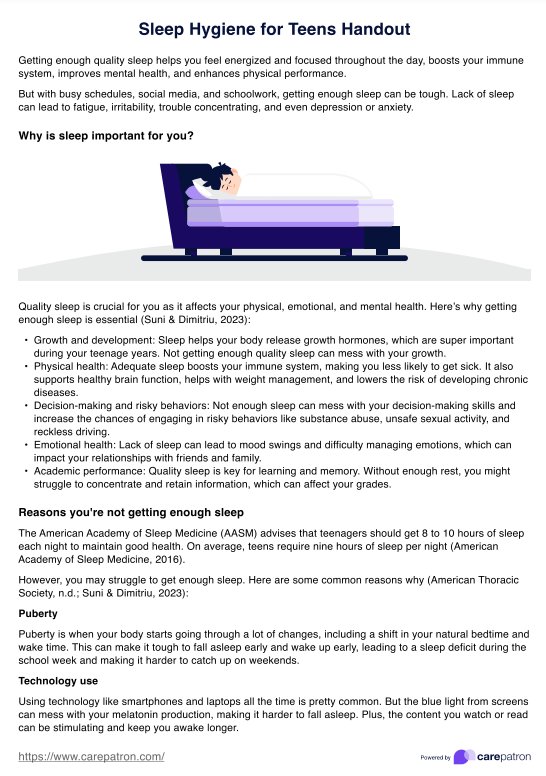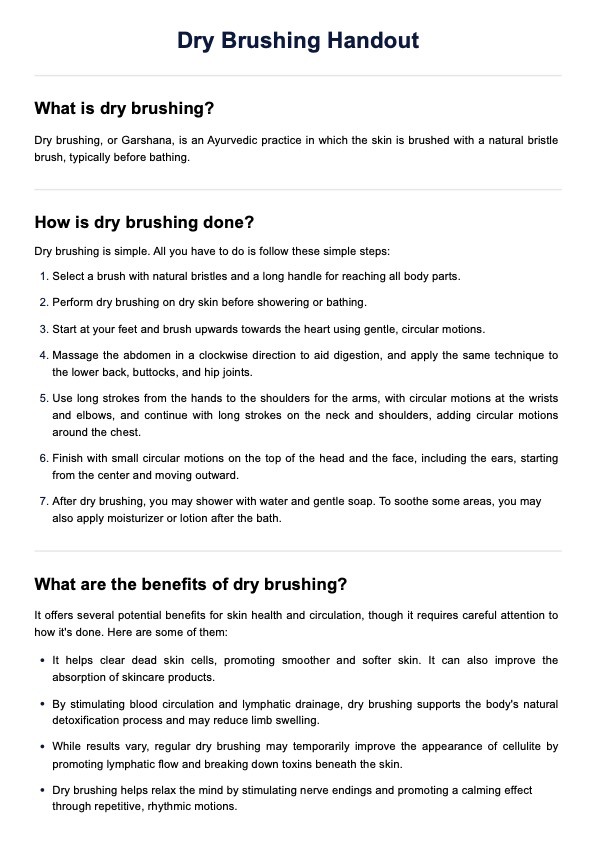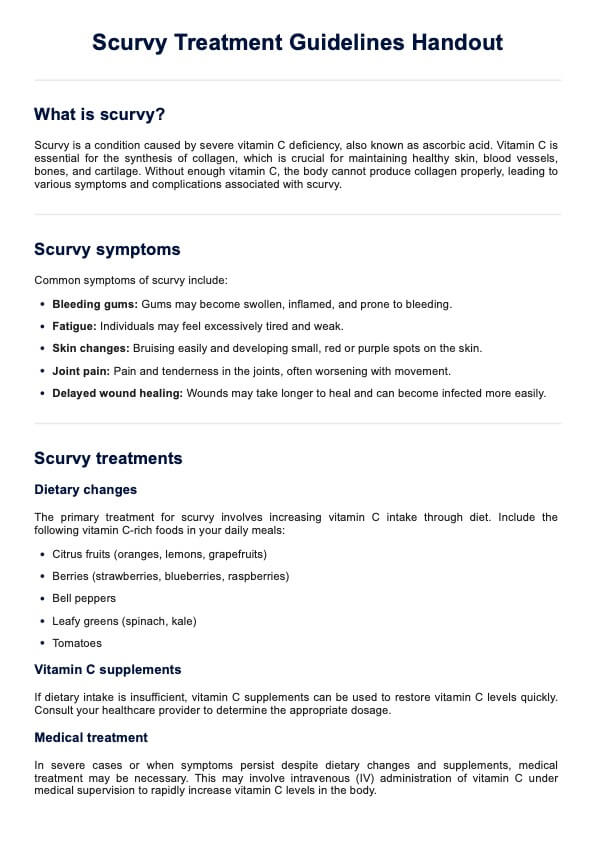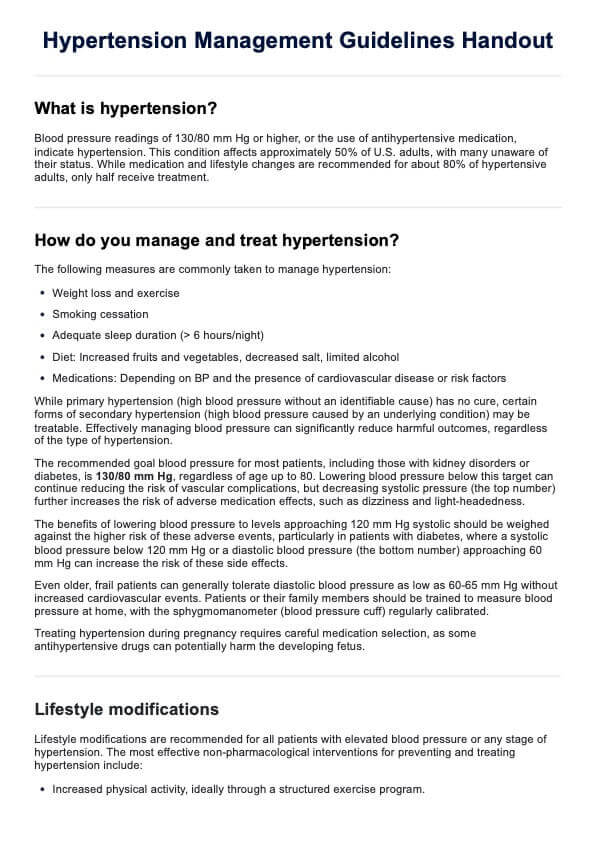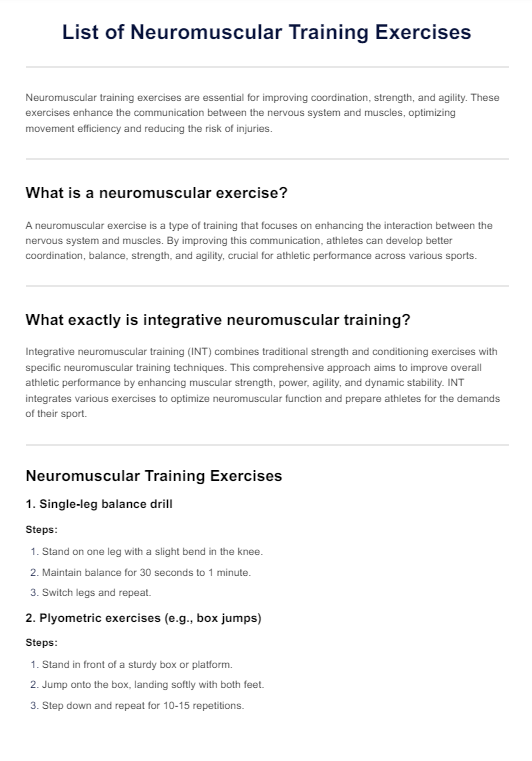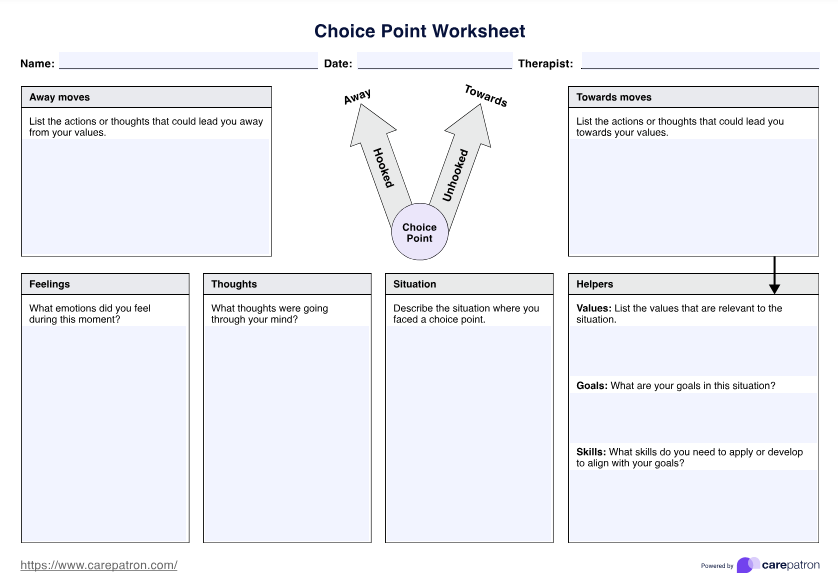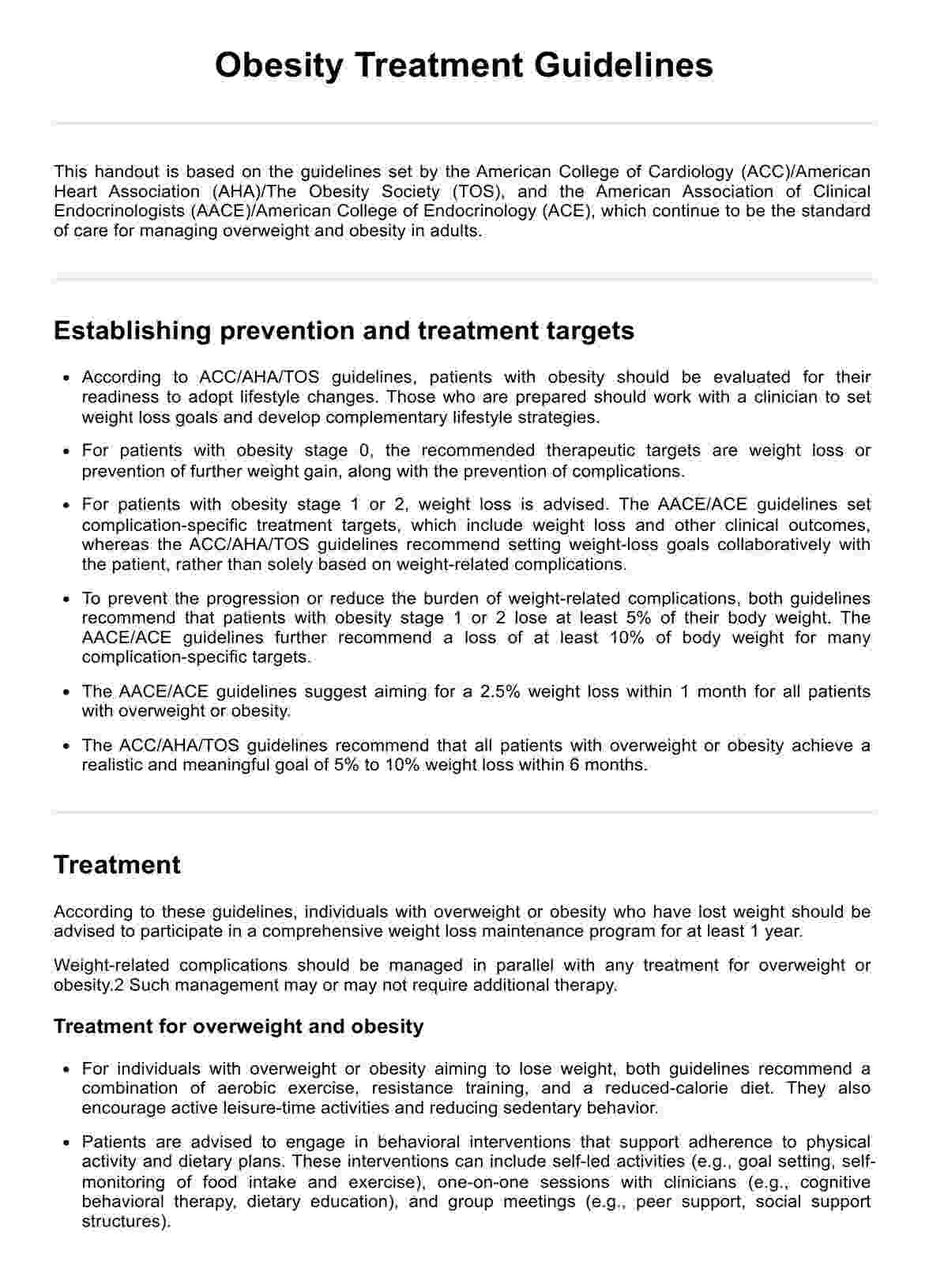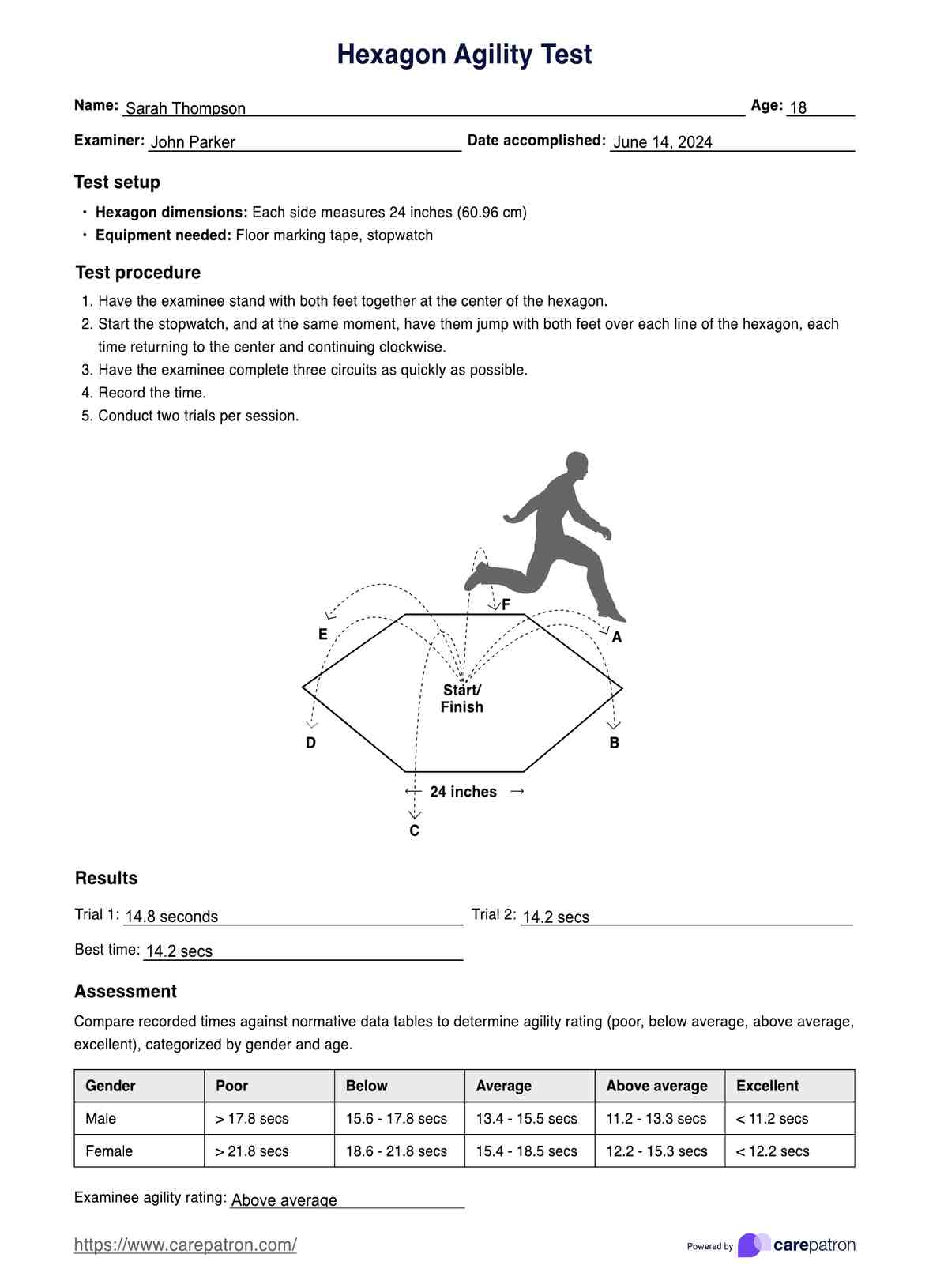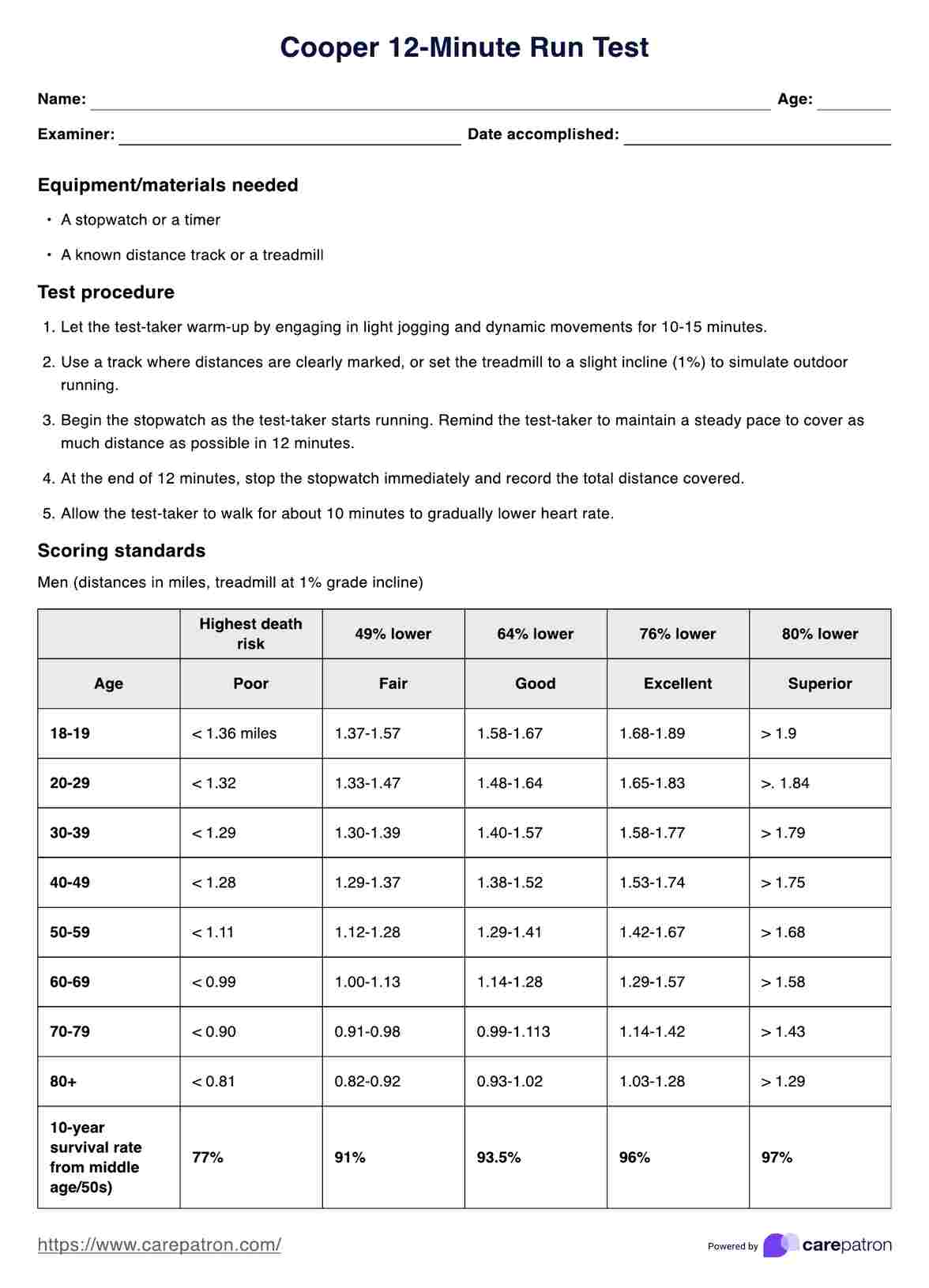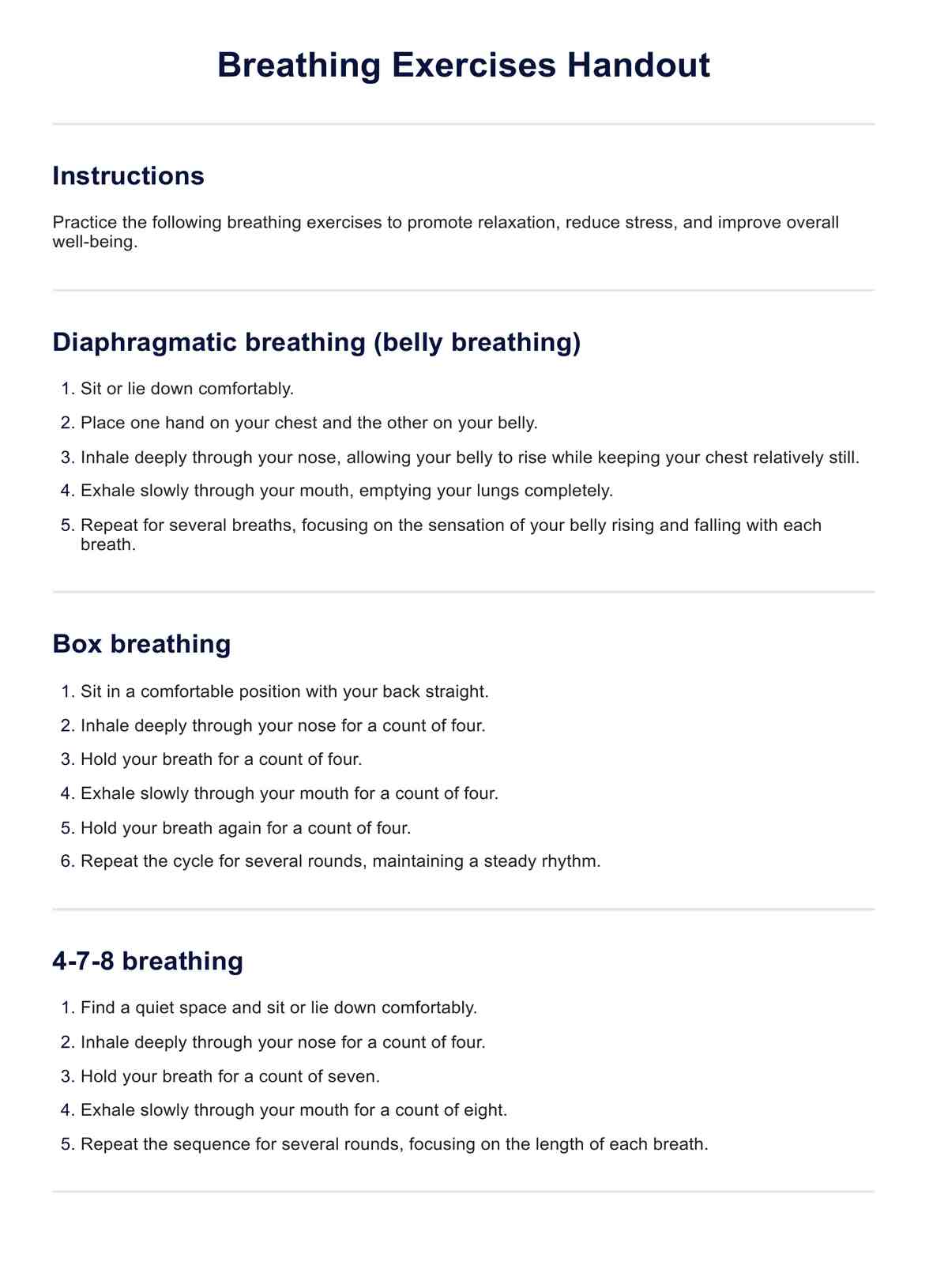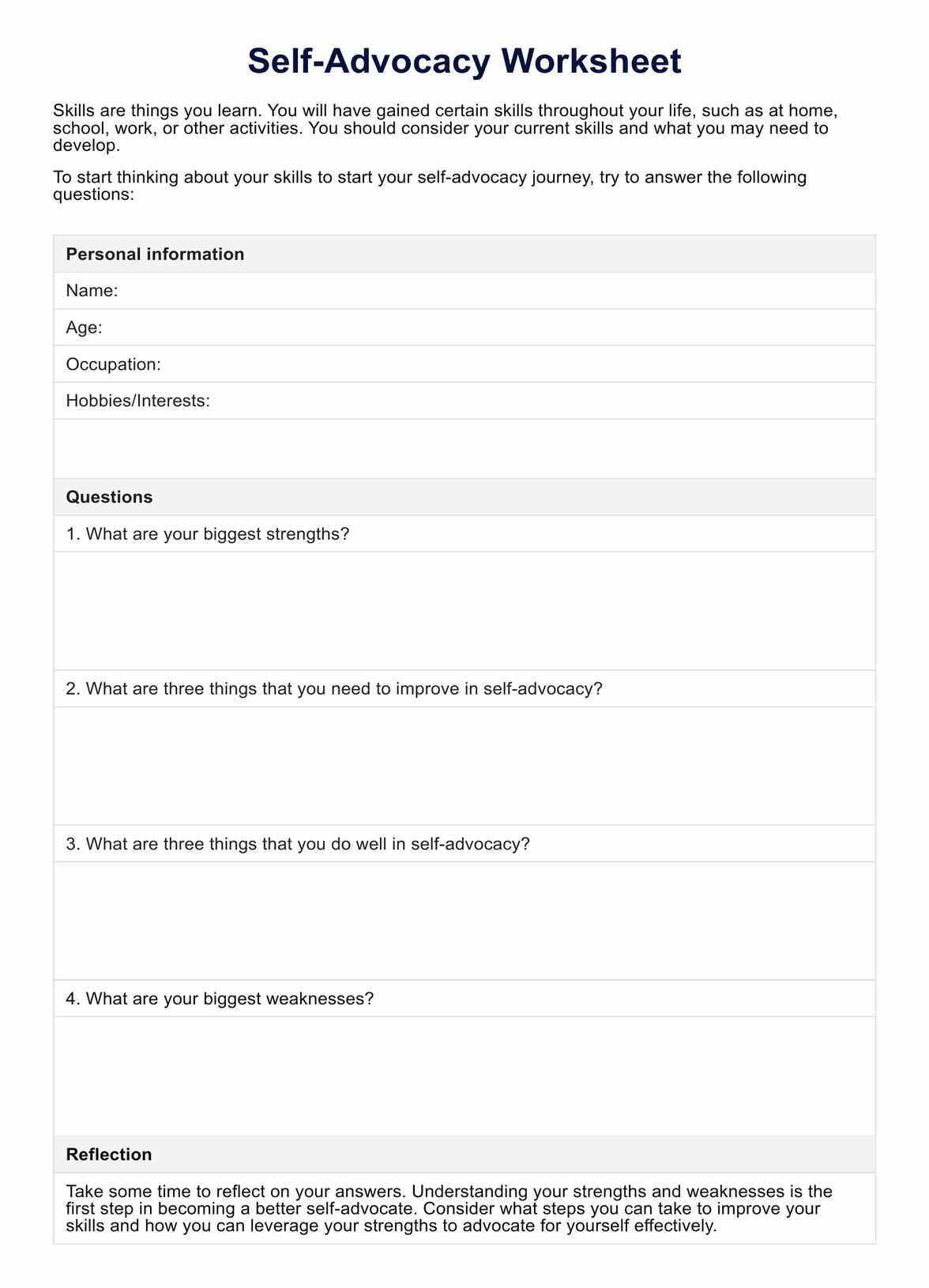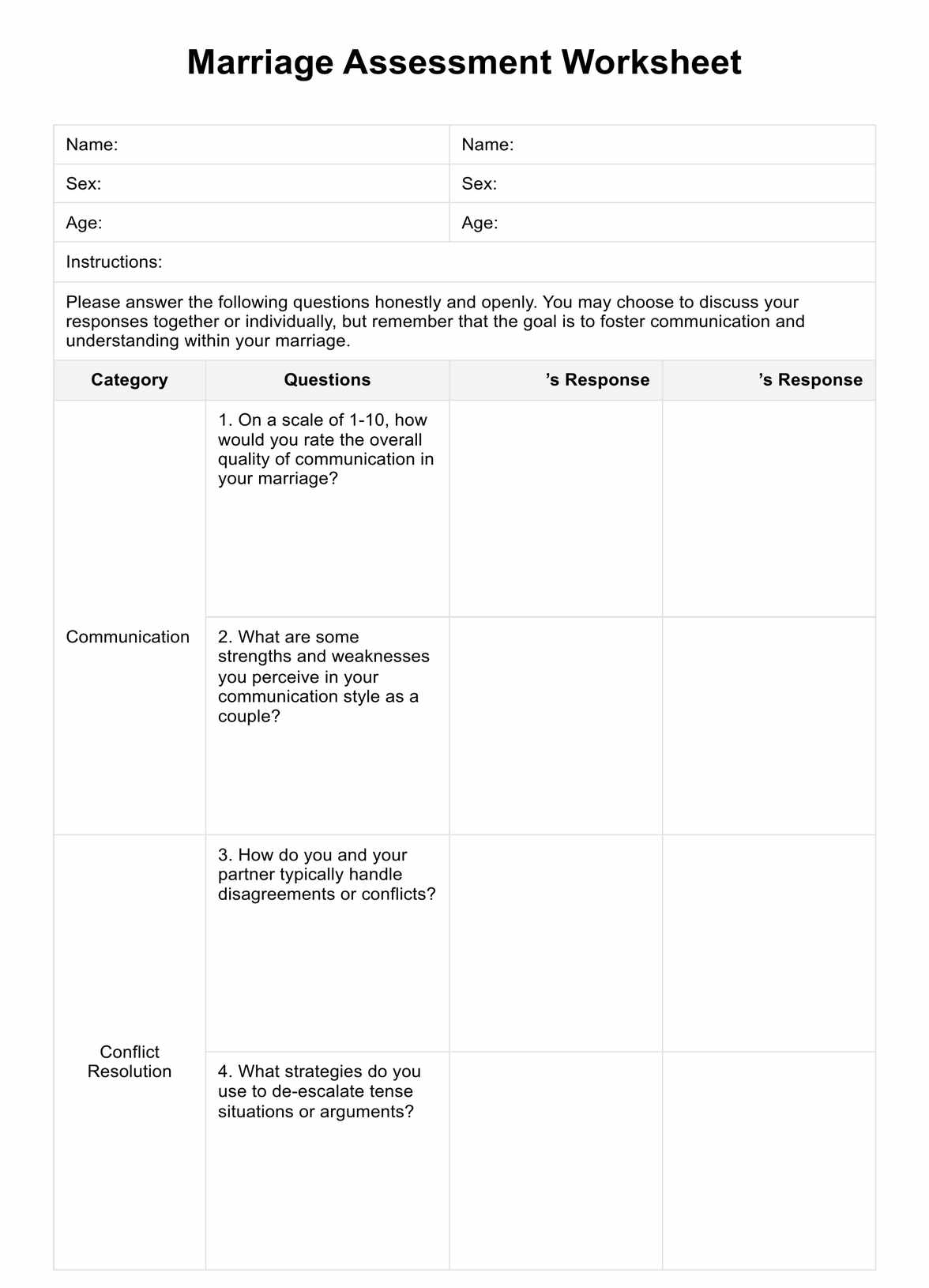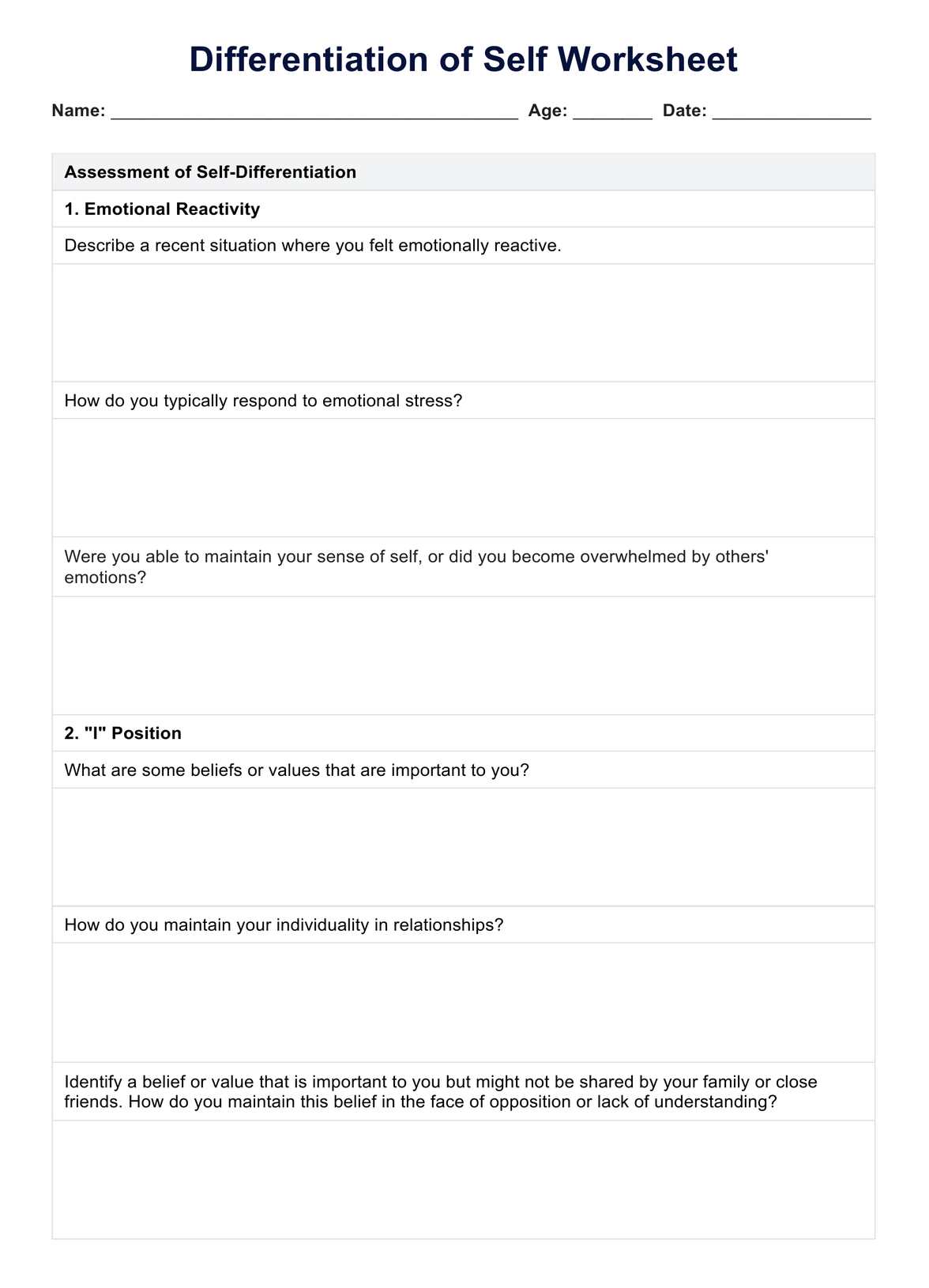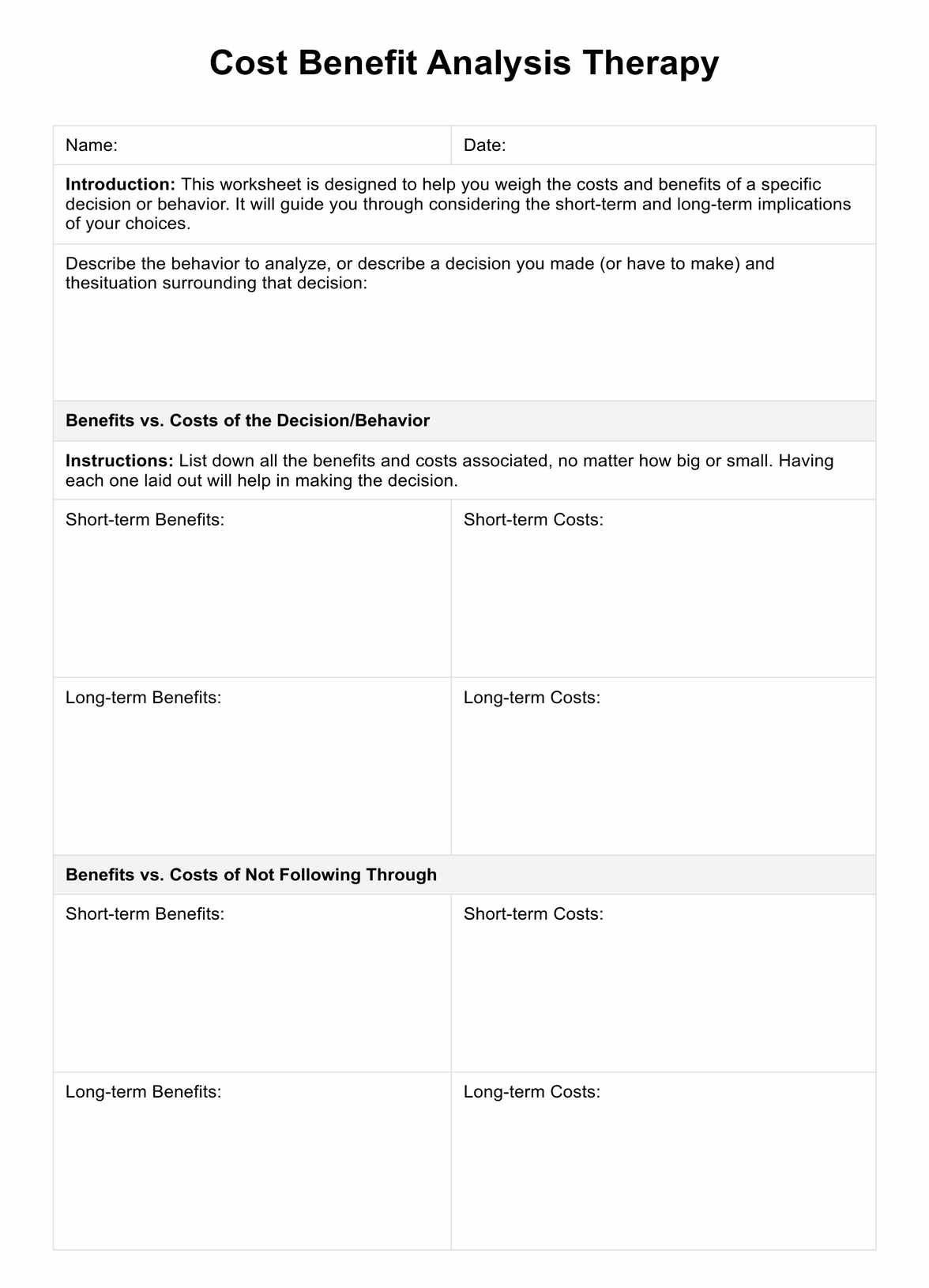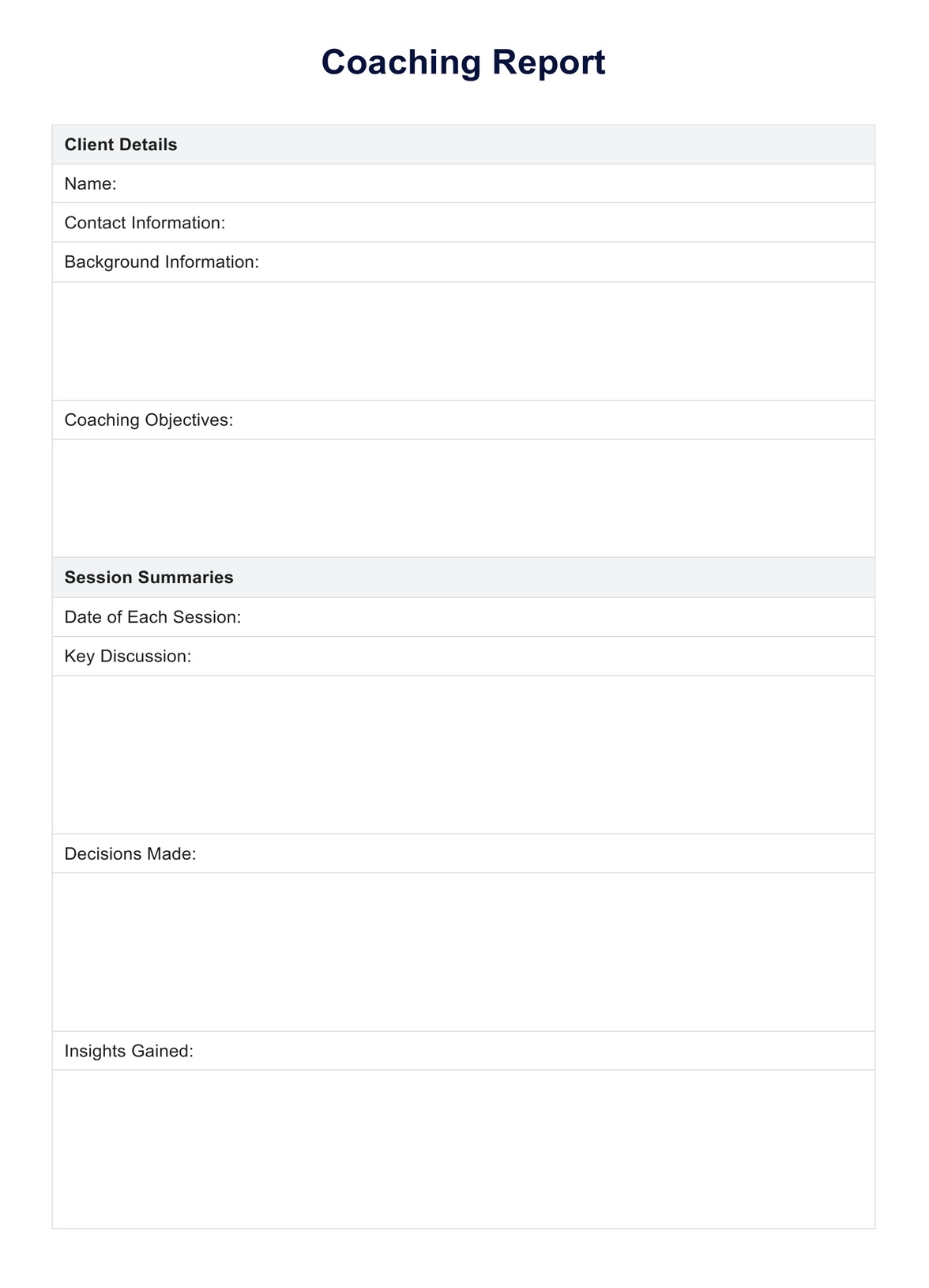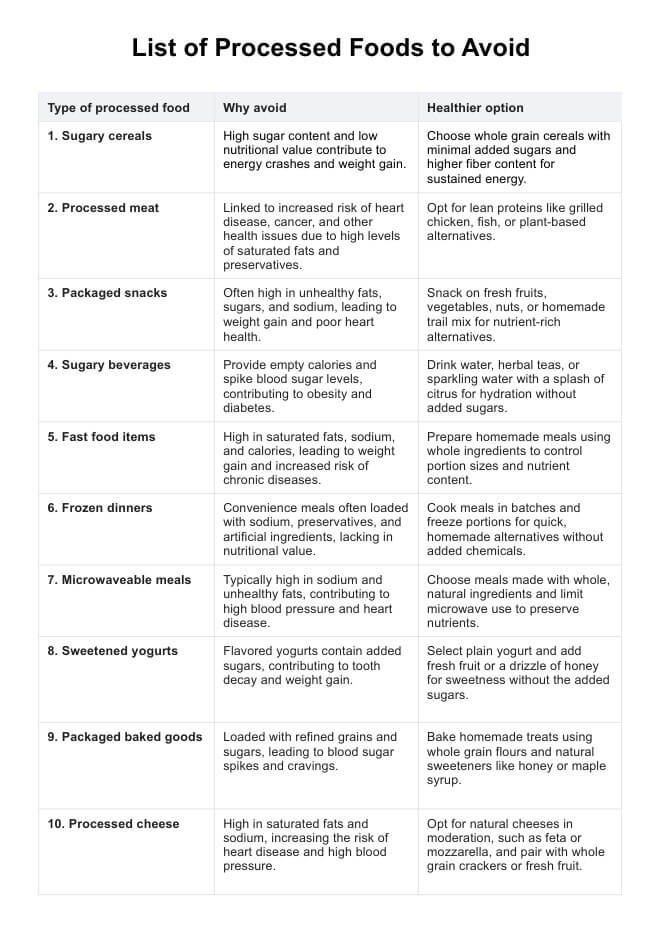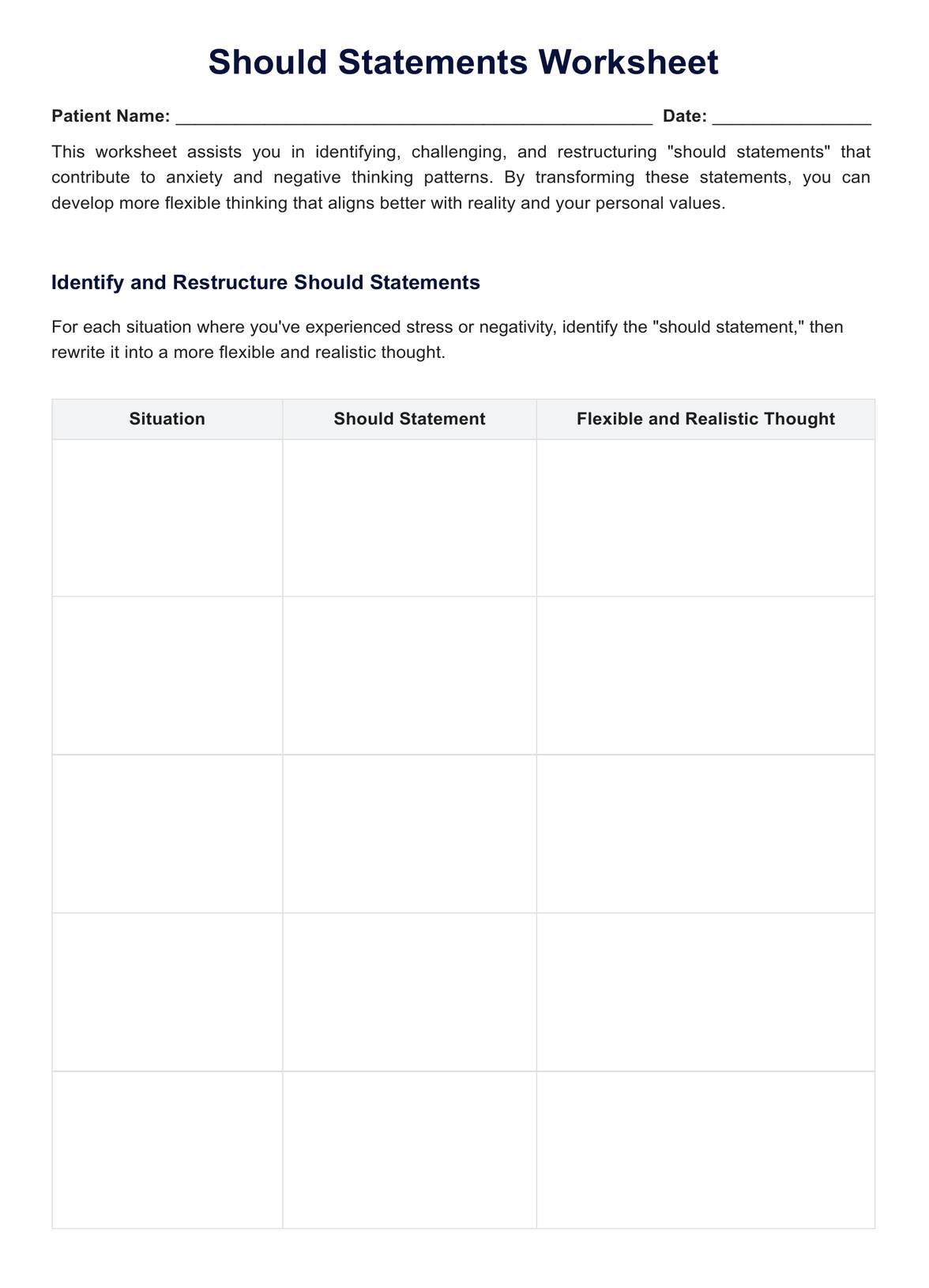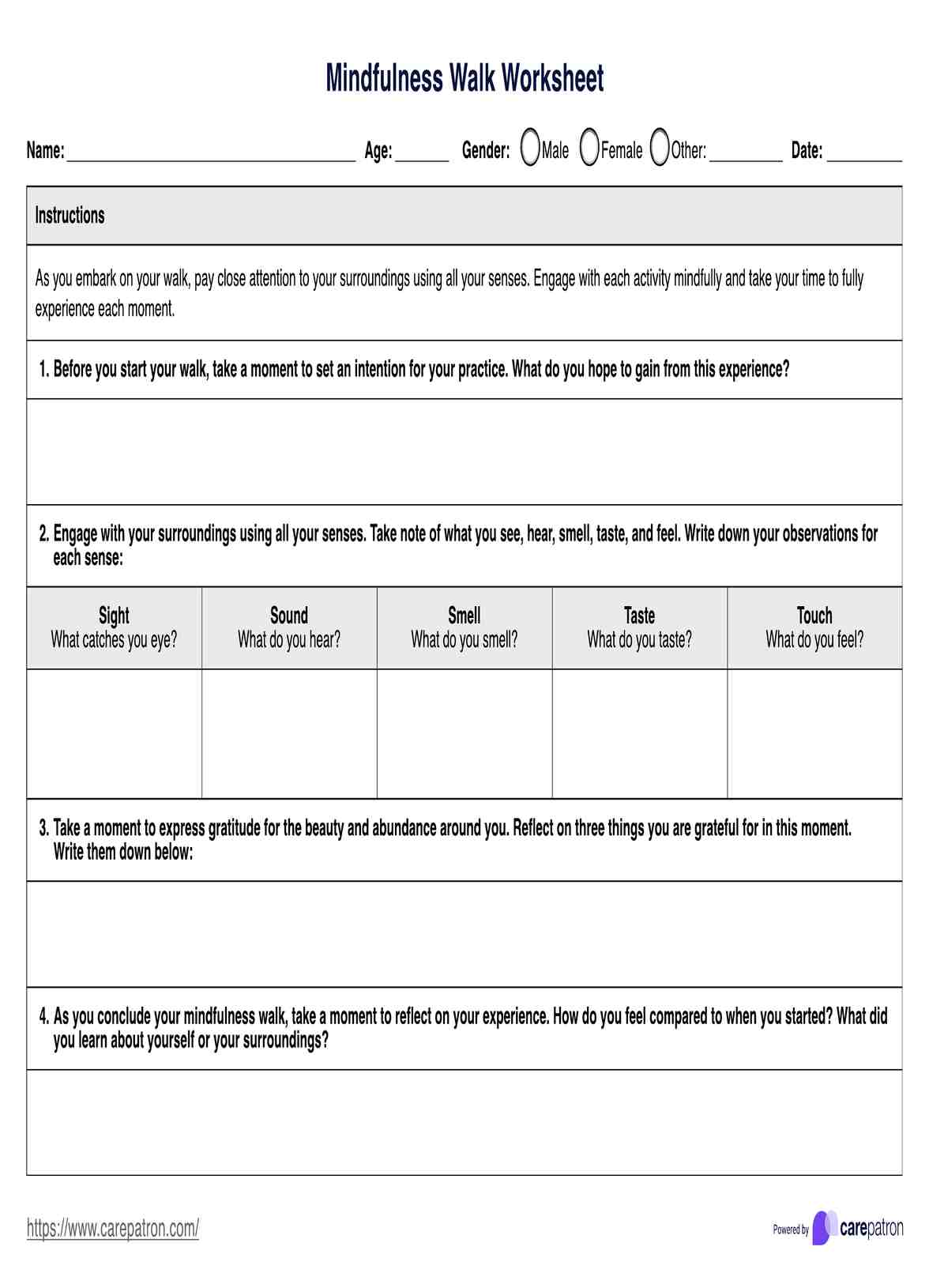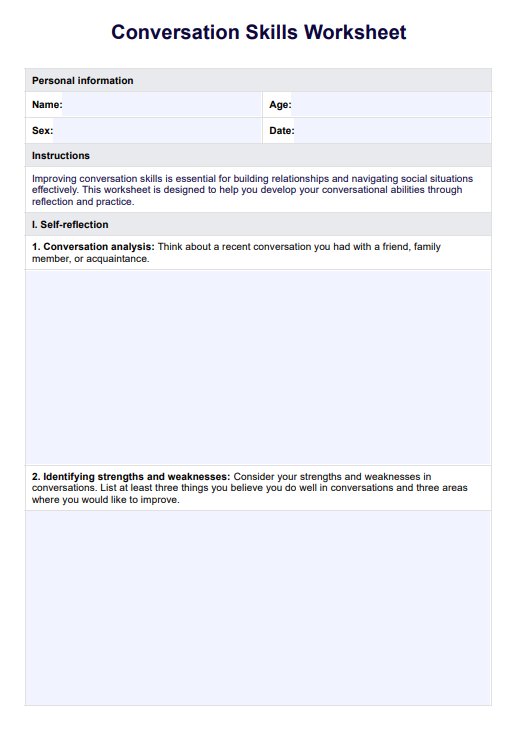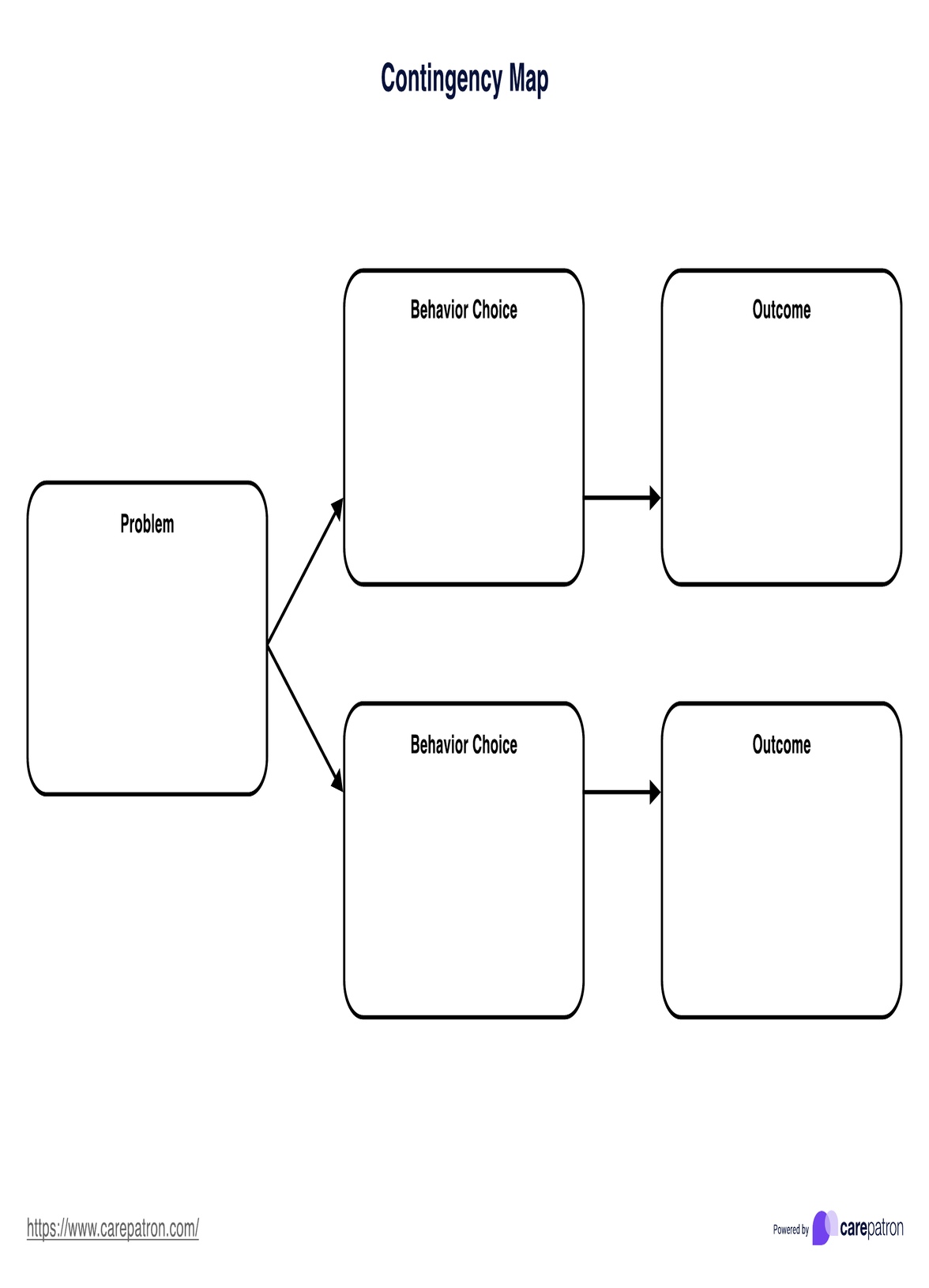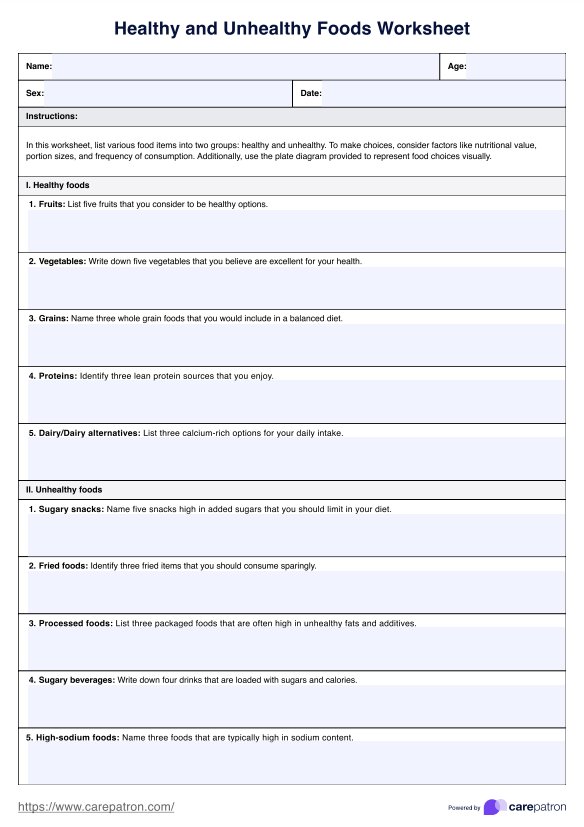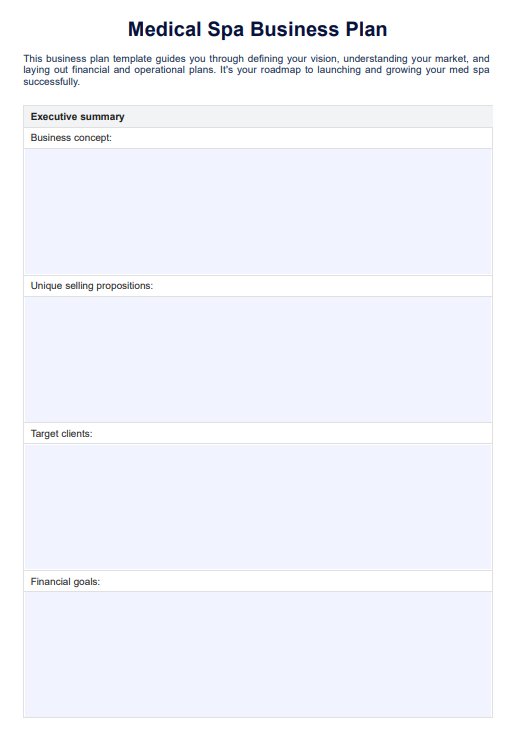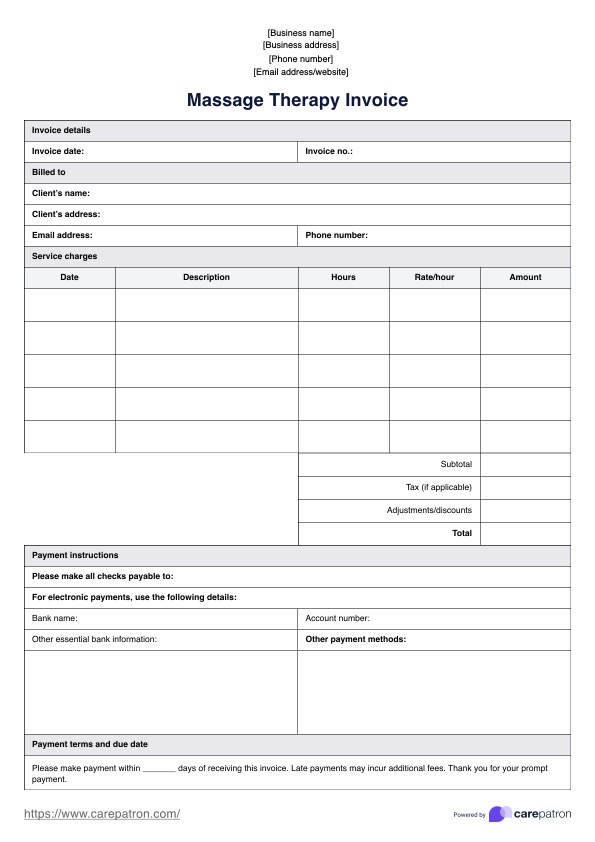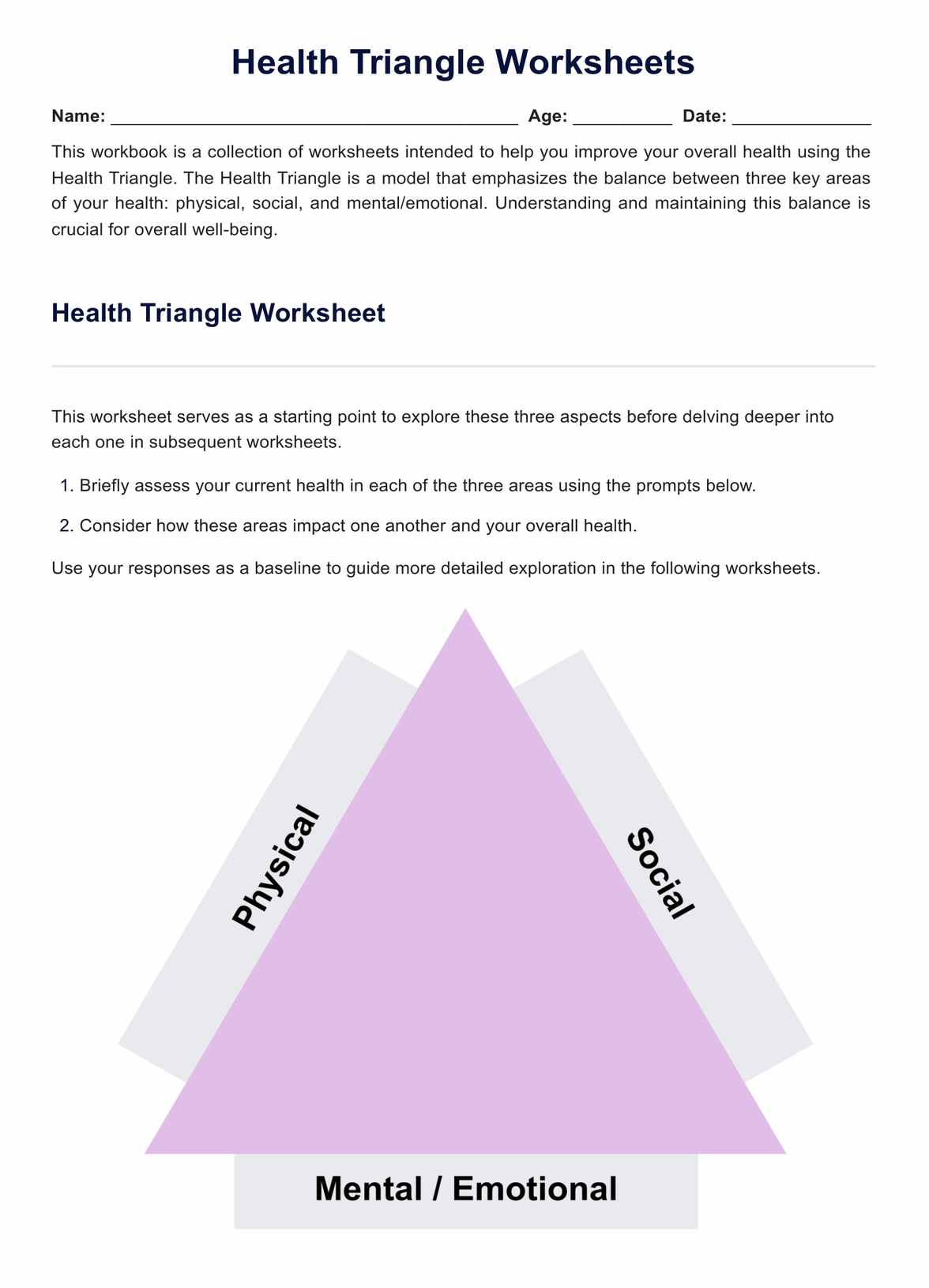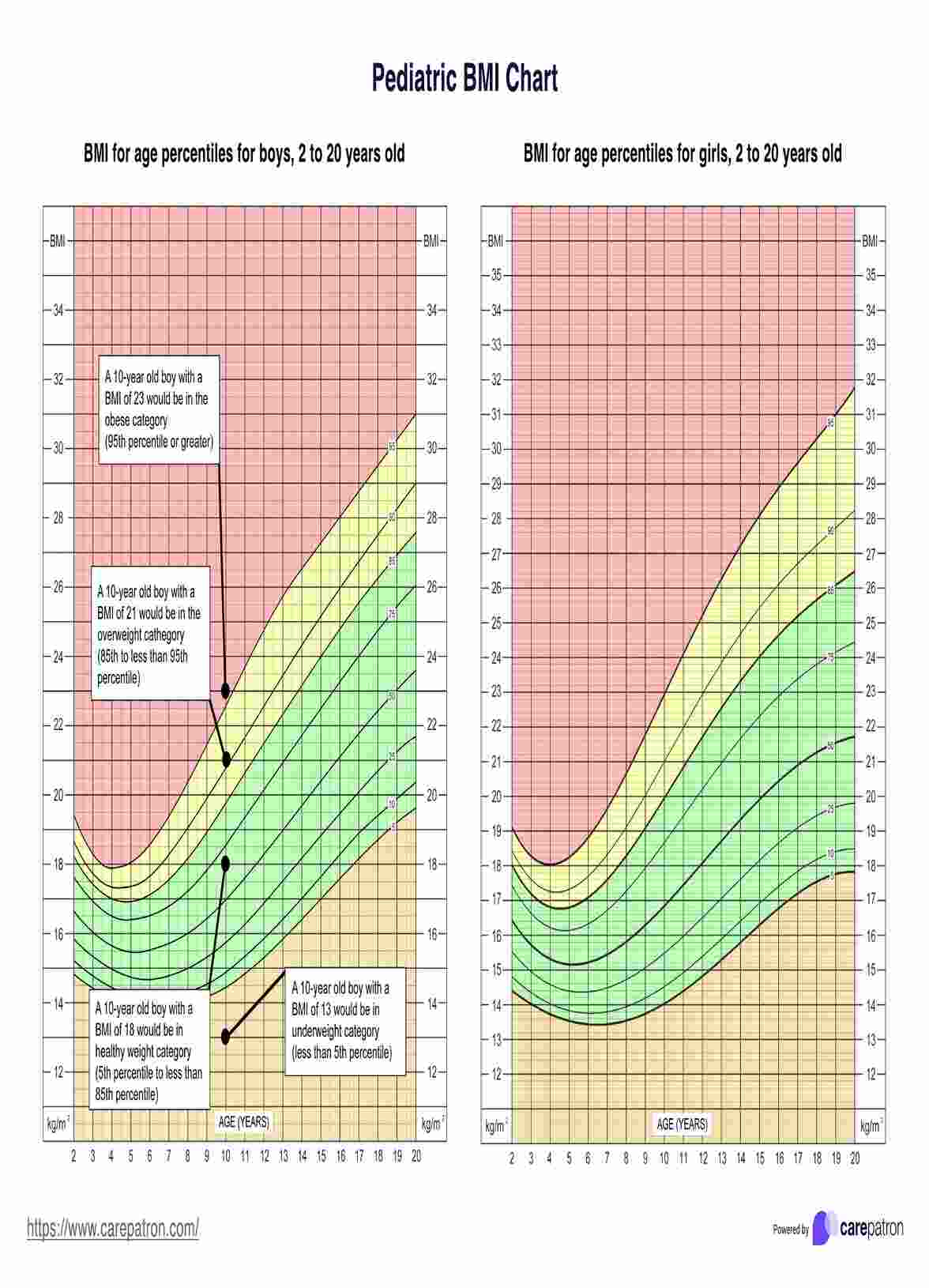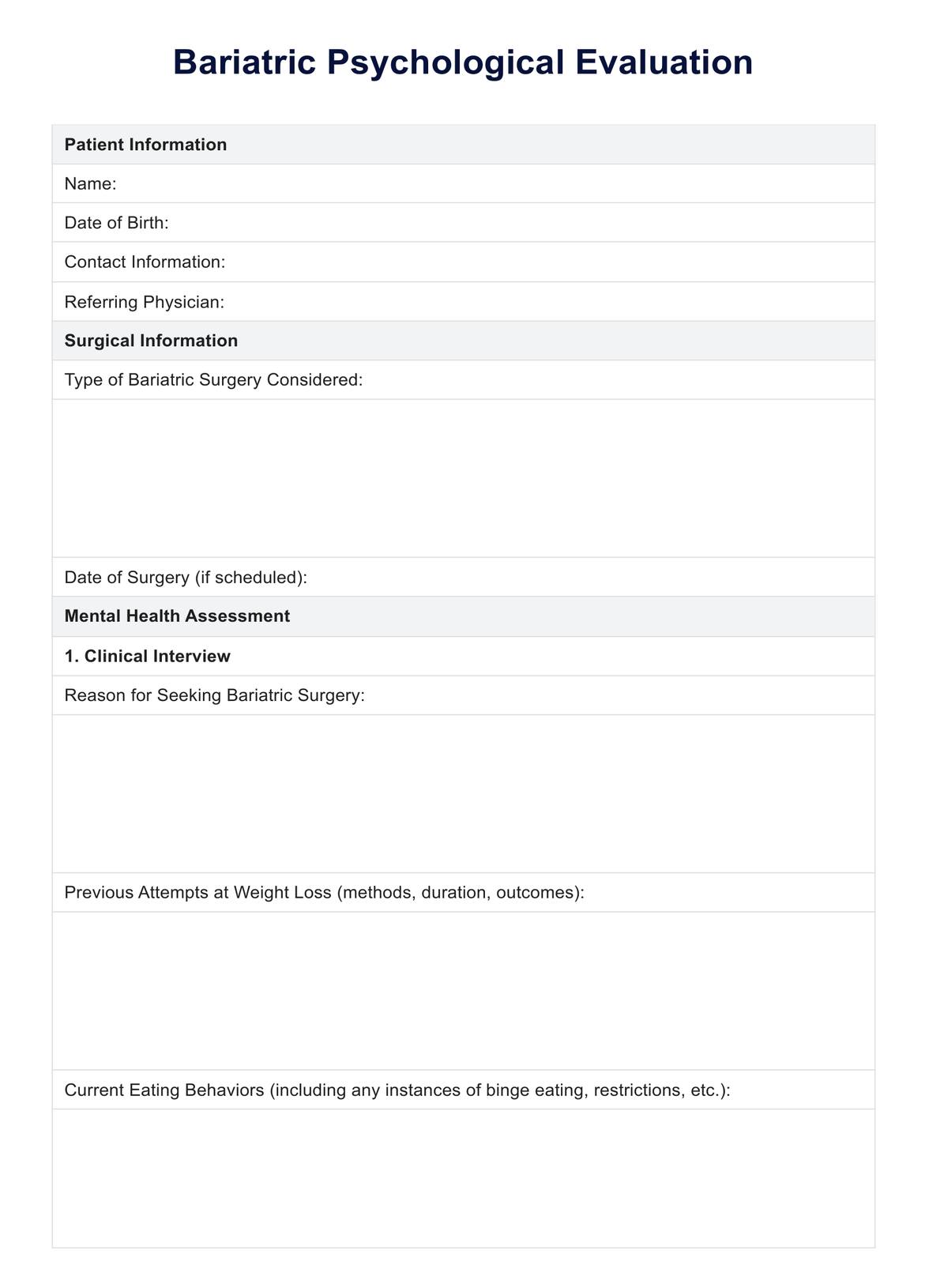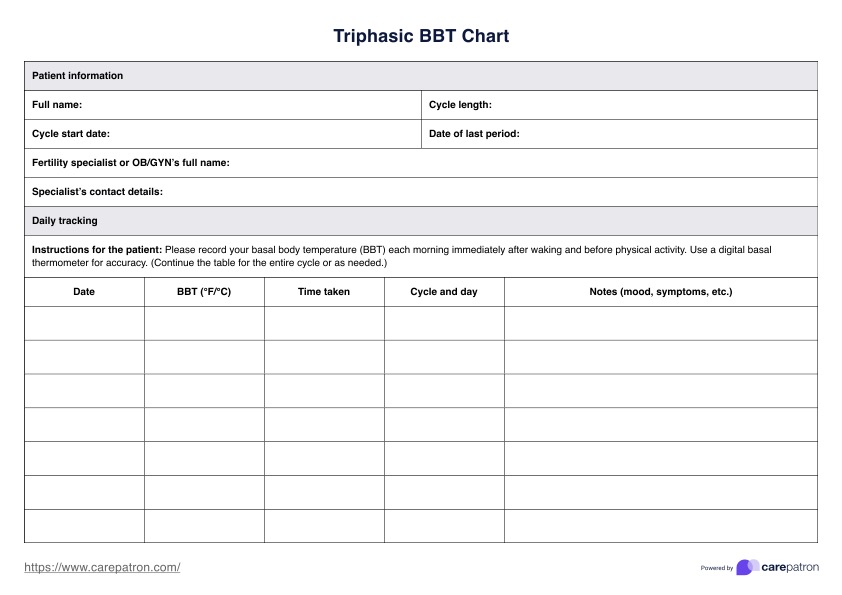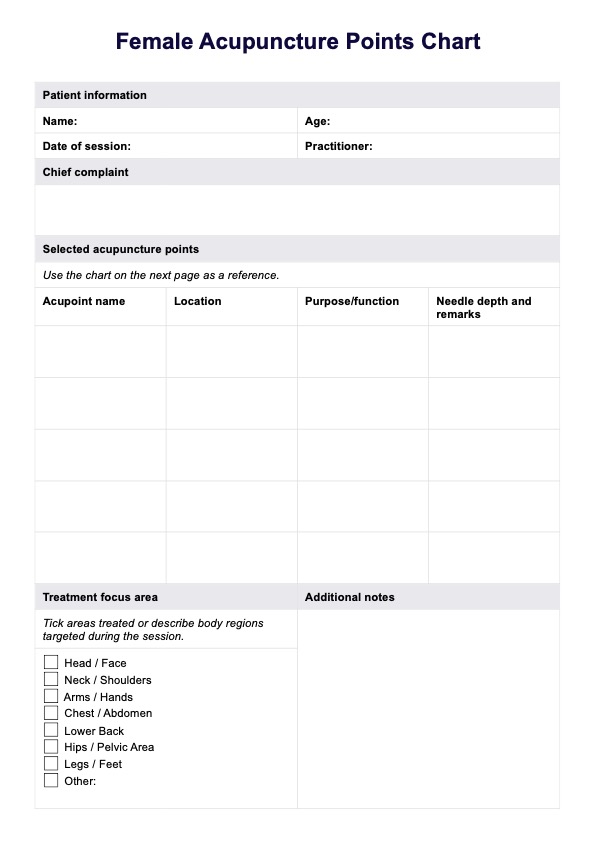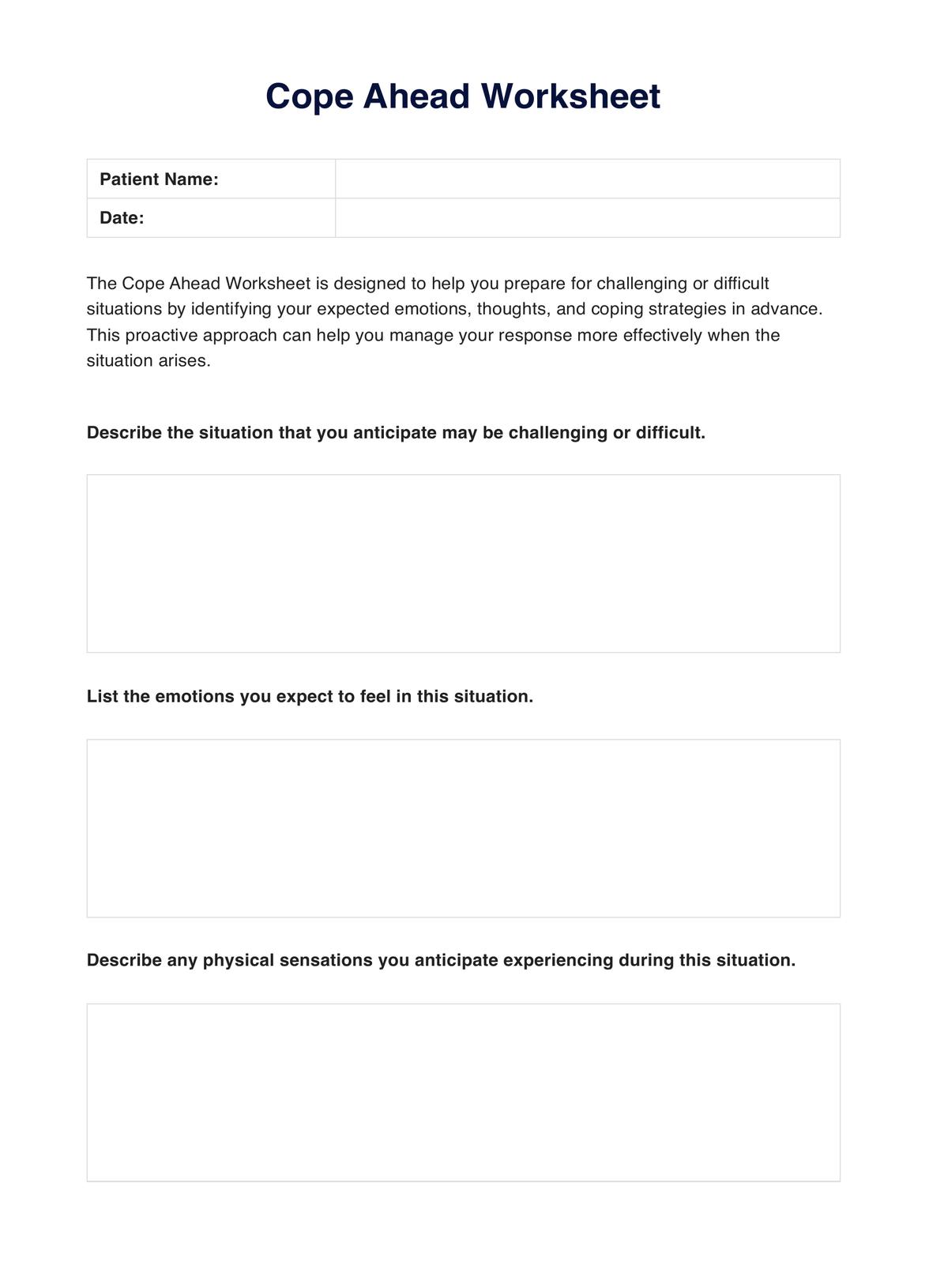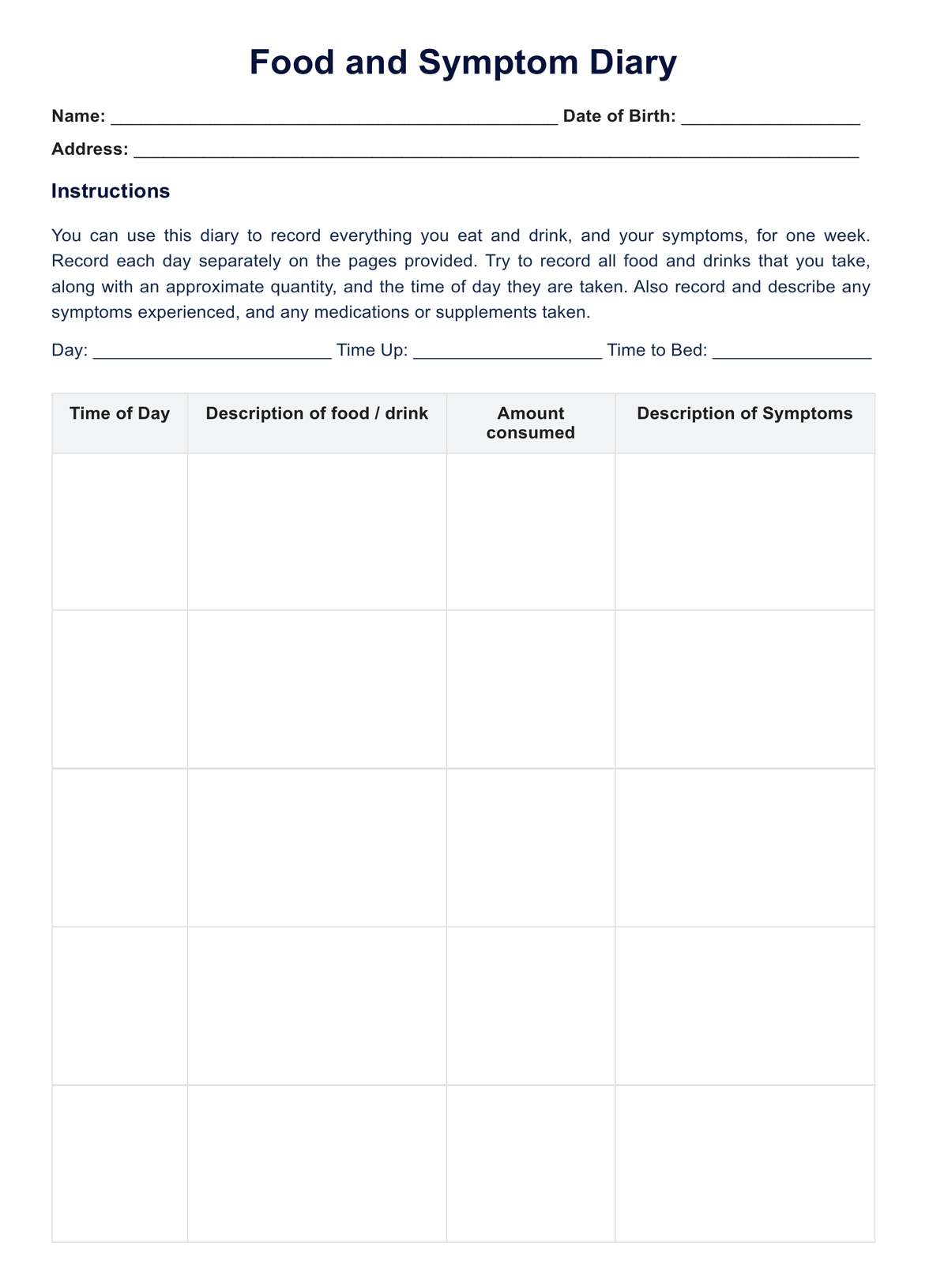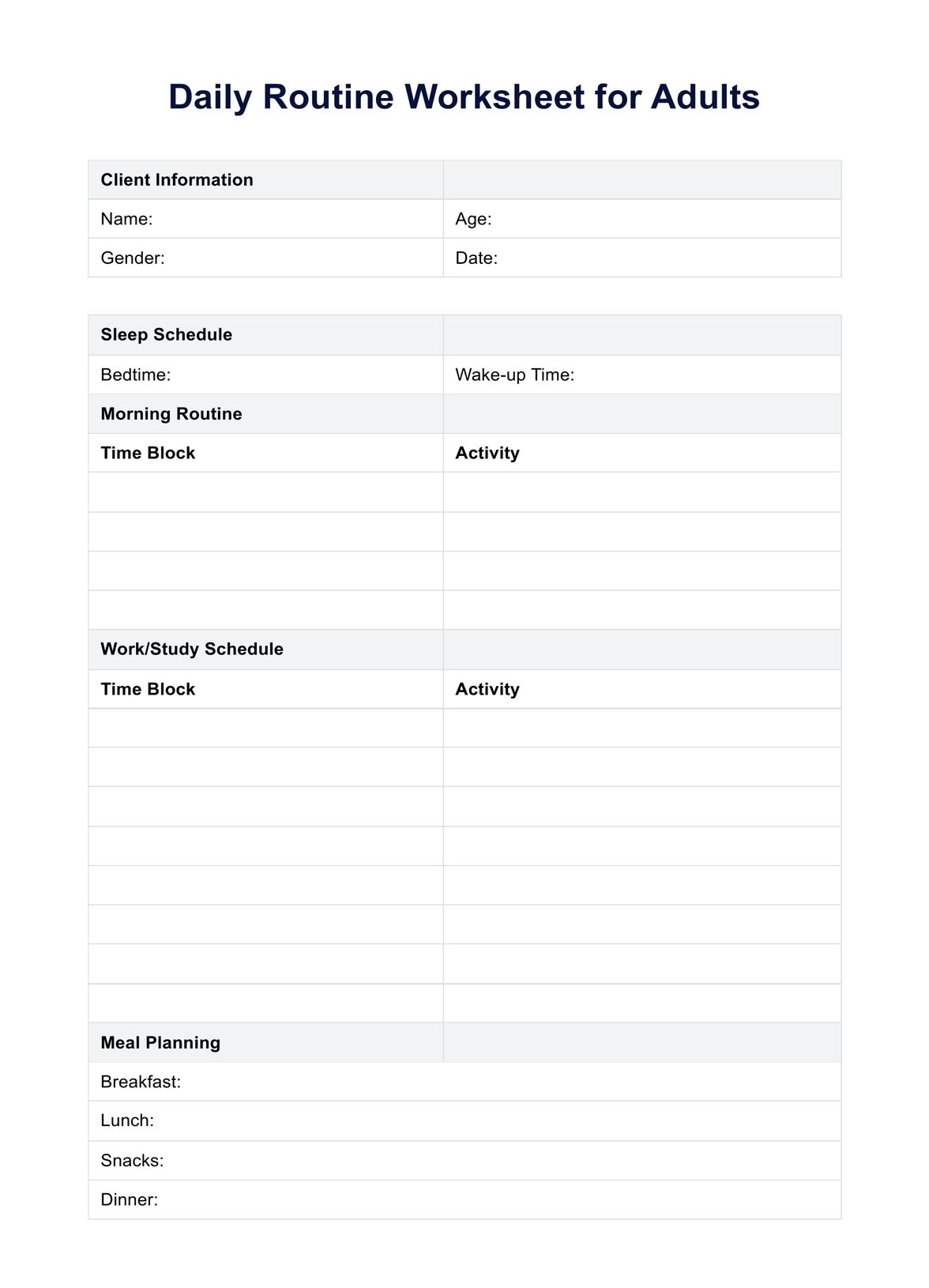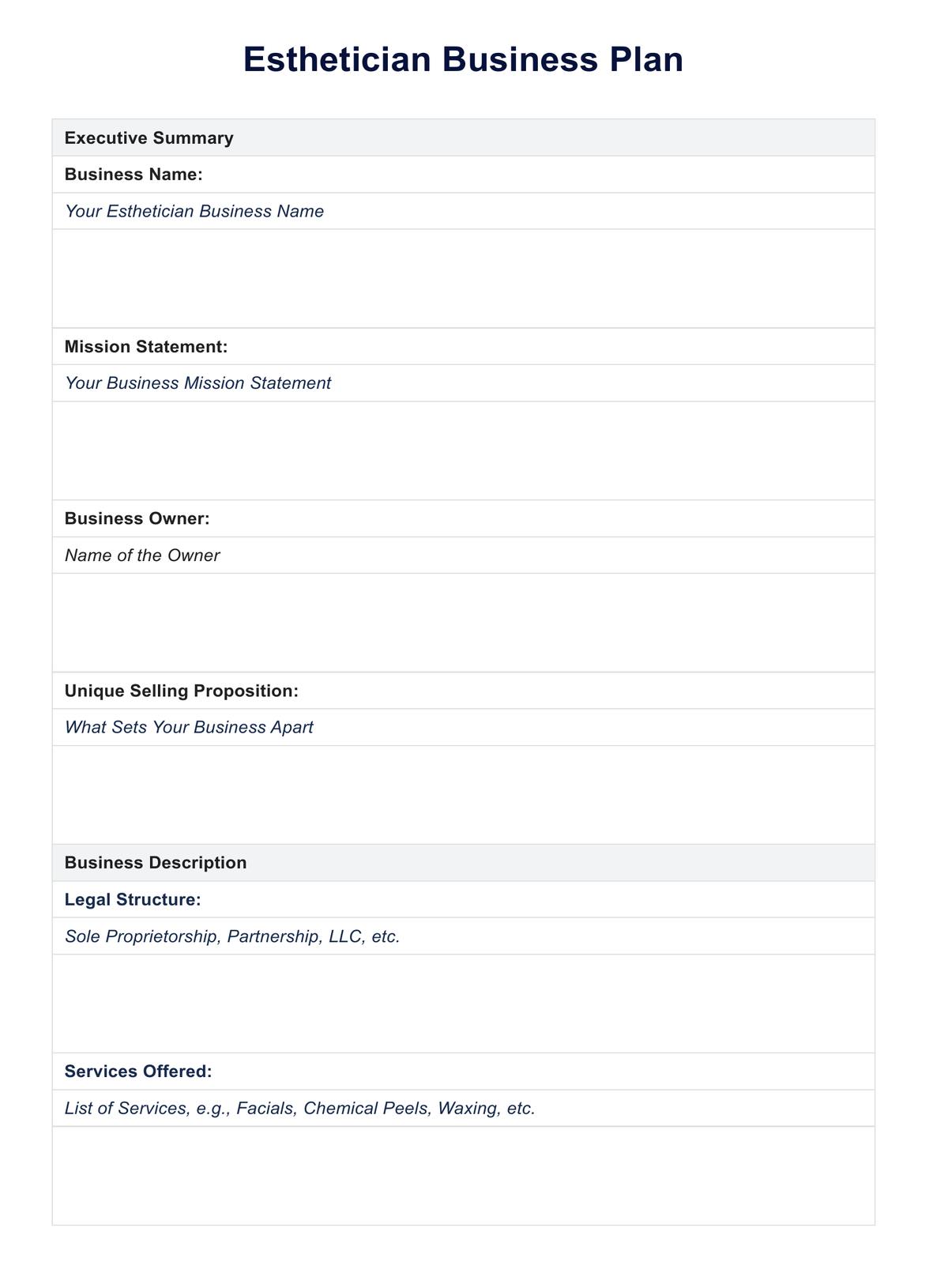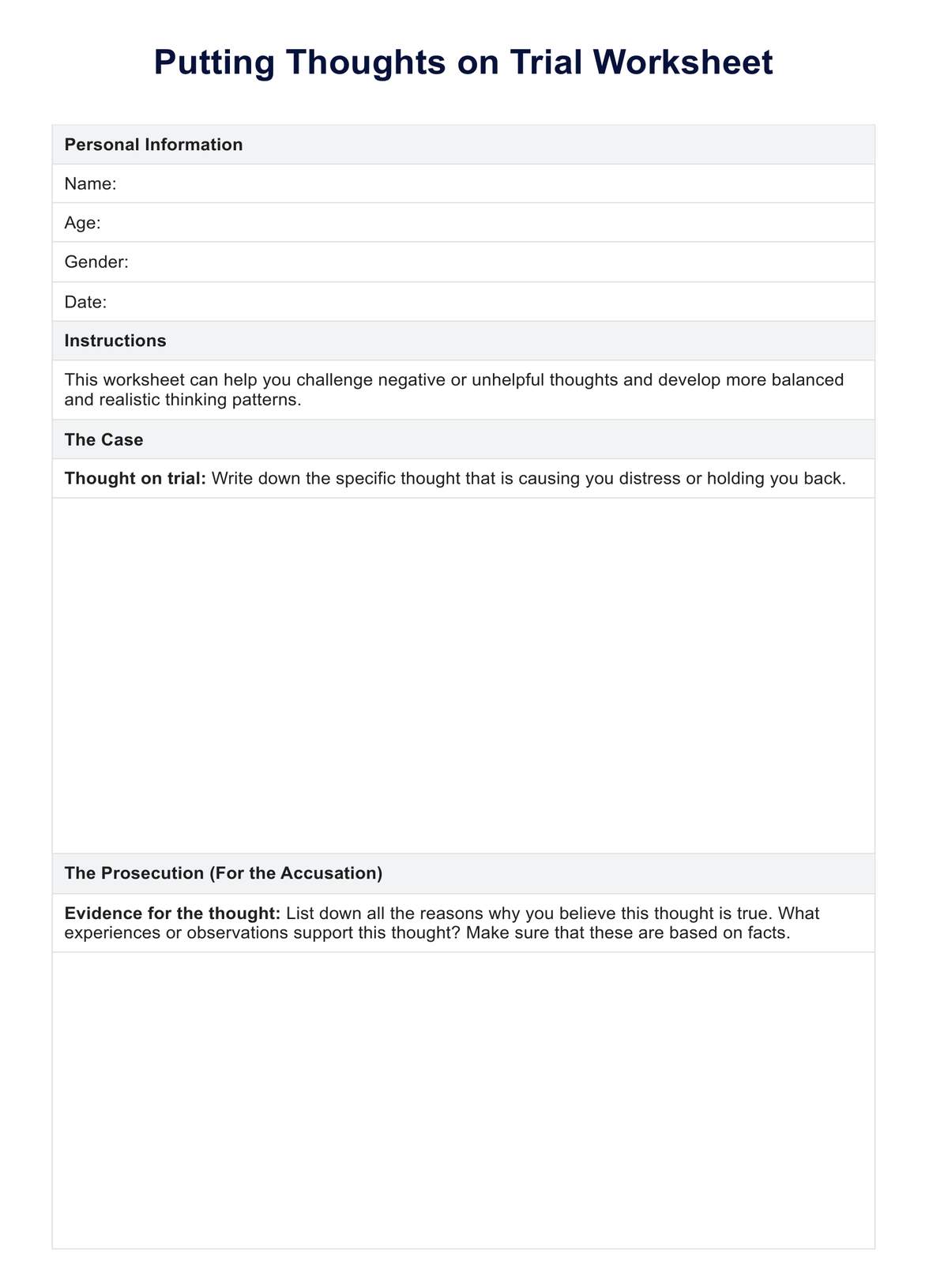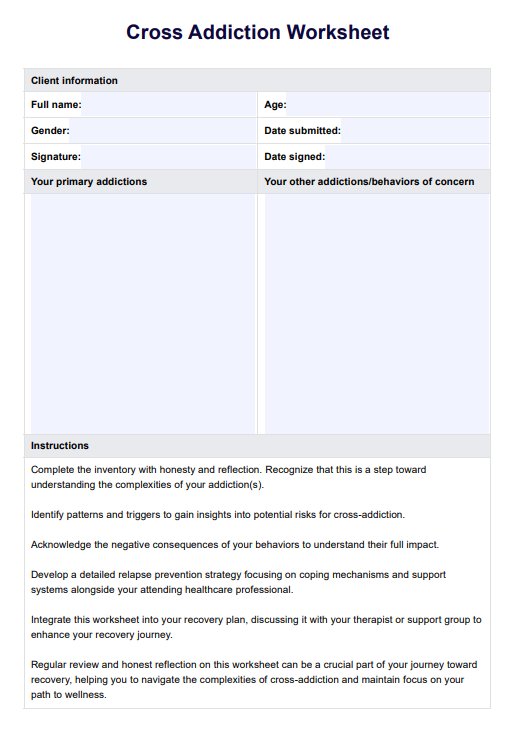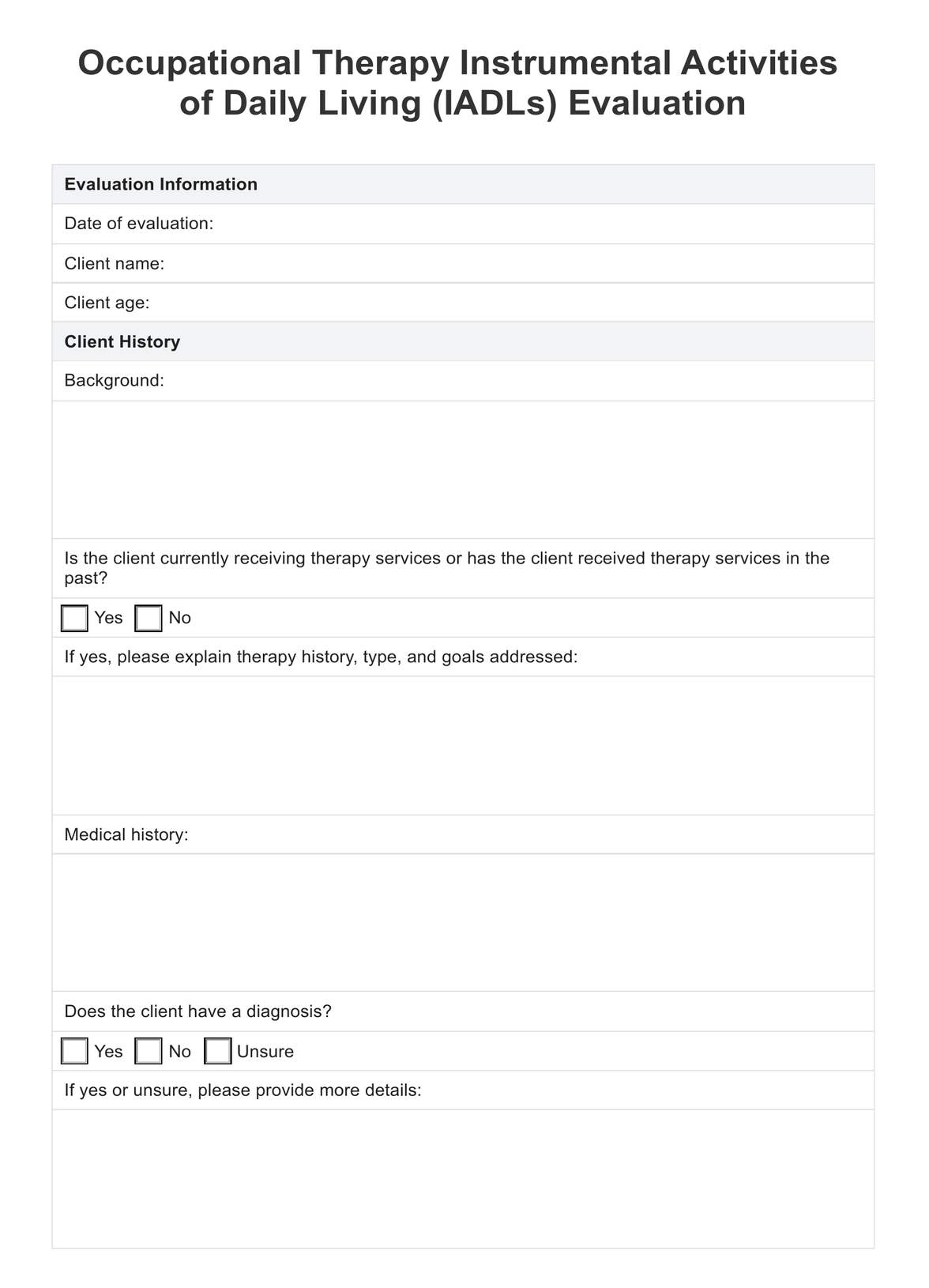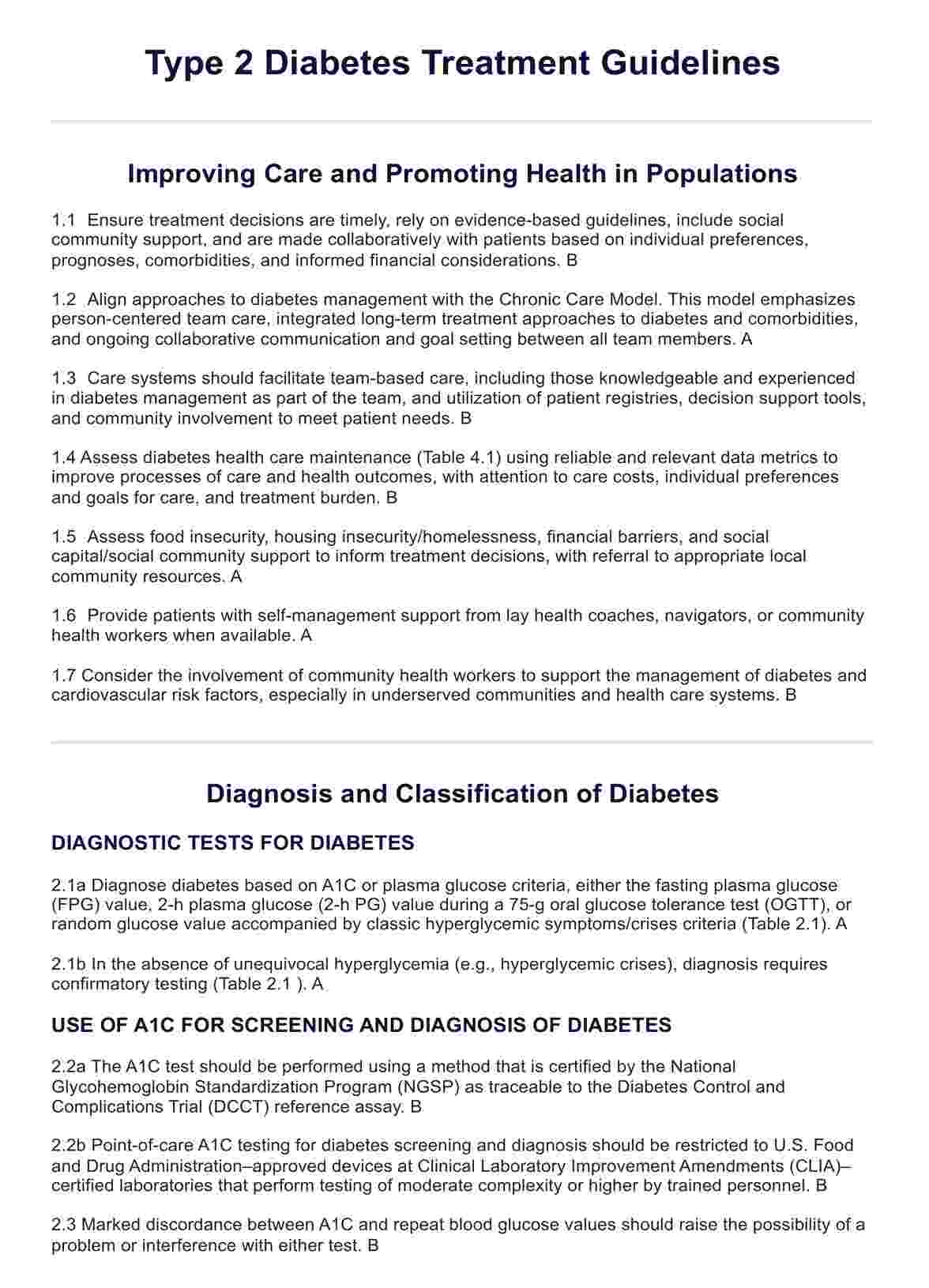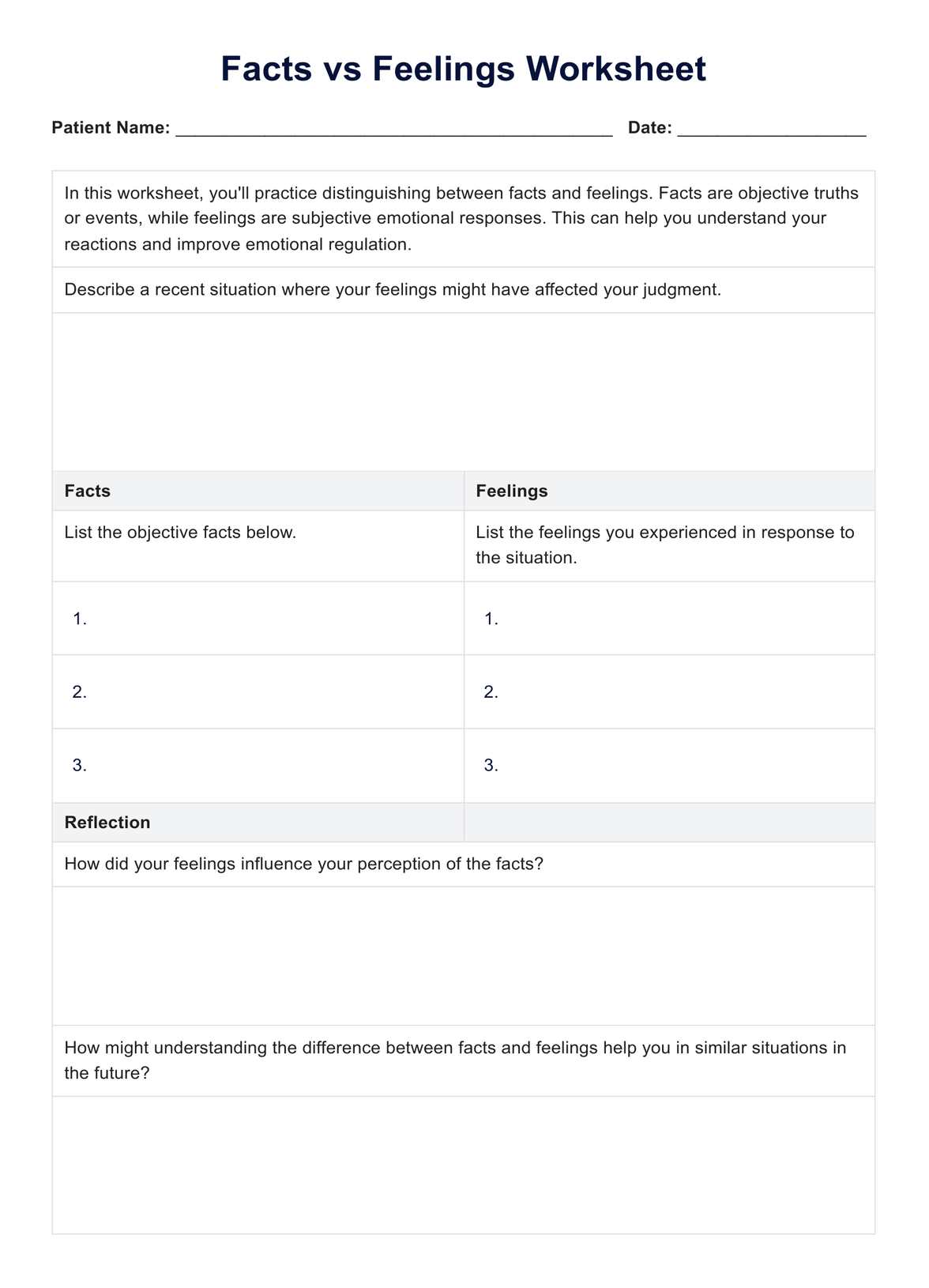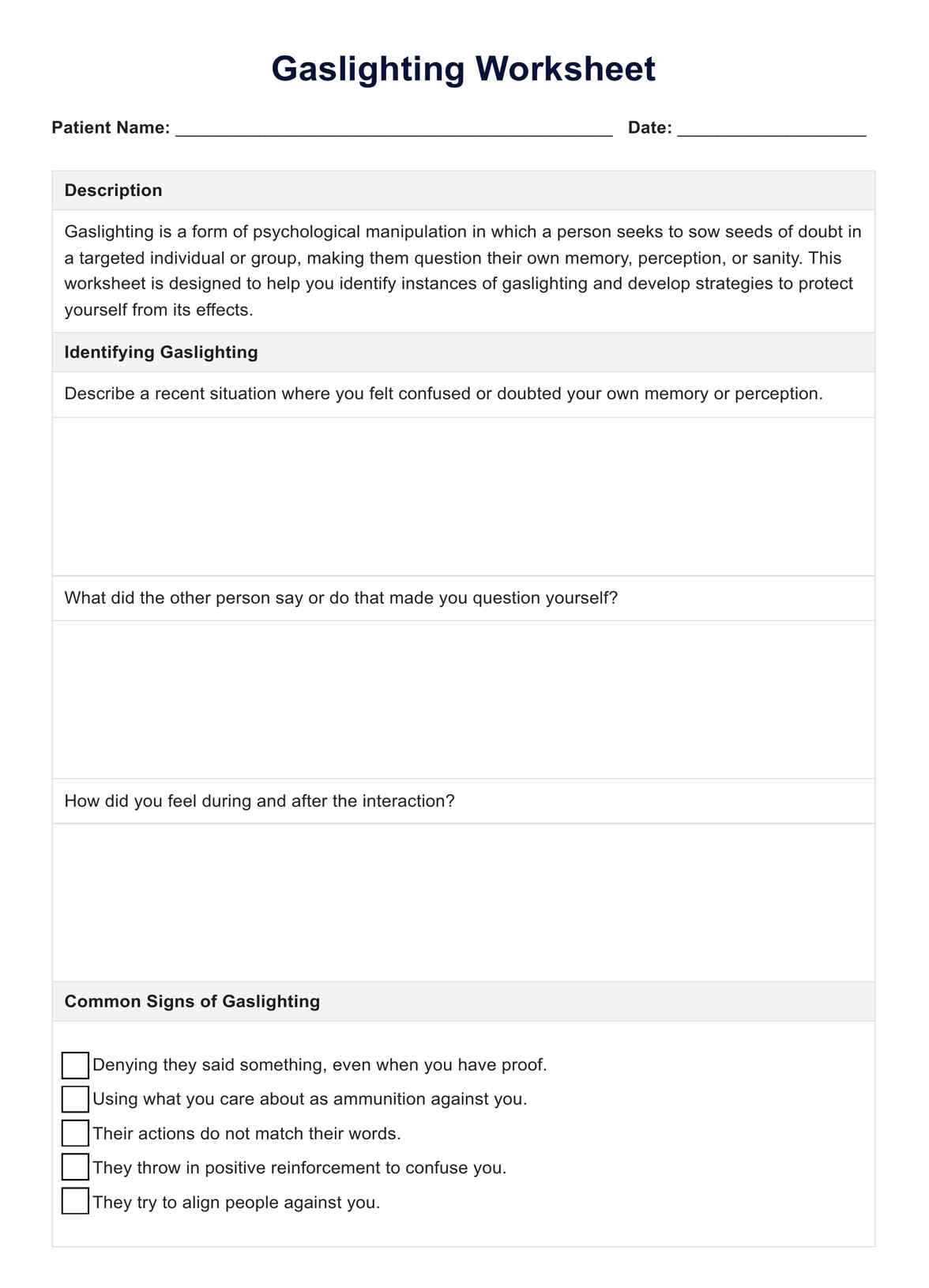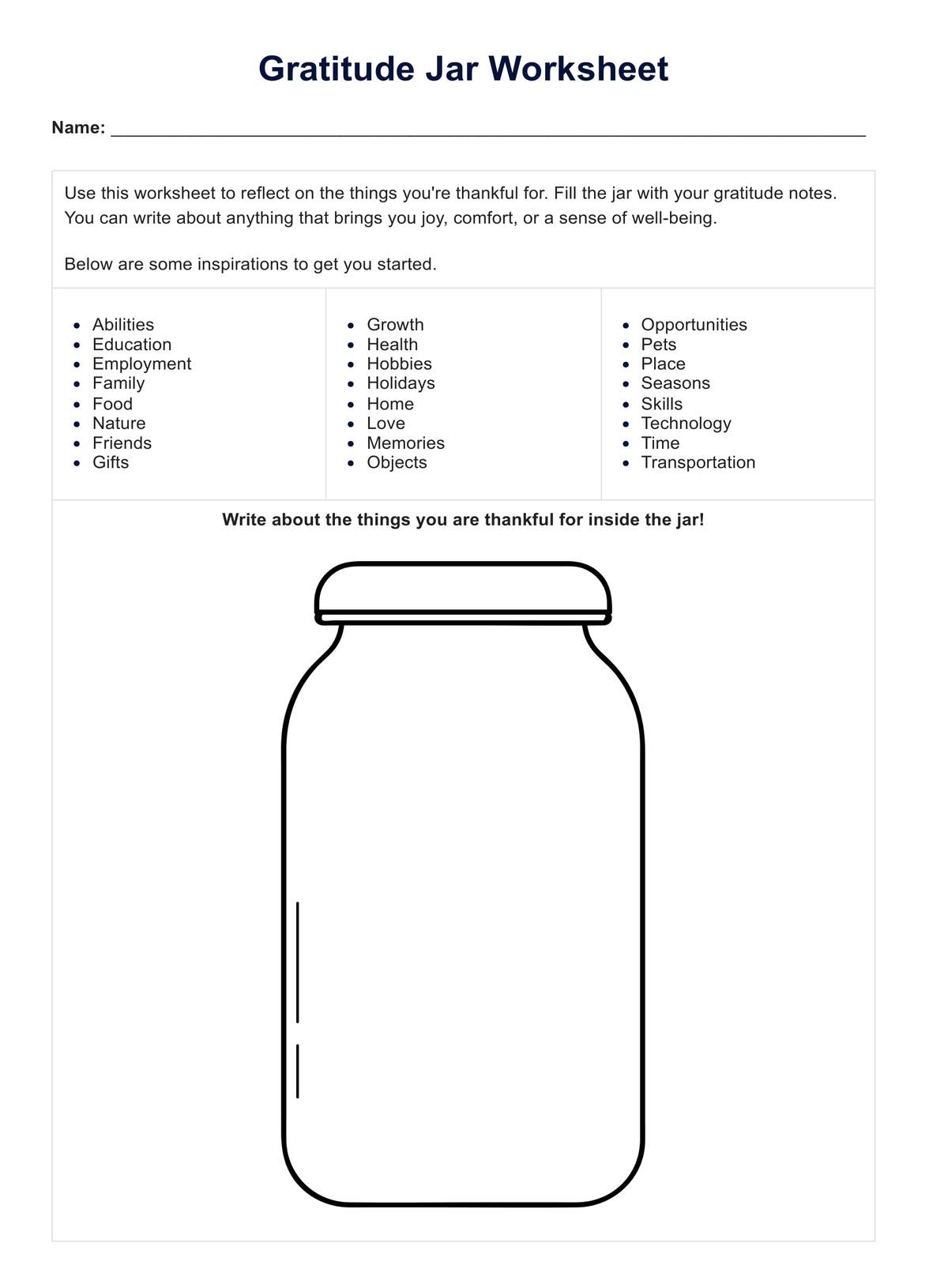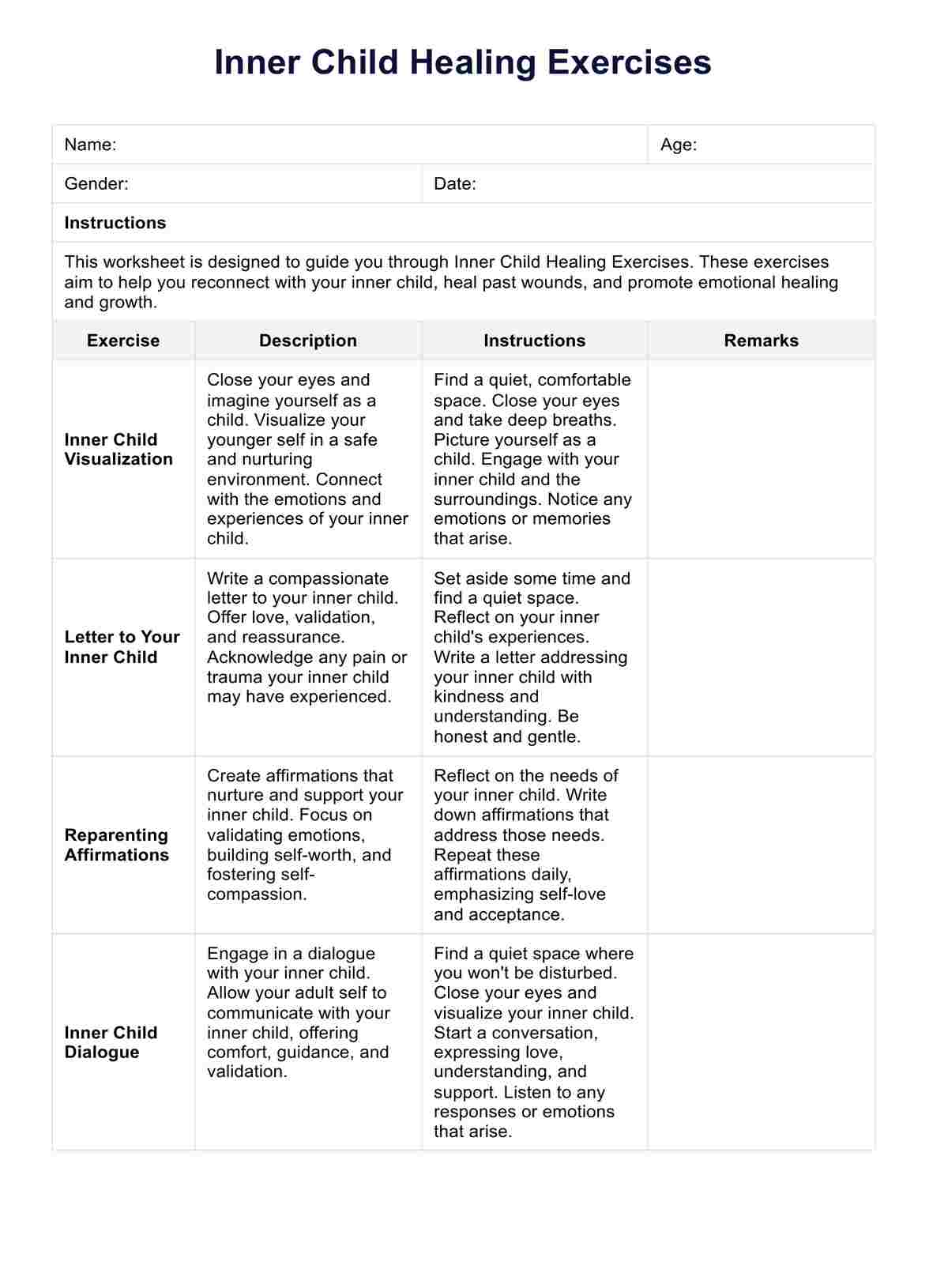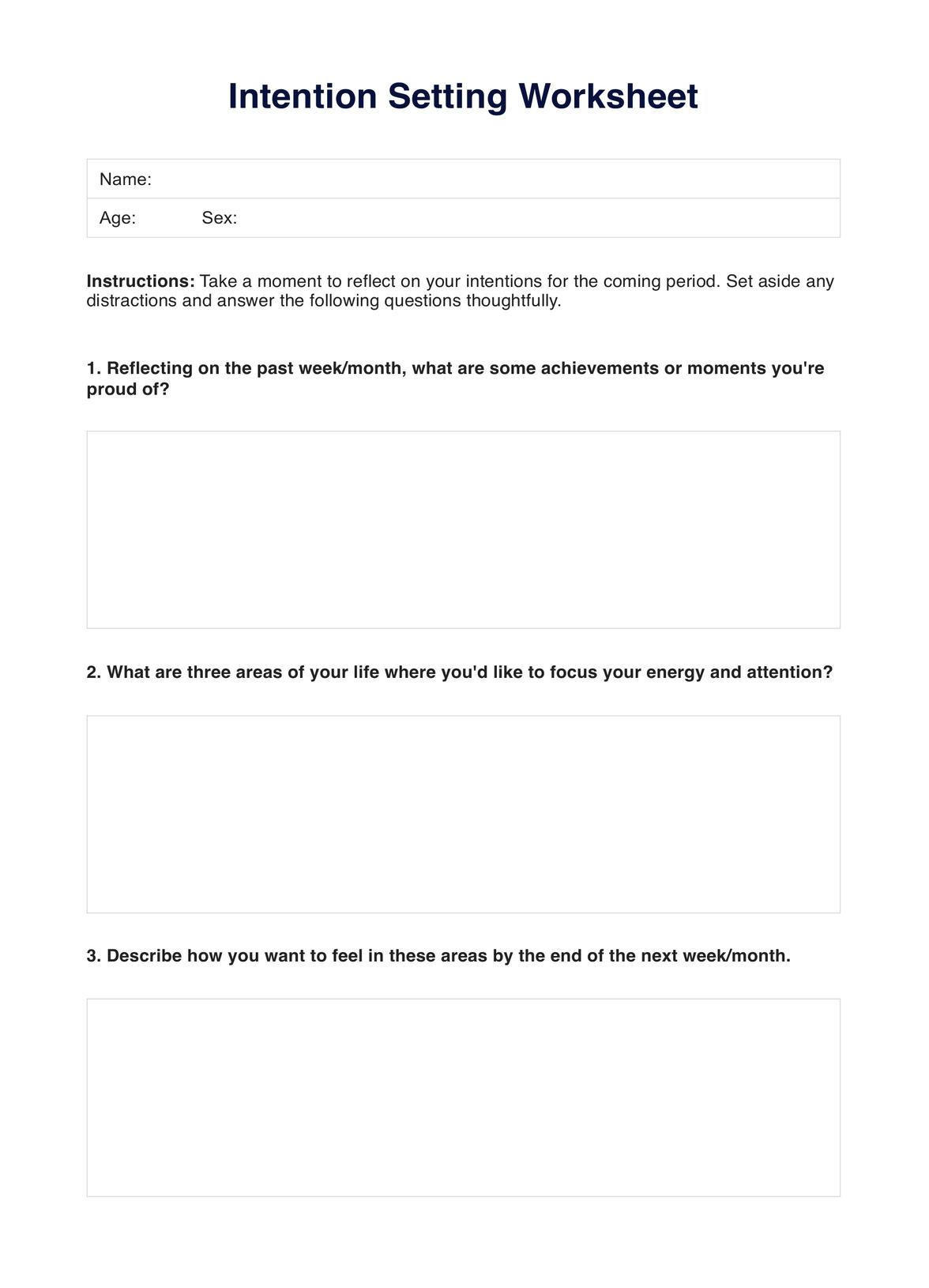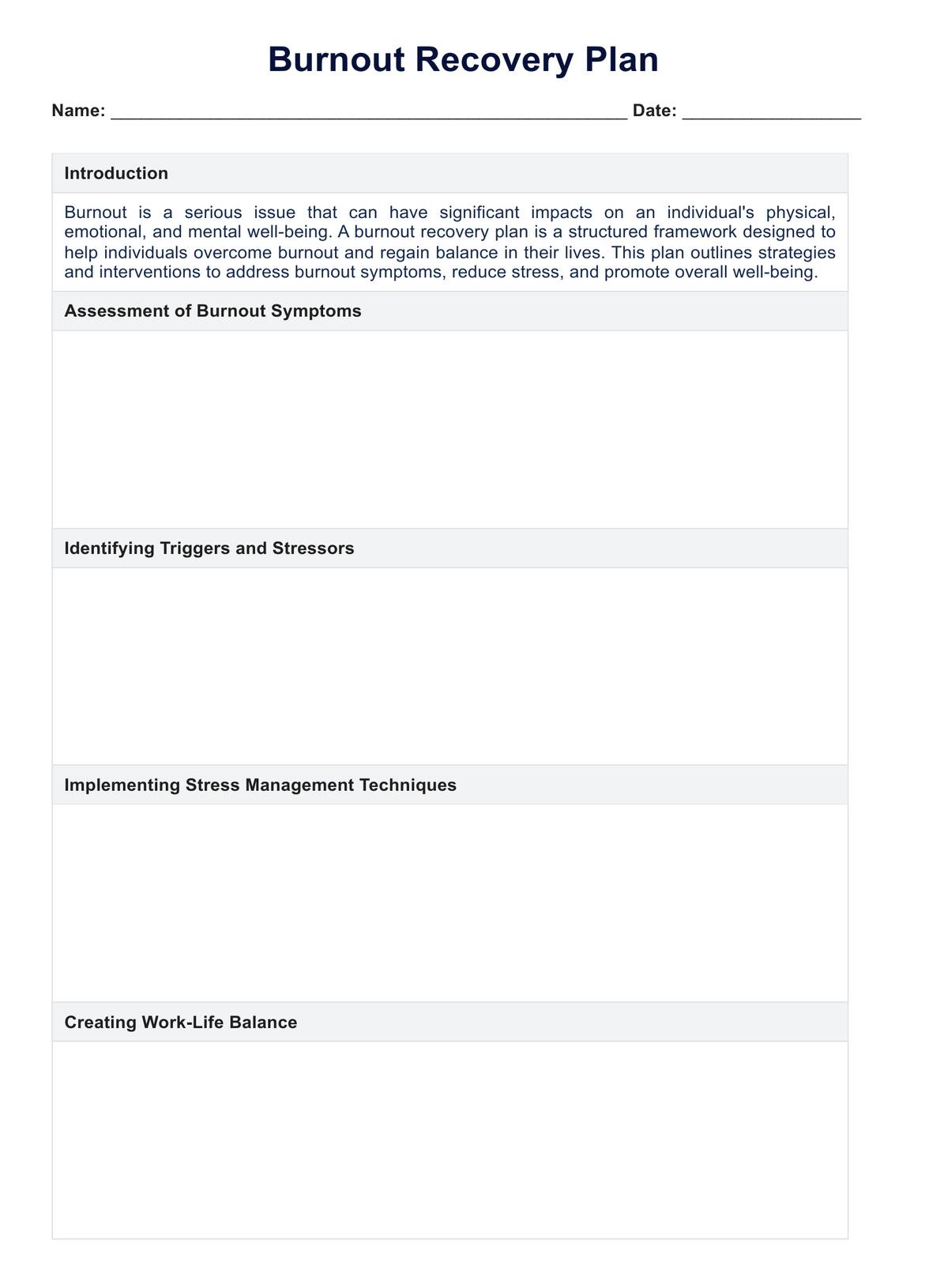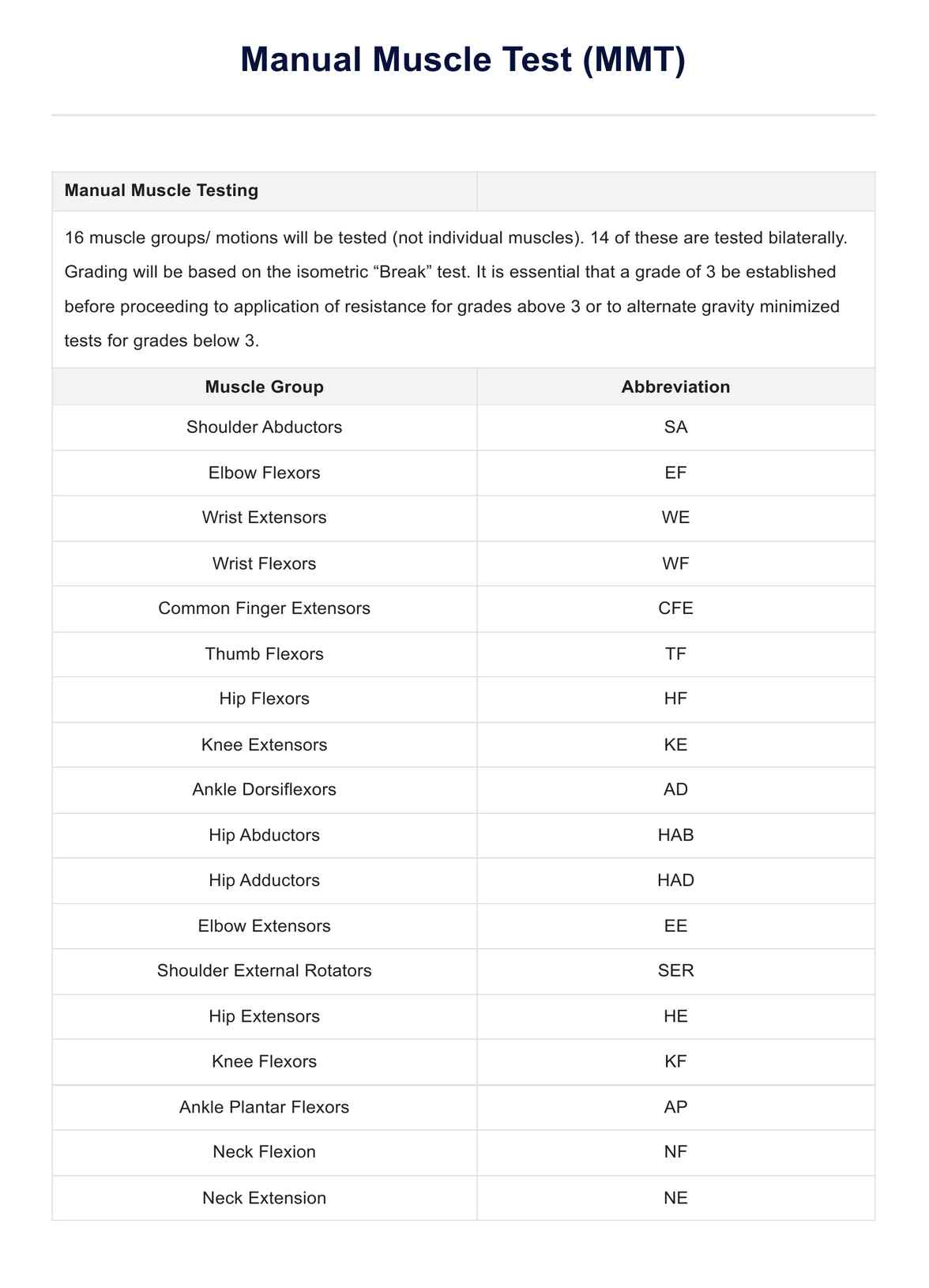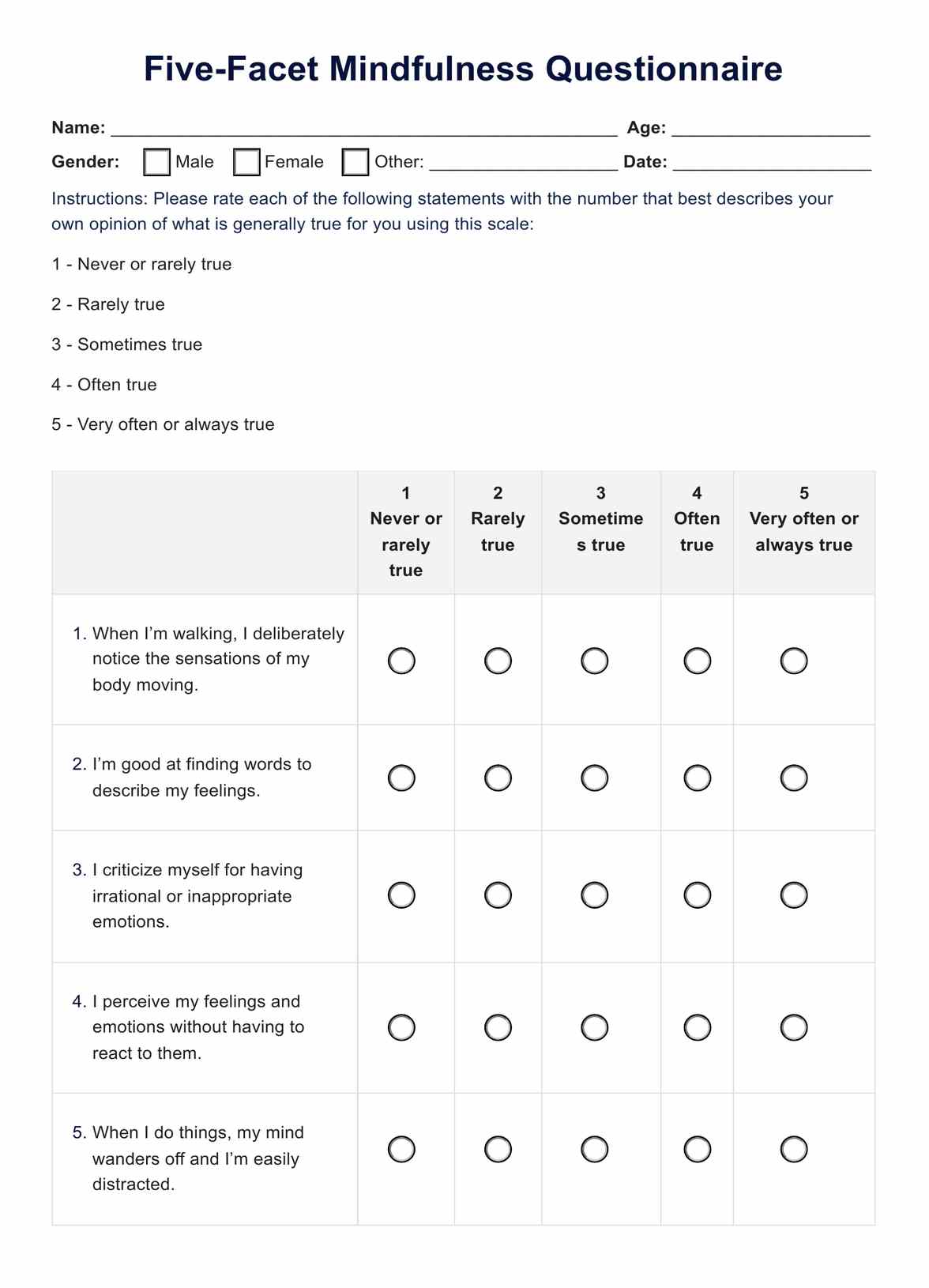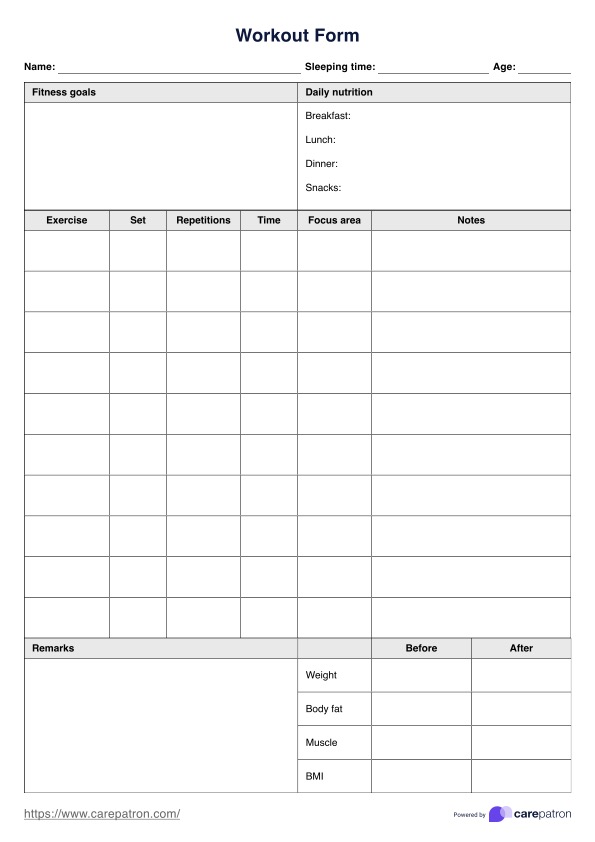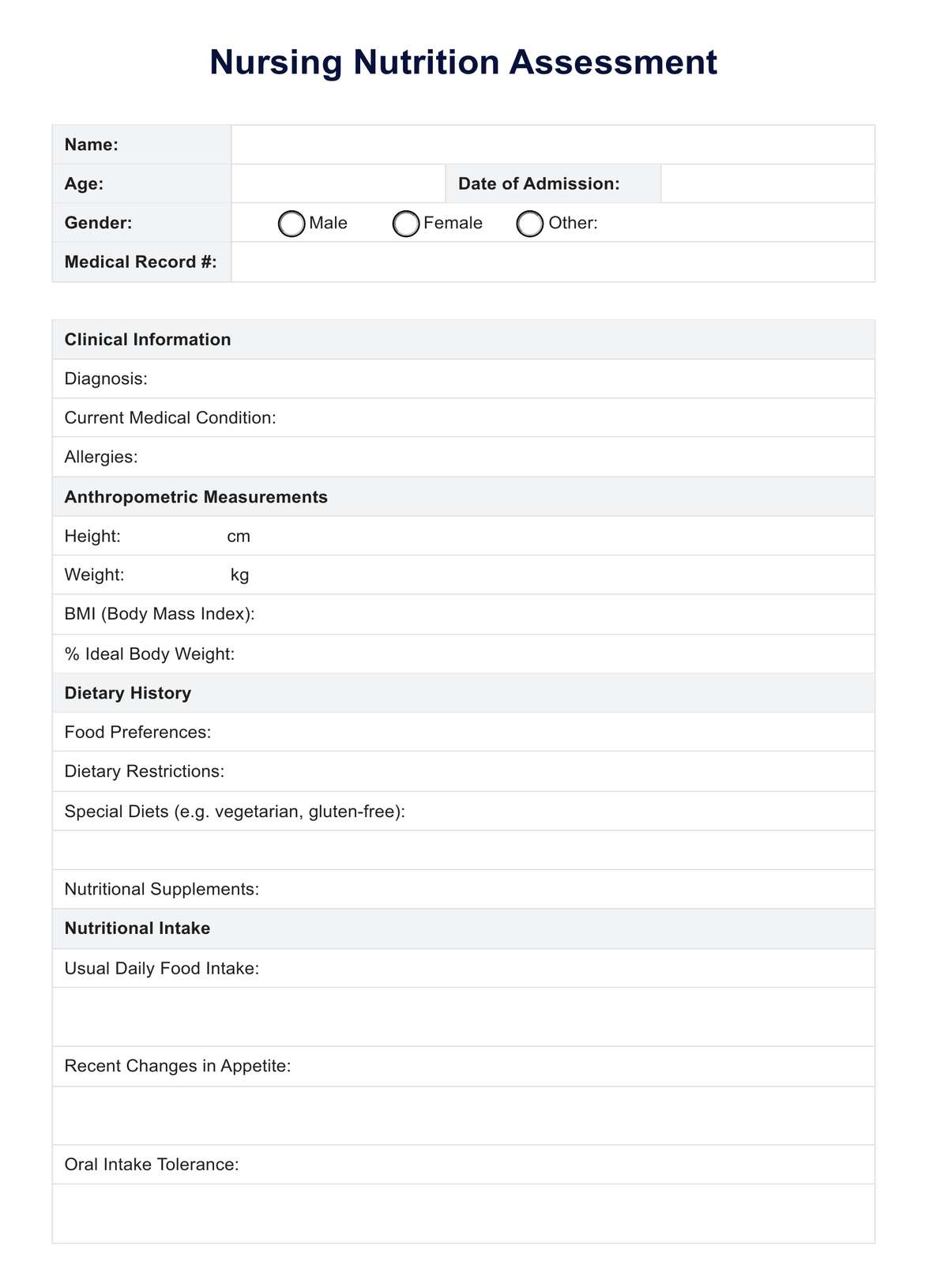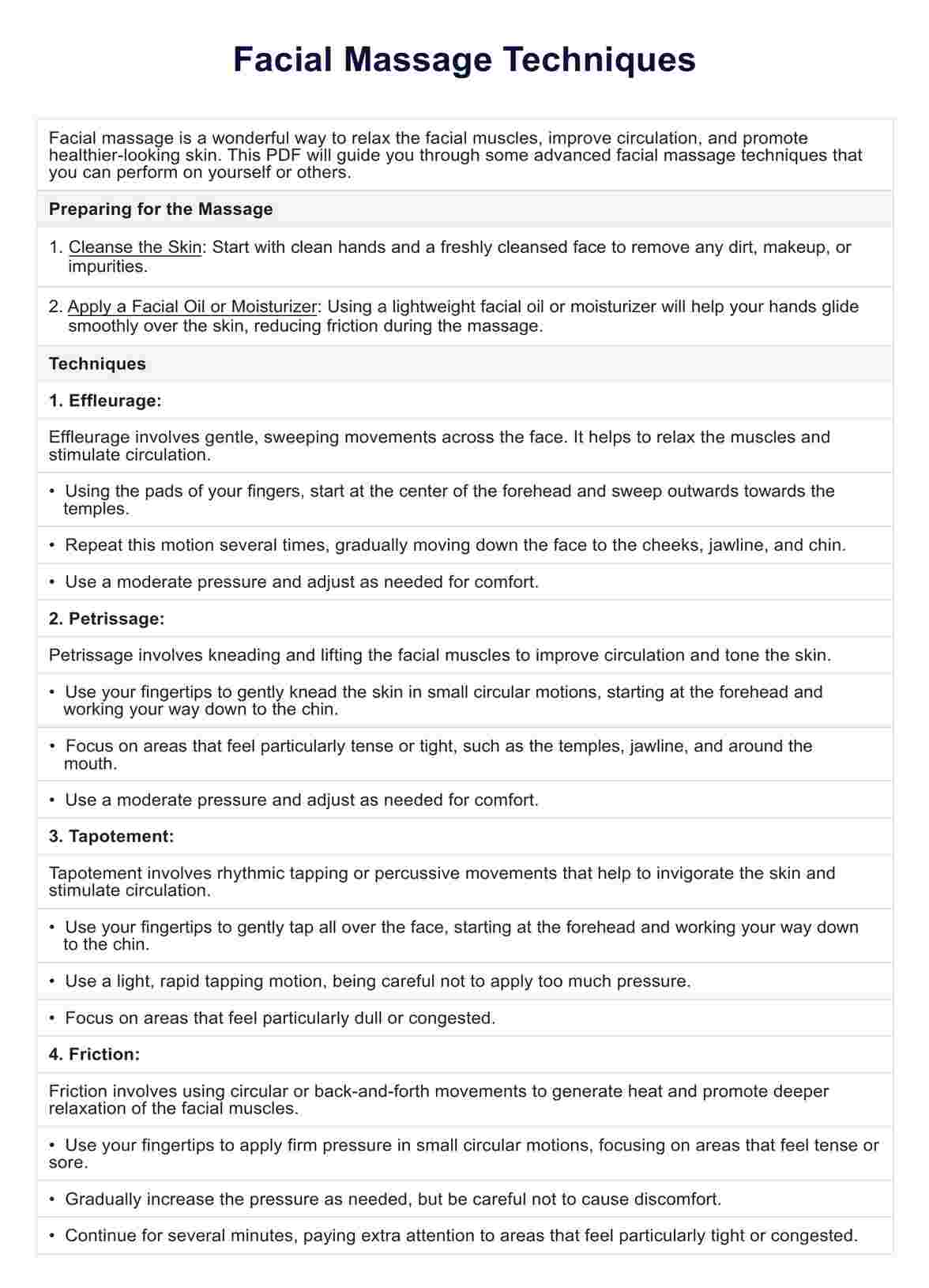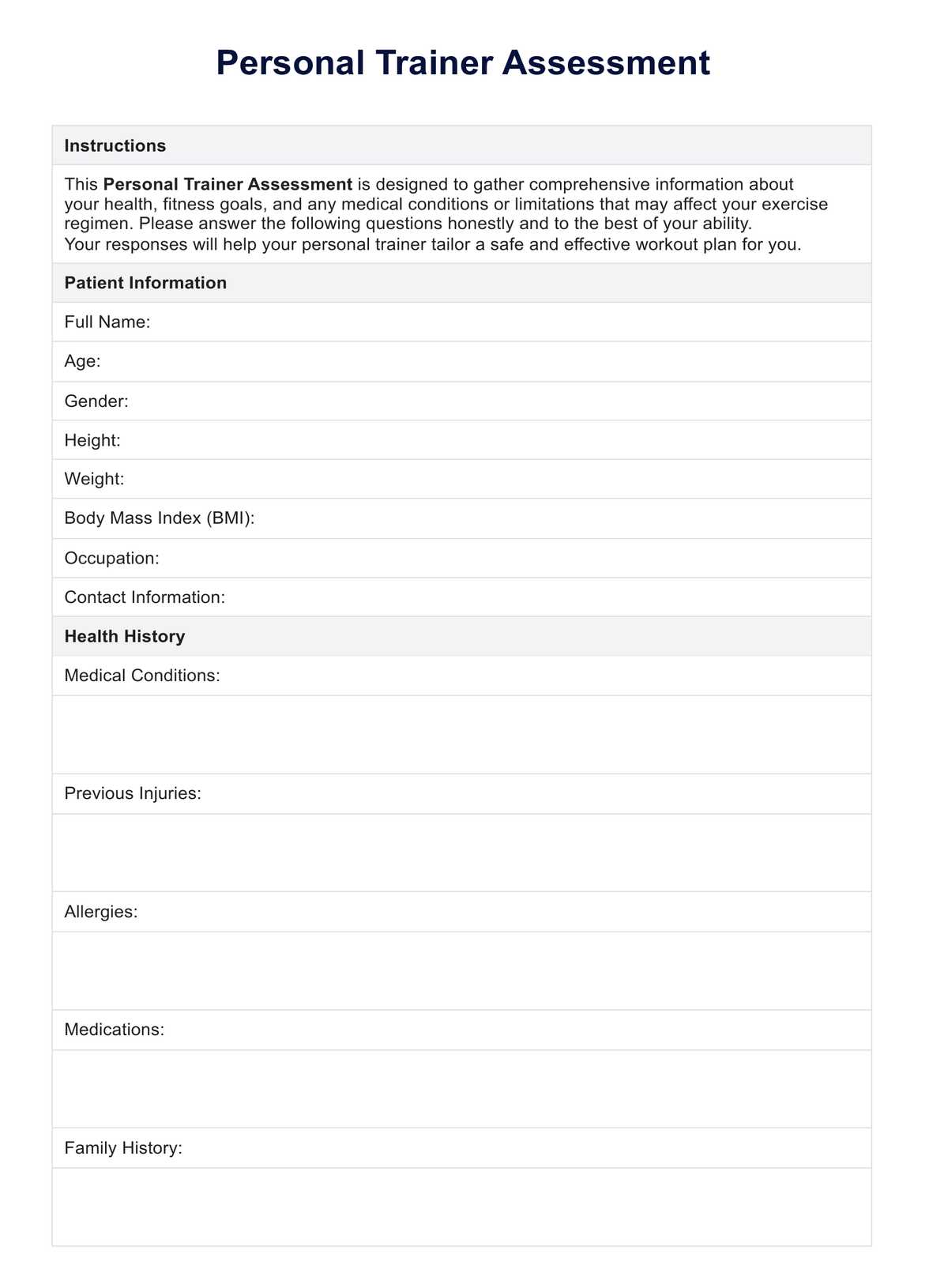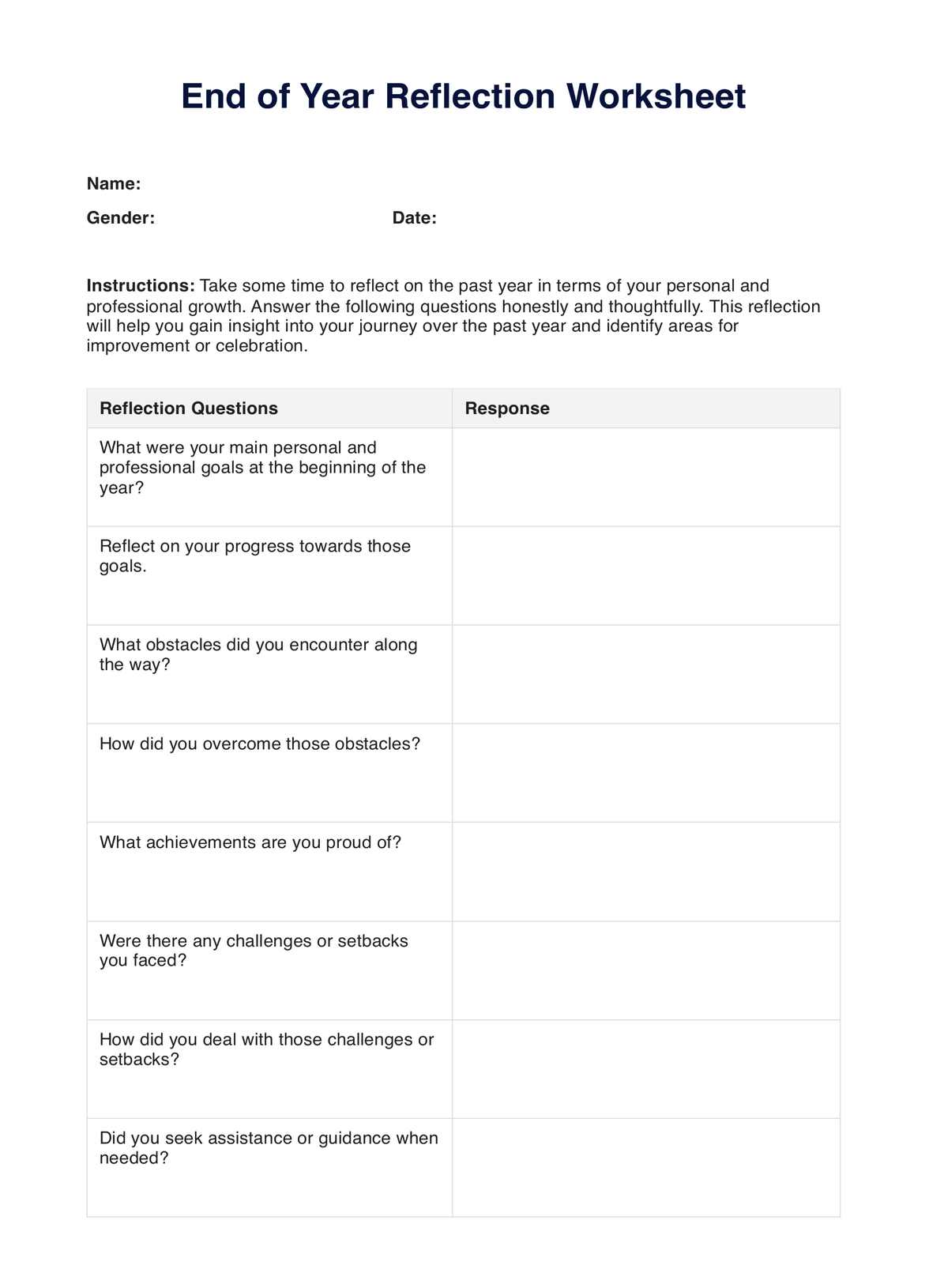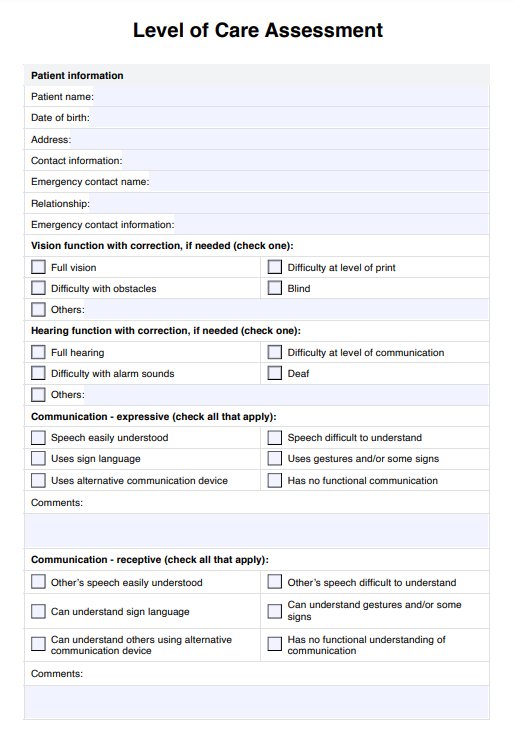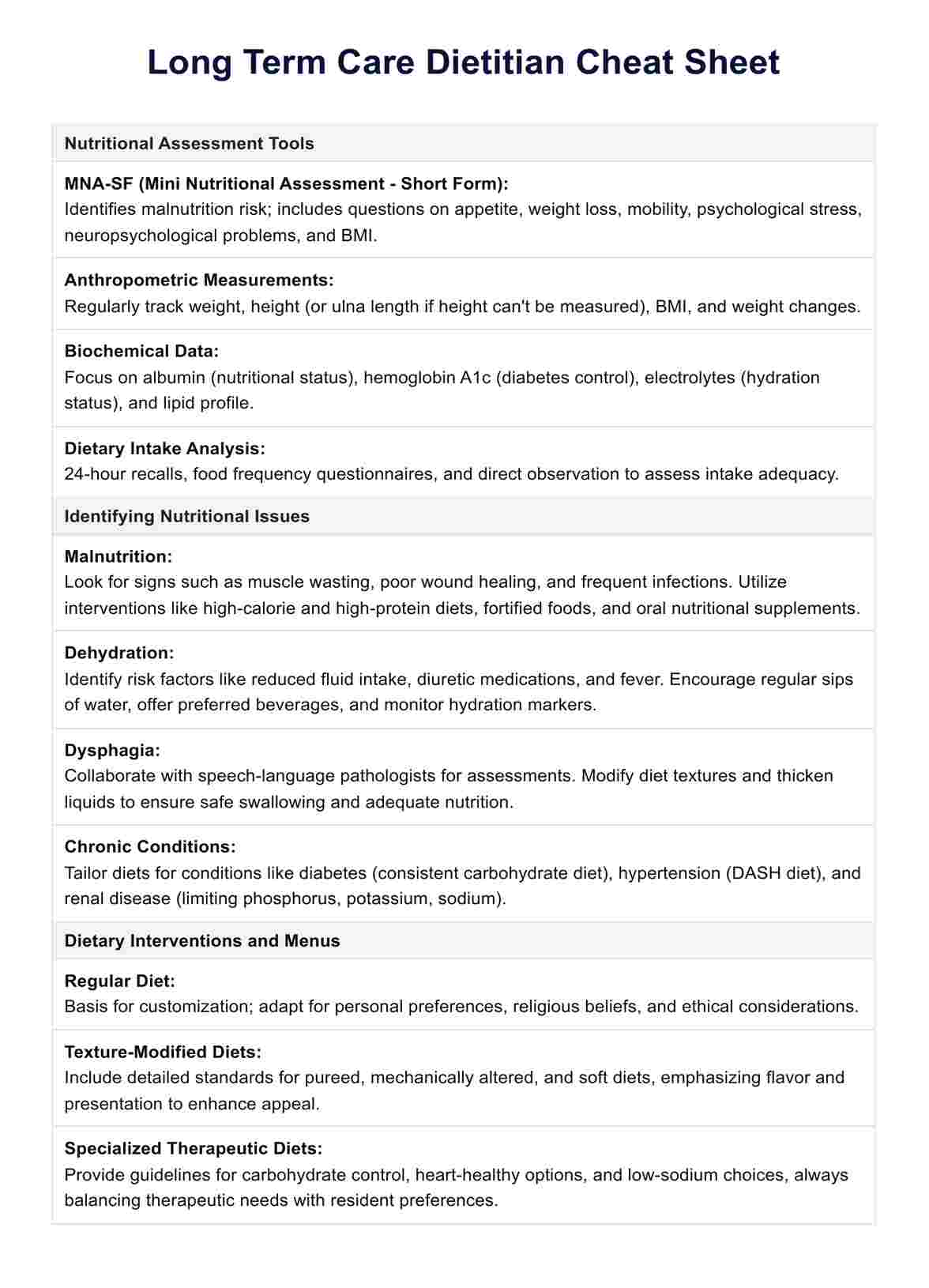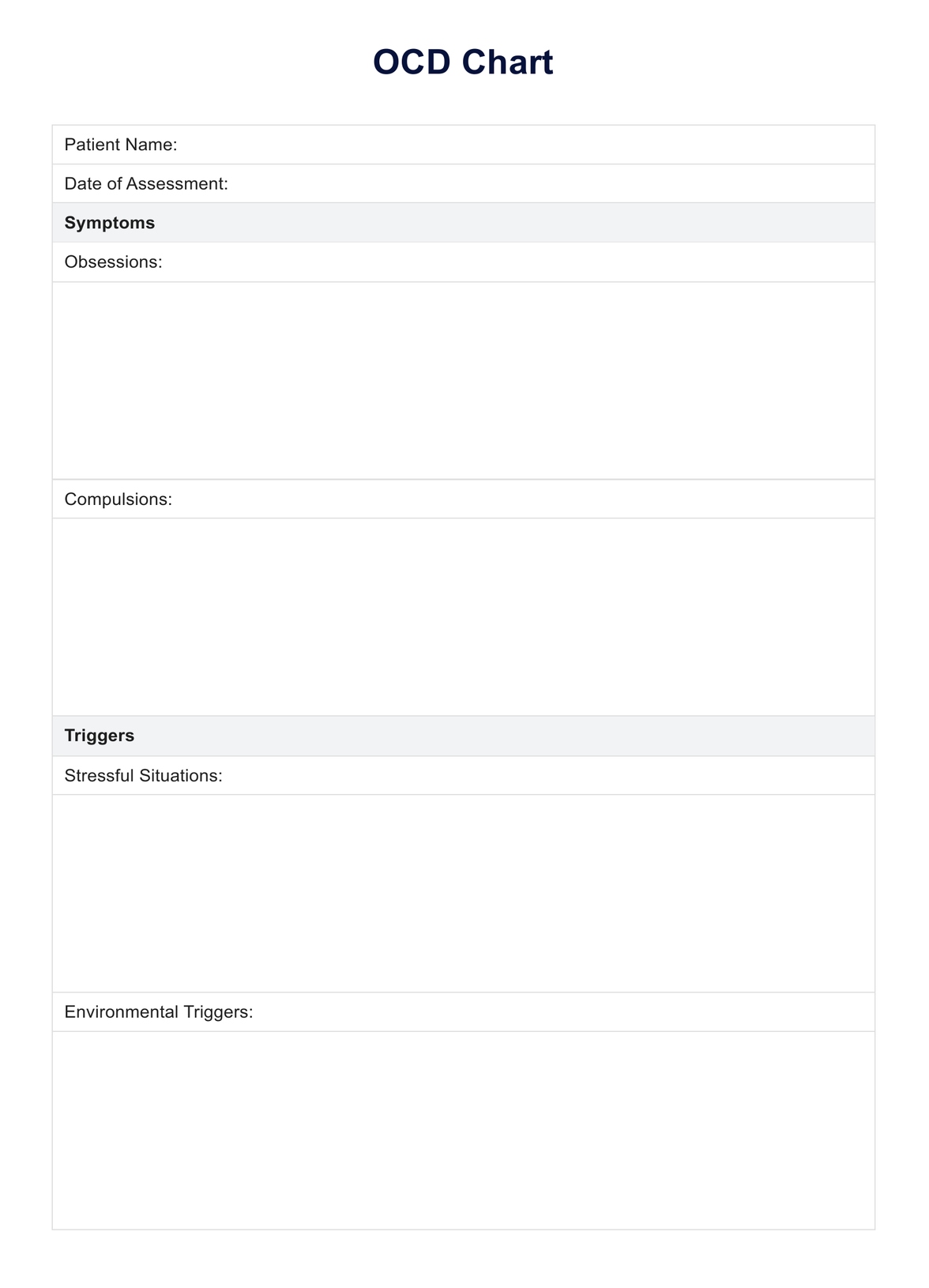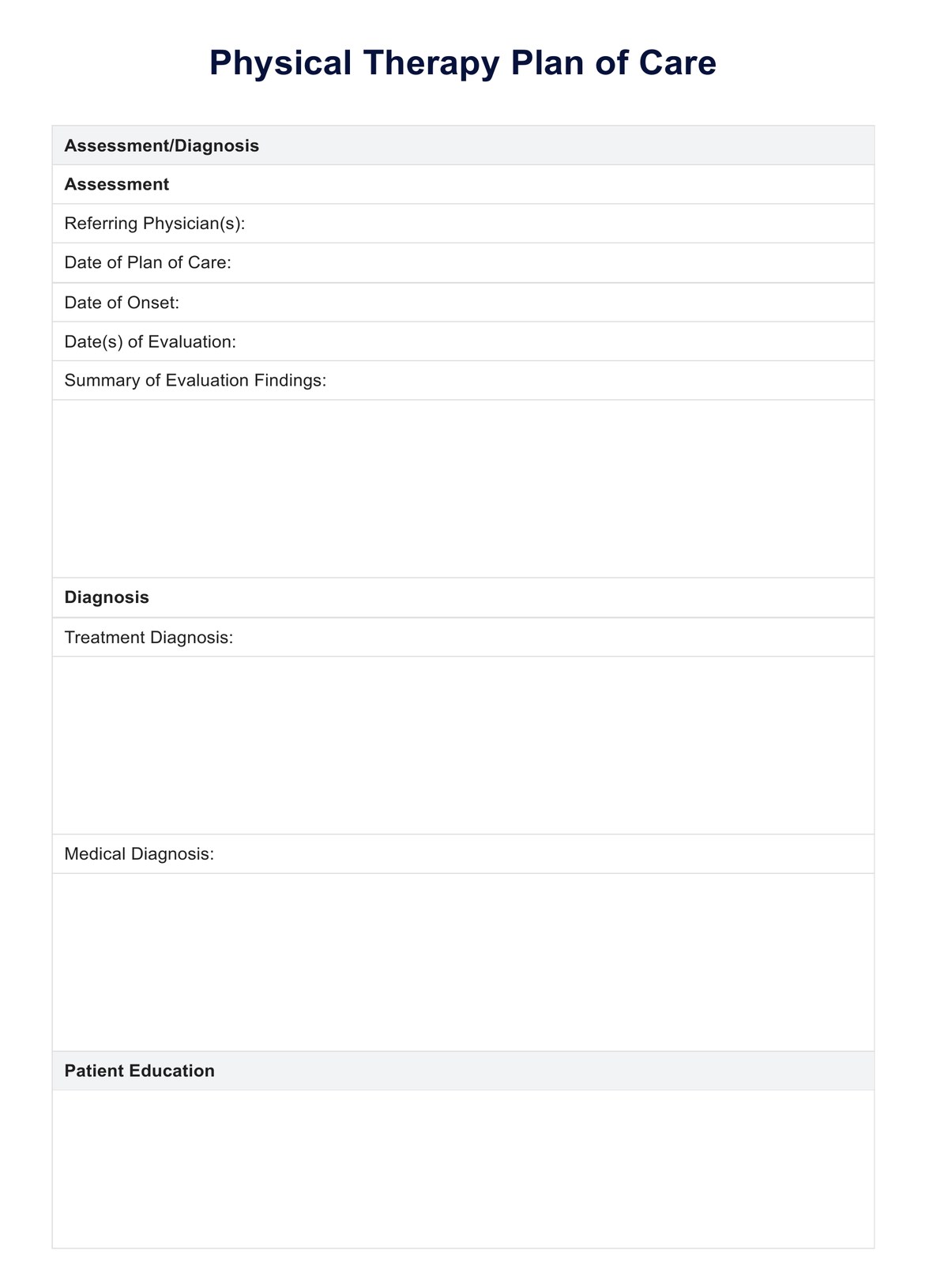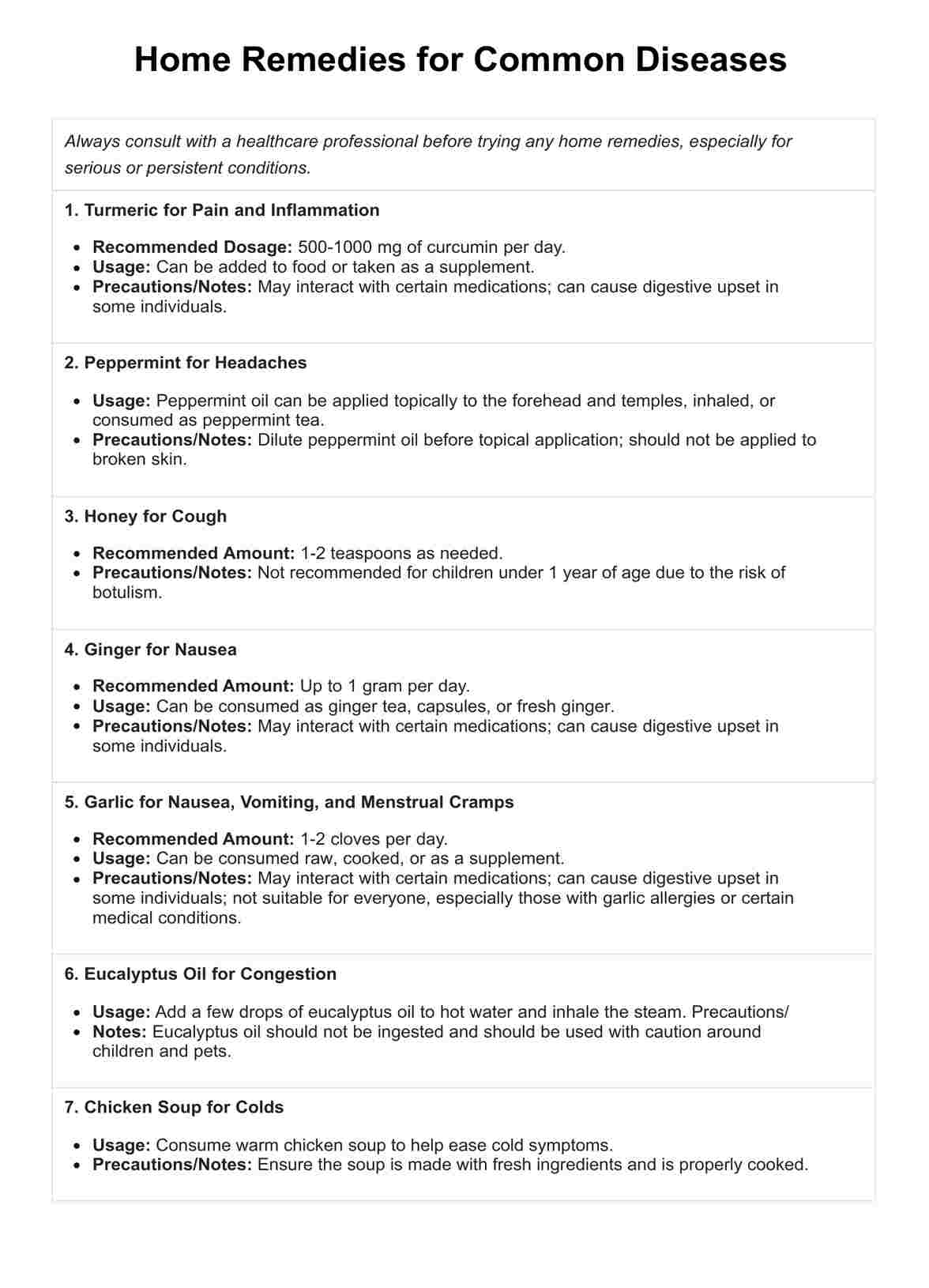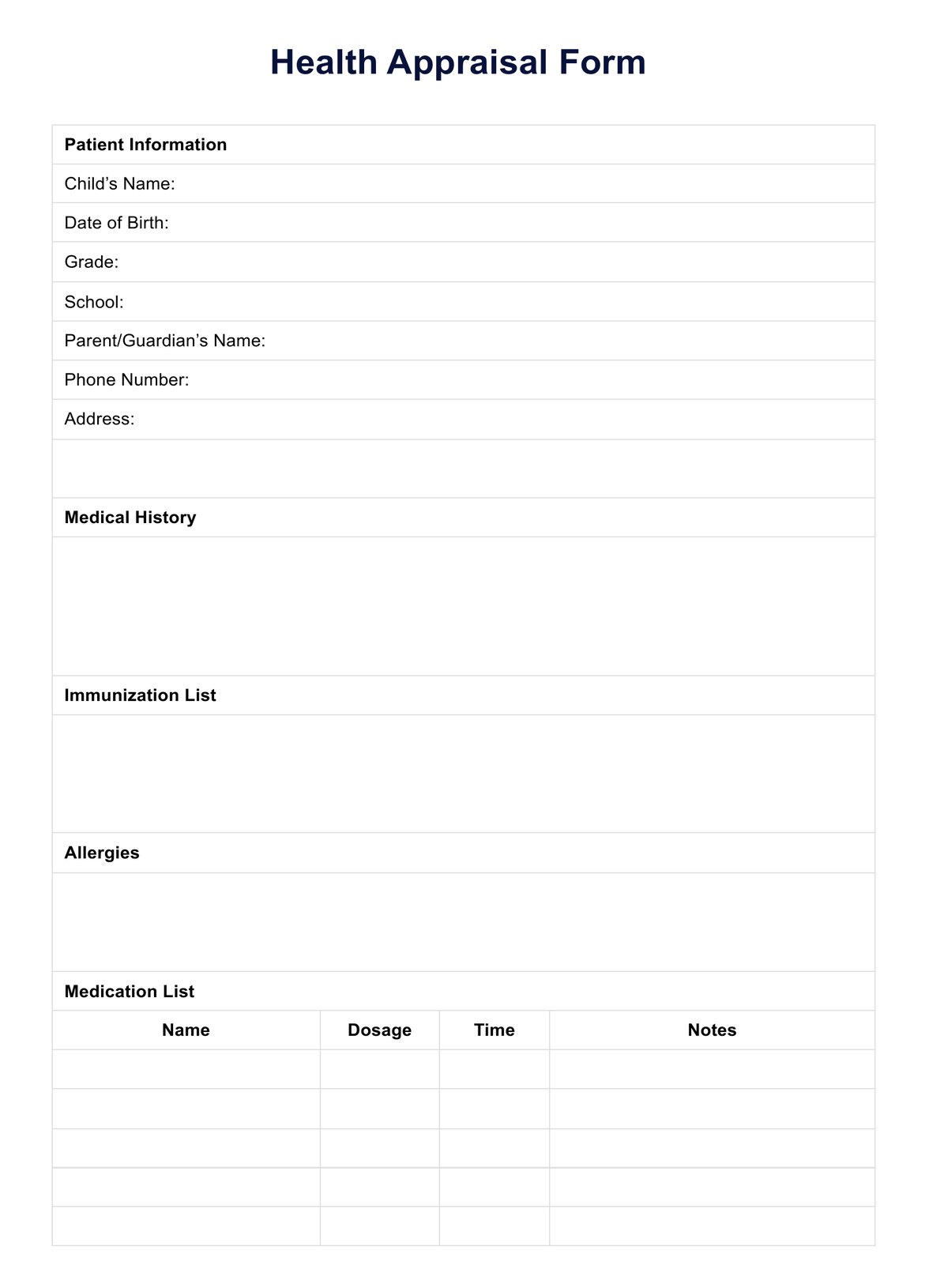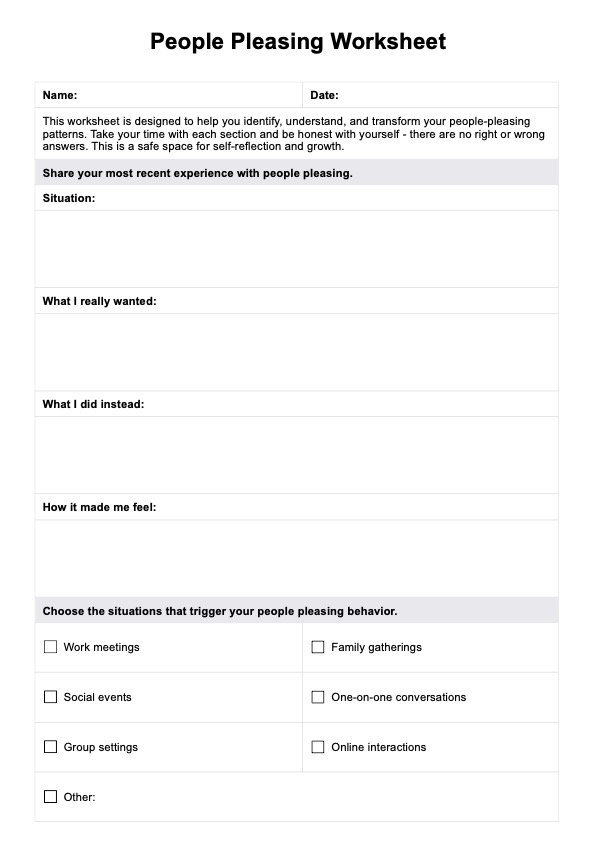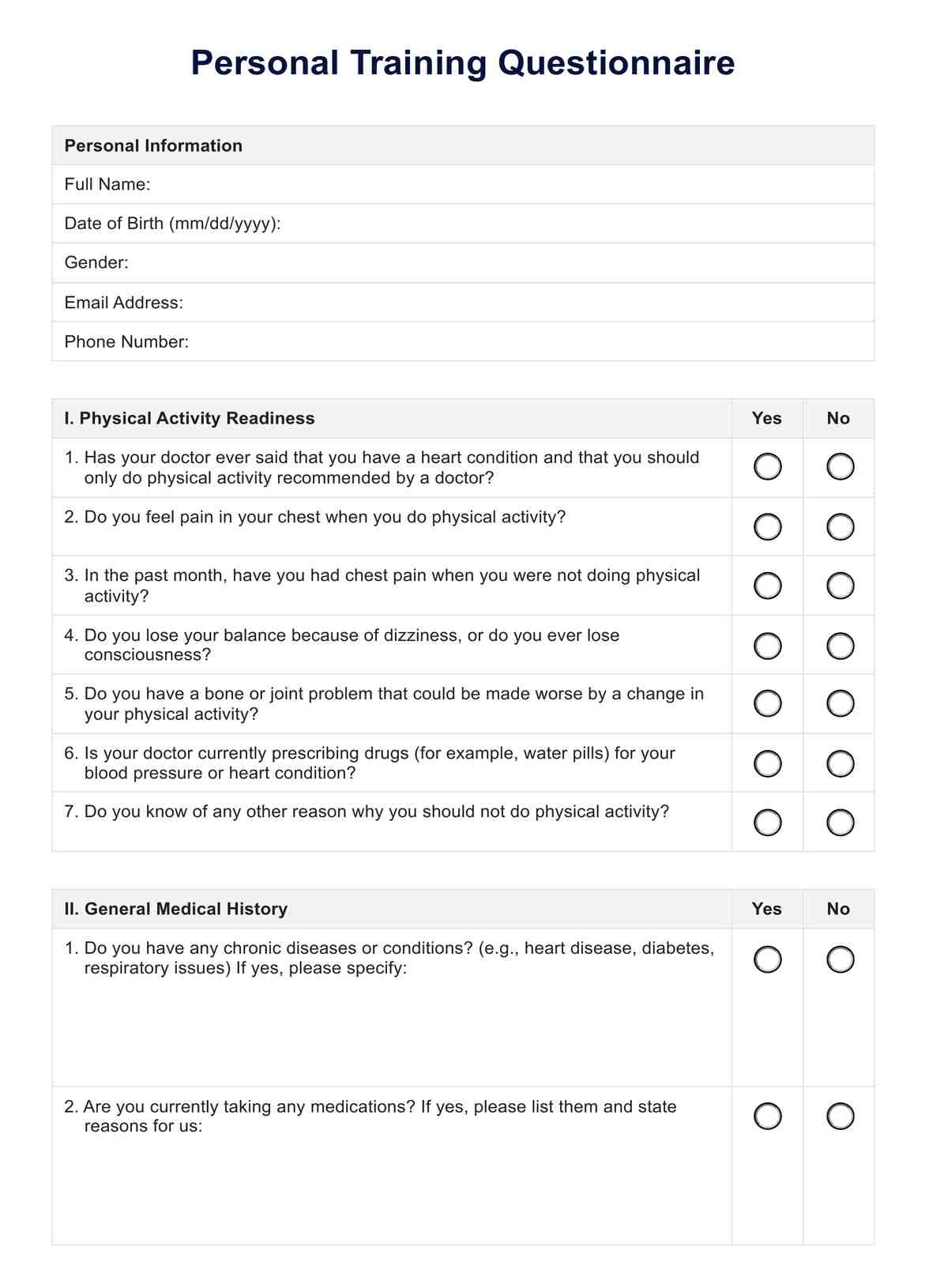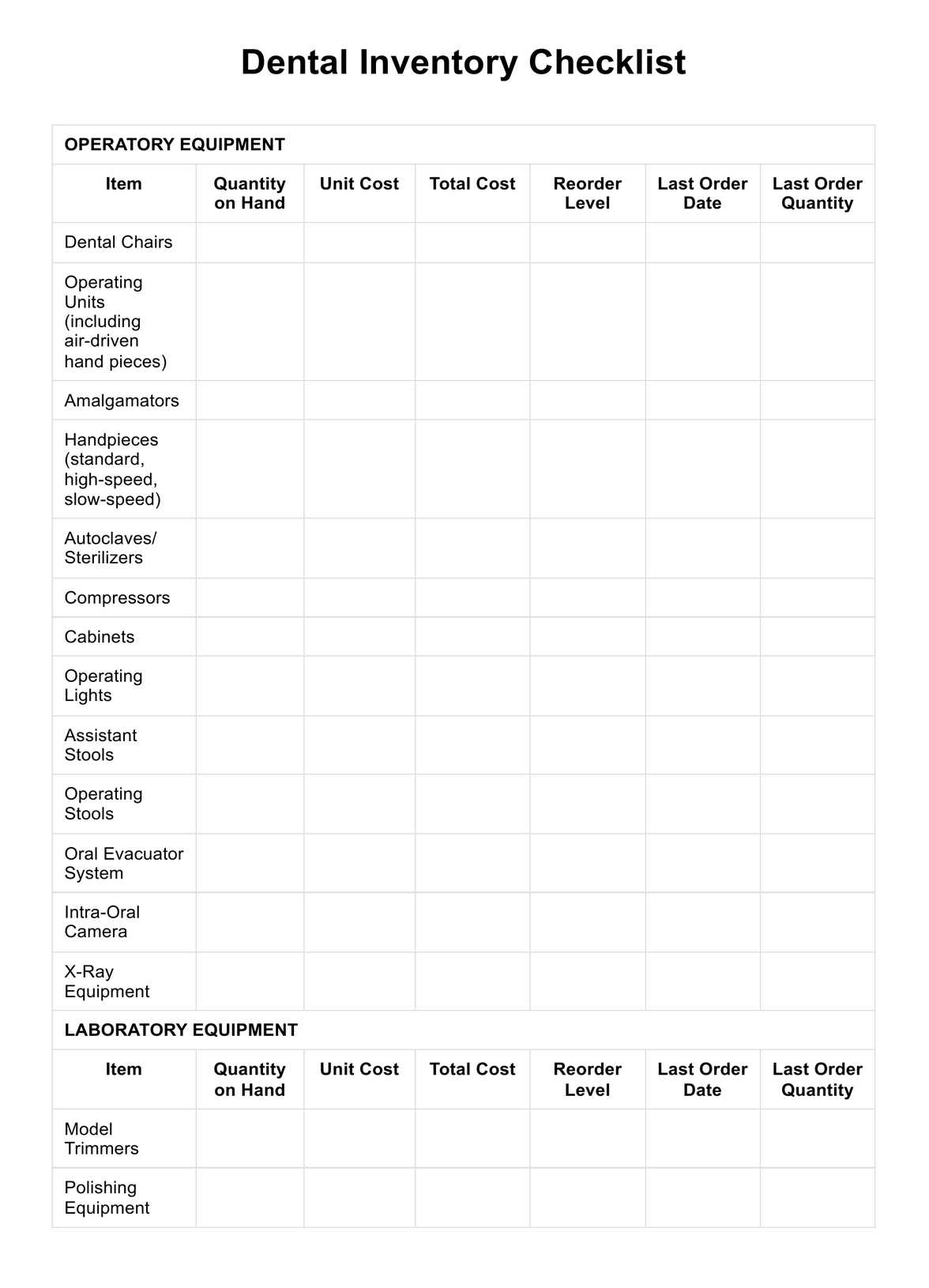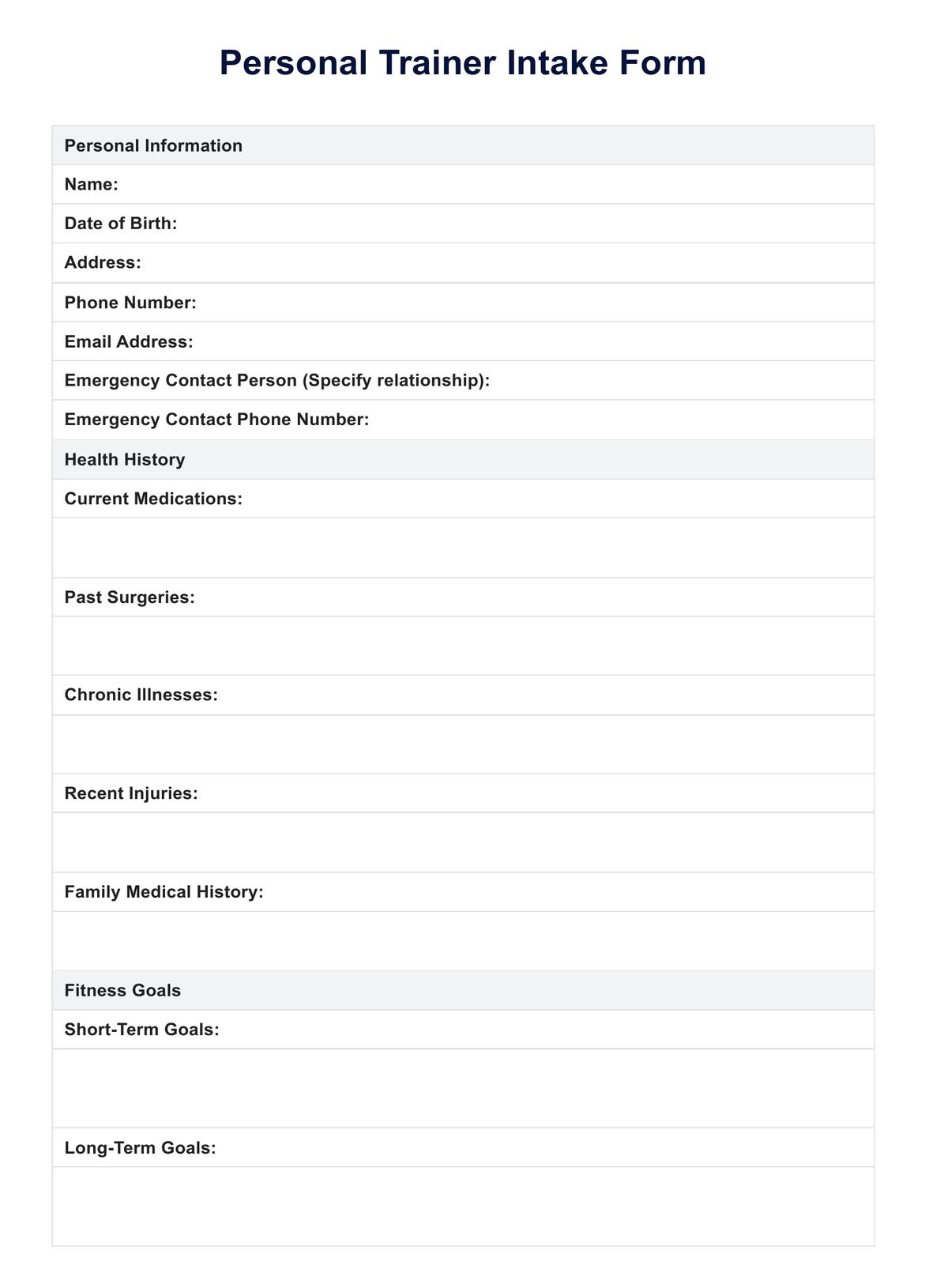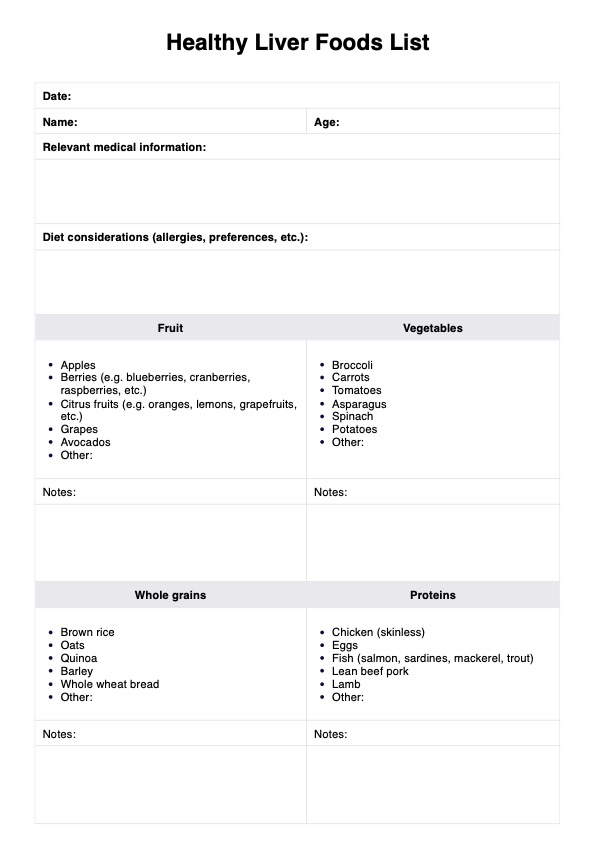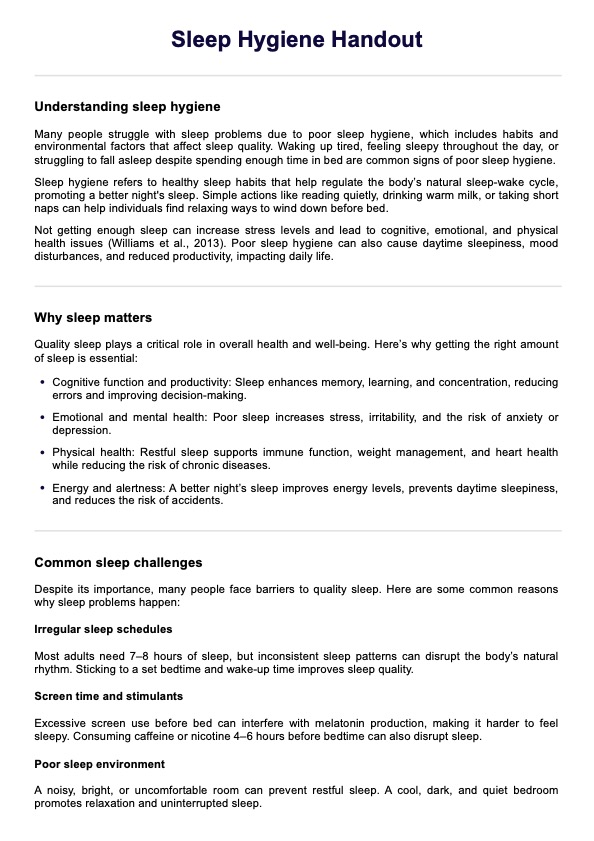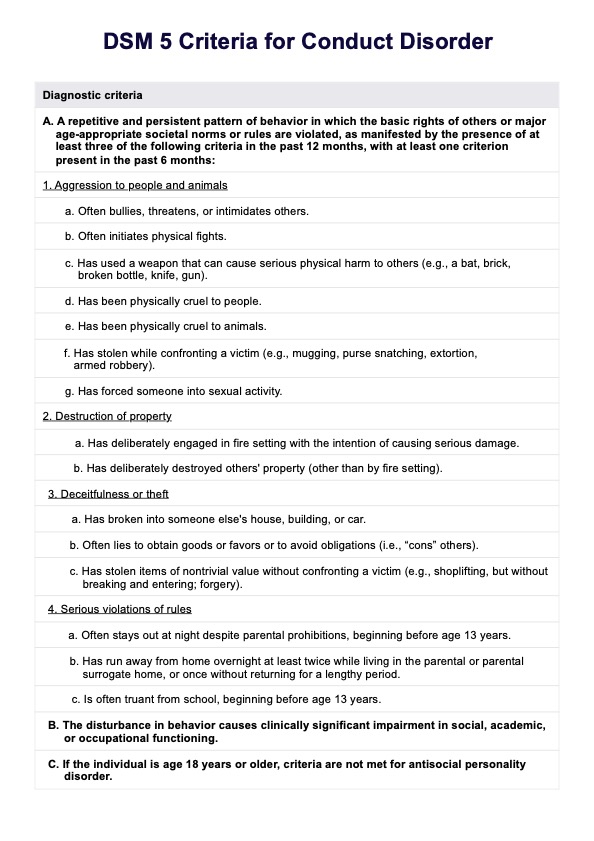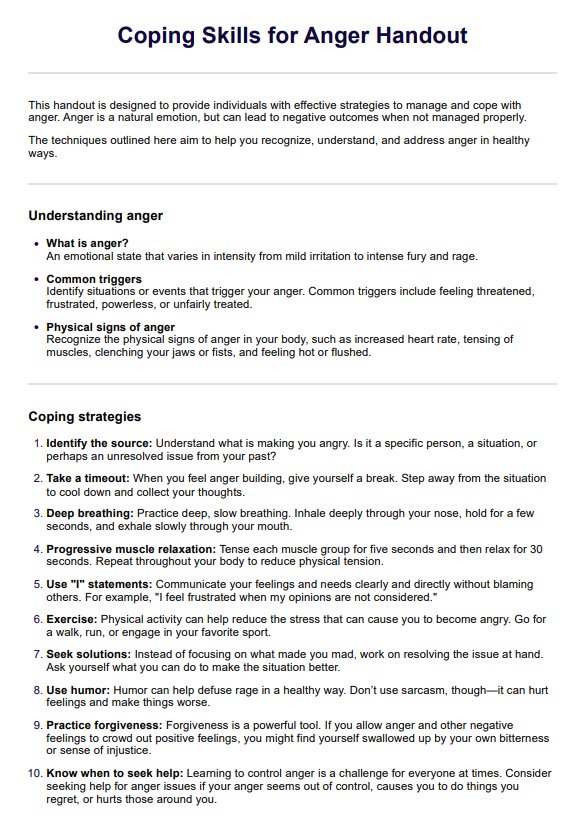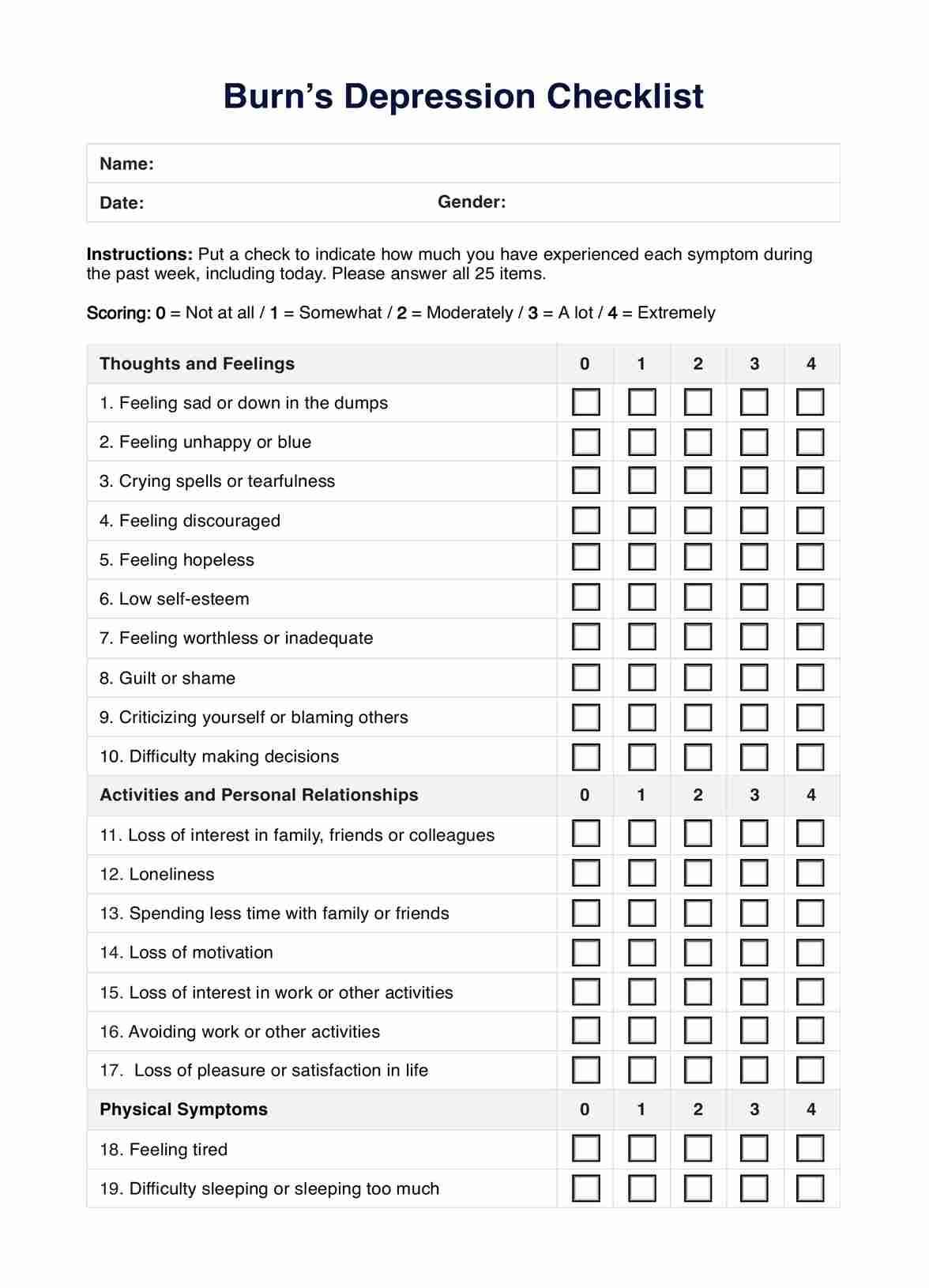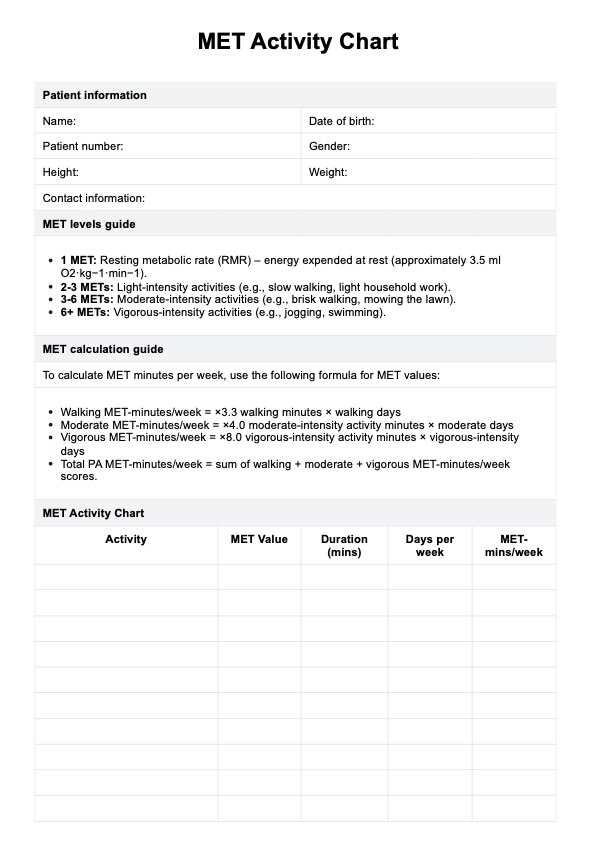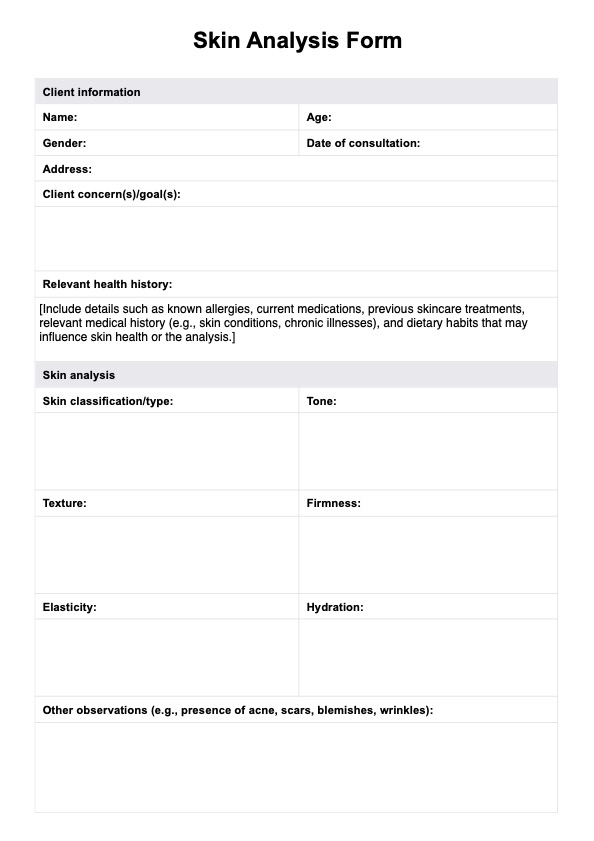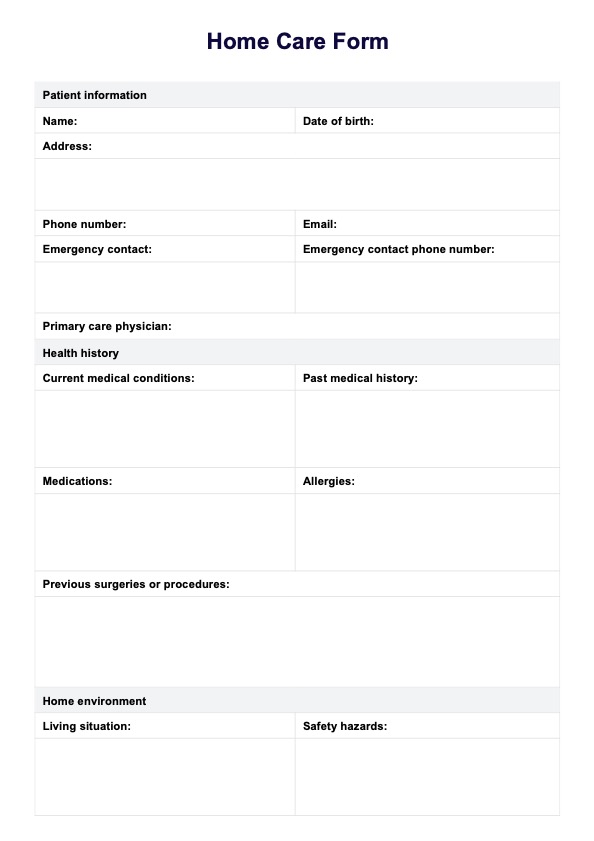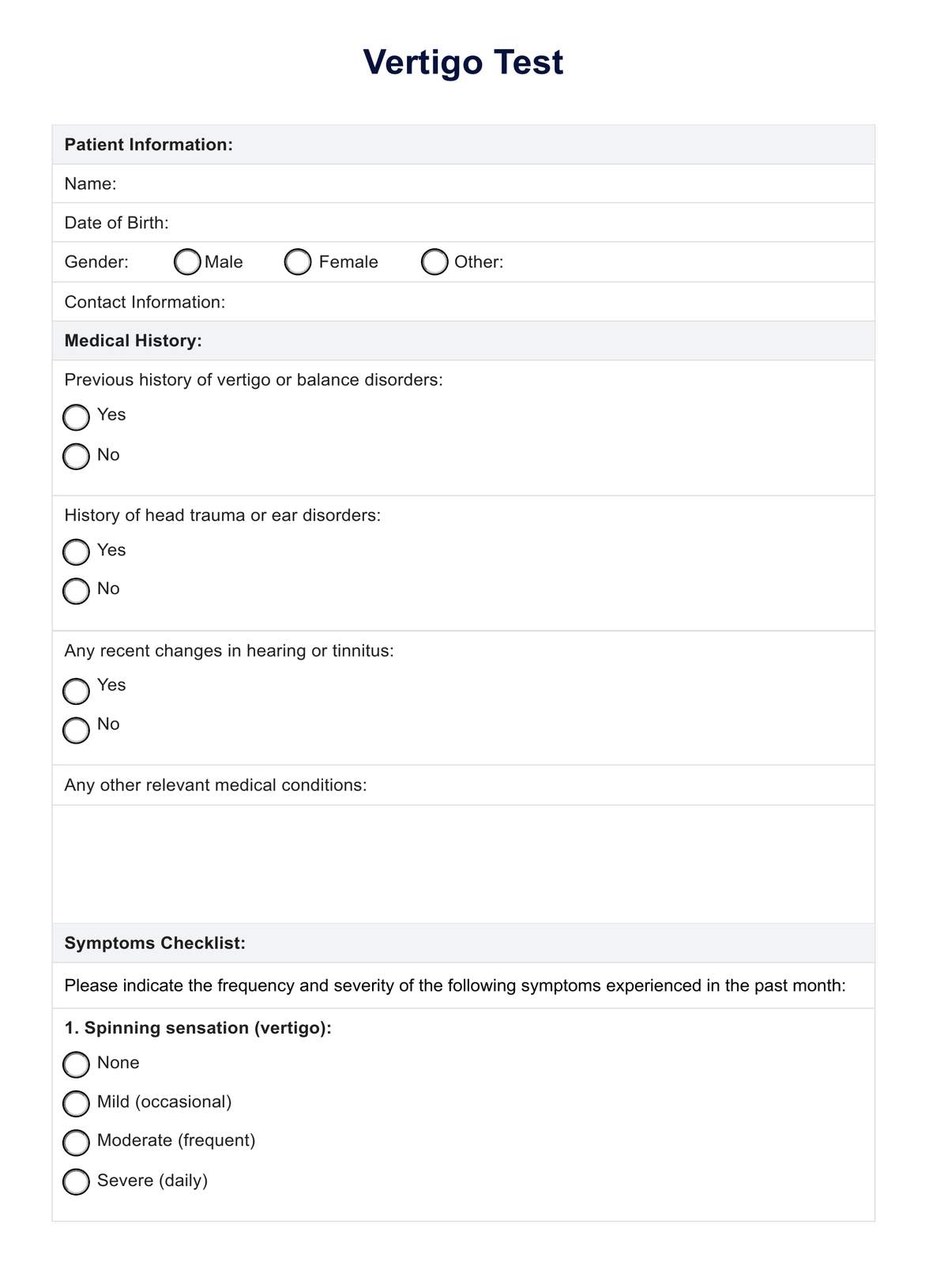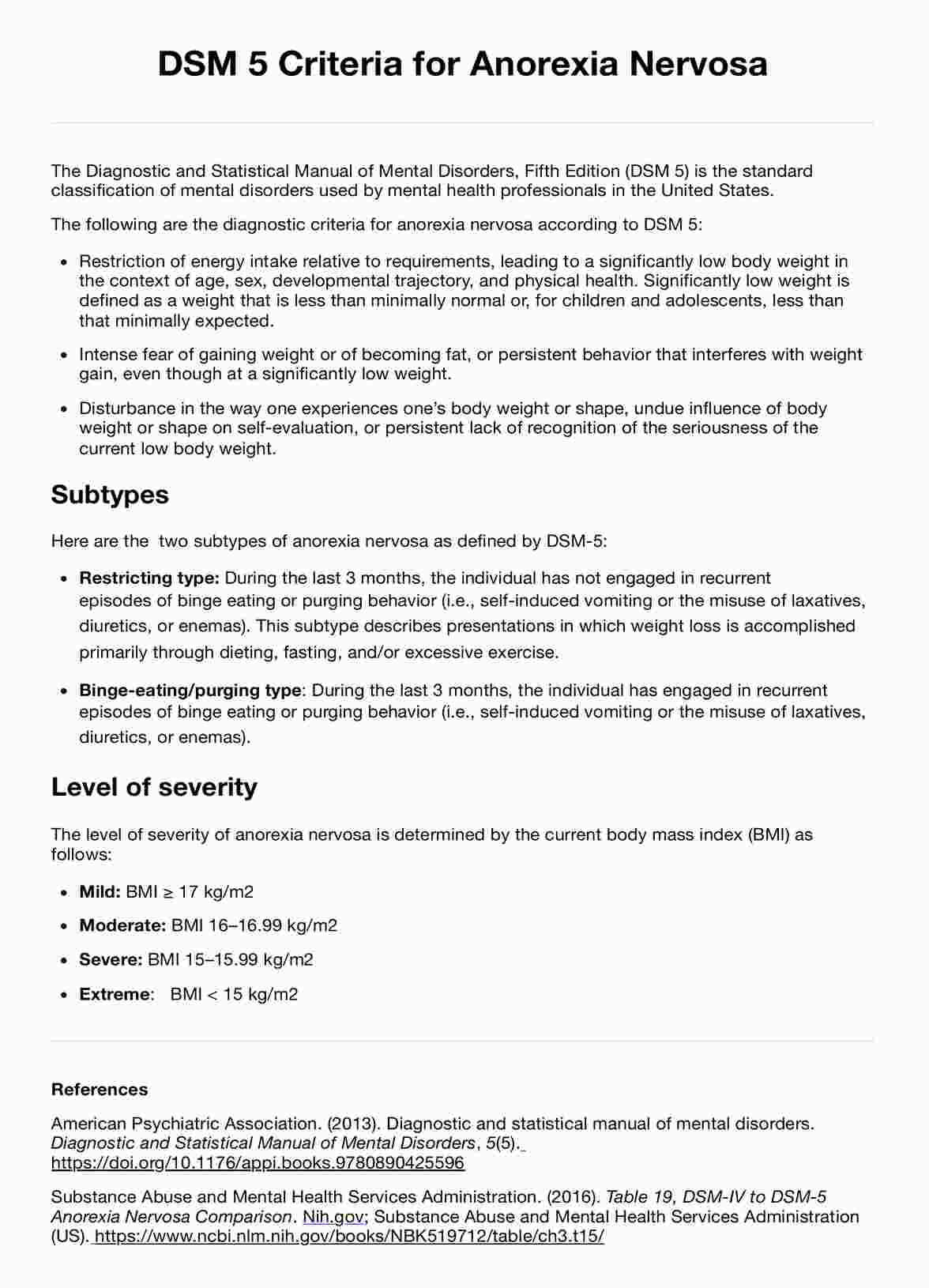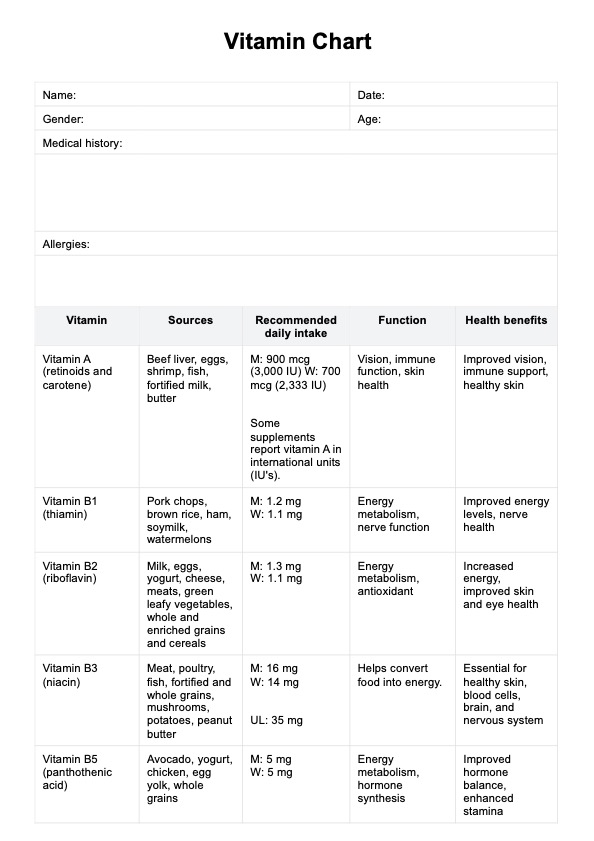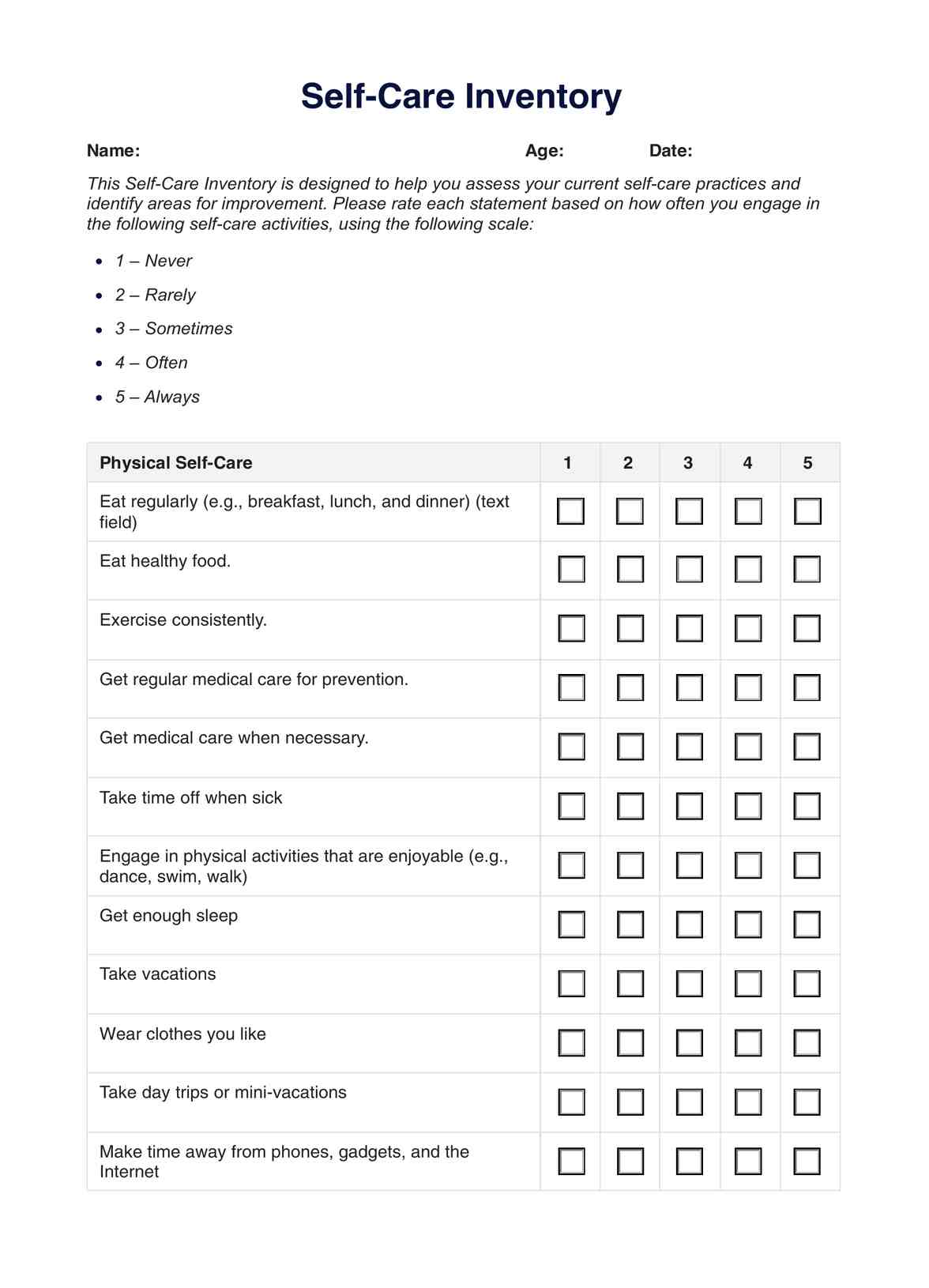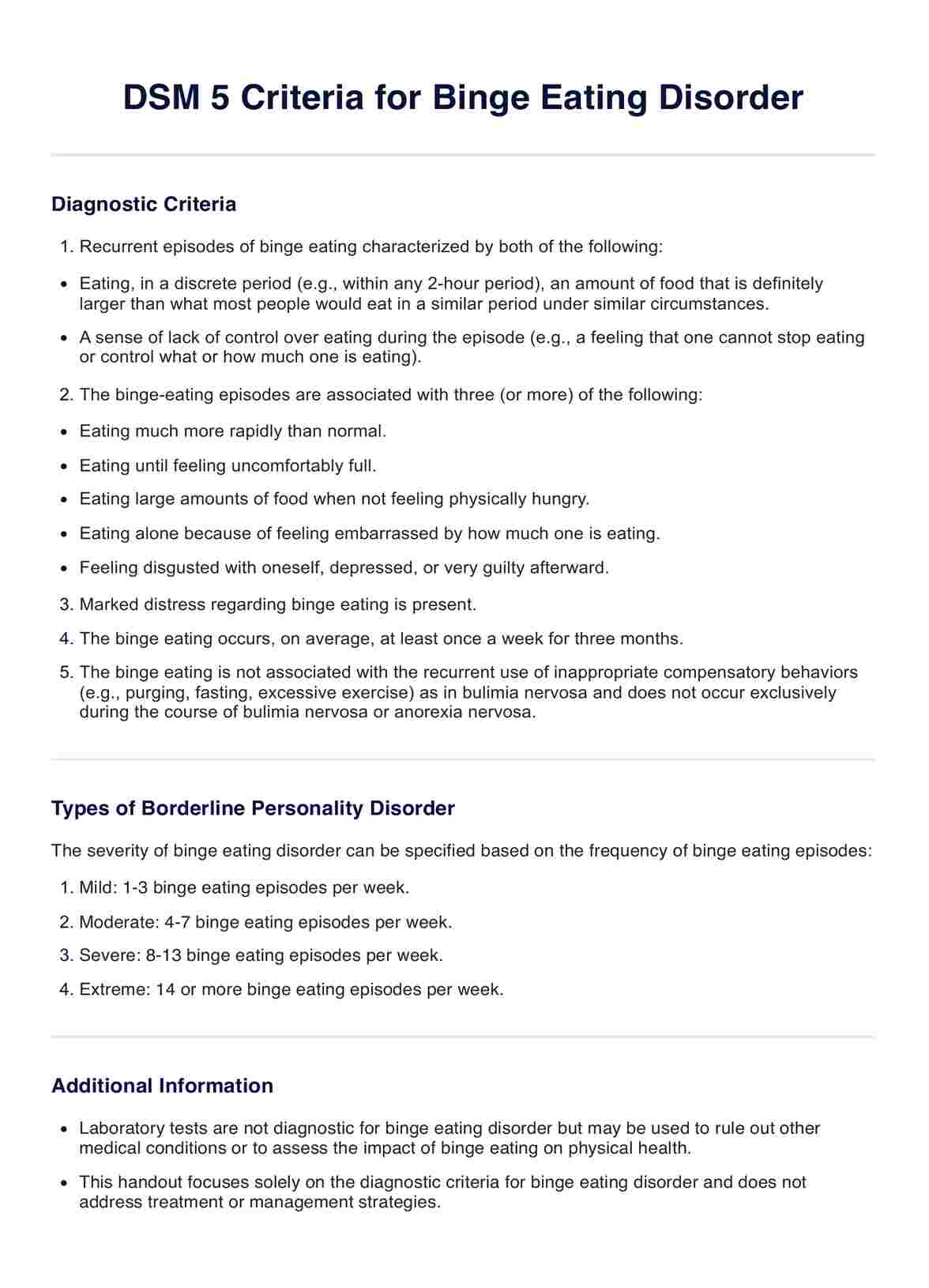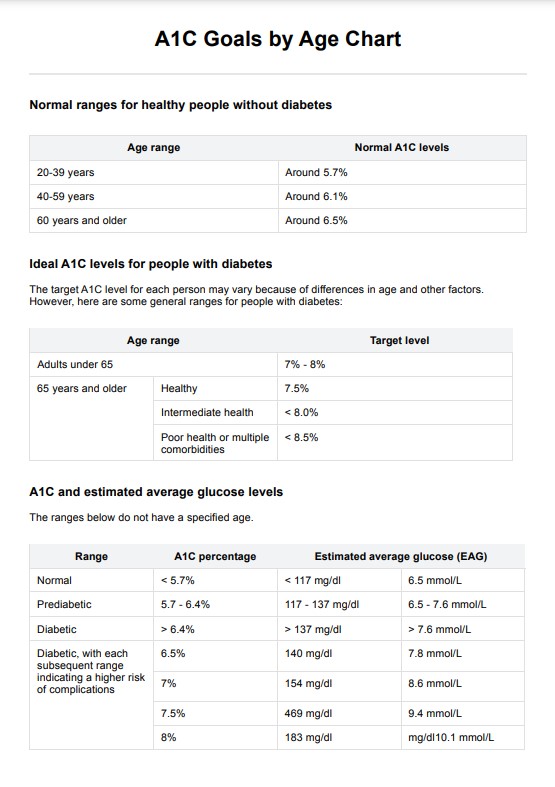Nutrition Worksheet
Optimize your health with our Nutrition Worksheet – a tool for tracking and enhancing dietary choices. Start thriving today!


What information should be included in a comprehensive Nutrition Worksheet?
A comprehensive Nutrition Worksheet is a valuable resource to promote healthy eating habits and overall well-being. This nutrition handout, or food log, encompasses a range of critical elements to guide individuals toward making nutritious choices and maintaining a healthy lifestyle.
The worksheet typically includes sections dedicated to various food groups, such as fruits, vegetables, grains, dairy, and proteins. It encourages understanding essential nutrients, like vitamins and minerals, emphasizes the importance of balanced meals for overall health, and highlights food safety practices. By promoting healthy eating habits, the worksheet can aid in disease prevention.
This comprehensive Nutrition Worksheet, which incorporates environmental awareness, waste reduction, and mindful eating concepts, is an indispensable tool for educators, students, and individuals seeking to enhance their understanding of nutrition and help students make informed, more healthy eating and food shopping choices.
Nutrition Worksheet Template
Nutrition Worksheet Example
How does this work?
Help your clients eat healthy food choices. Our printable Nutrition Worksheet is easy to use. Just follow these steps:
Step 1: Download the worksheet
Obtain the worksheet using the download link we've embedded in this guide or on the Carepatron app.
Step 2: Assess the patient's needs
Assessing a patient's nutritional needs through a worksheet involves a systematic approach incorporating various key elements to promote optimal health. Providing nutrition tips can be an effective way to guide clients. Nutrition Worksheets can address specific aspects such as food groups, balanced meals, and healthy food choices. Additionally, educating them about physical activity guidelines can enhance overall health by offering recommendations for different groups, including adults, older adults, parents, and kids.
Step 3: Explain to the patient how to use the worksheet
Start by evaluating the patient's understanding of food categories and their ability to create and eat a balanced meal. Nutrition worksheets often include sections focusing on different food groups, helping individuals identify and incorporate a variety of nutrients into their diet. Emphasize the significance of consuming healthy foods and understanding nutrition labels and other nutrition facts used to make informed choices.
Step 4: Fill out the worksheet for meal plan preparation
Assist patients in filling out the worksheet. Consider assessing eating habits, identifying signs of eating disorders, and providing guidance on healthy snack options based on their nutrition information and dietary guidelines. The worksheet can act as a platform for the food group to explore the functions of different nutrients in the food pyramid, like proteins, and the role of carbohydrates in providing energy for daily activities and exercise. You can always go back to this during meal planning.
Step 5: Update regularly
Patients should update their Nutrition Worksheet regularly based on individual goals, health conditions, and needed details. Weekly updates are ideal for closely monitoring specific goals like weight loss or athletic training, focusing on daily intake and challenges. Monthly updates suit long-term lifestyle changes, summarizing patterns and progress. Event-based updates respond to health changes or goal achievements, ensuring adjustments for sustained progress and informed discussions during health check-ups.
What are the benefits of using Nutrition Worksheets?
These worksheets help identify nutrient deficiencies or excesses by systematically tracking and analyzing dietary habits. Using a worksheet template offers some benefits like:
Comprehensive health monitoring
It allows for thorough tracking of patient information, medical history, current dietary habits, and fluid intake, providing a holistic view of health and nutrition status. It also prompts clients to read food labels and become mindful of their consumption.
Structured food and nutrient tracking
The food log and meal timing sections facilitate detailed tracking of daily food intake, promoting awareness of meal patterns and nutrient consumption across food groups (fruits, vegetables, grains, proteins, dairy, fats/oils).
Goal setting and progress tracking
Including personalized goals (short-term, long-term, behavioral) and progress tracking allows patients to set achievable milestones, monitor their progress, and receive professional recommendations and guidance for adjustments.
What role does lifestyle play in a Nutrition Worksheet, and how should it be addressed?
Lifestyle is crucial in a Nutrition Worksheet as it significantly influences dietary choices, eating patterns, and overall well-being. Here's how lifestyle considerations can be incorporated:
- Activity level: When assessing nutritional needs, consider the individual's activity level. Active individuals may require more calories and specific nutrients to support energy expenditure and recovery.
- Dietary preferences: Consider lifestyle-related dietary preferences, such as vegetarianism, veganism, or specific cultural and nutritional practices. This ensures the nutrition plan aligns with the individual's values and choices.
- Work schedule: Acknowledge the impact of work schedules on eating habits. Individuals with irregular or demanding work hours may require flexible meal planning strategies to ensure adequate nutrition.
- Stress and emotional eating: Recognize the influence of stress and emotions on eating behaviors. Addressing emotional aspects in the worksheet can help individuals develop mindful and intentional eating strategies.
- Meal timing: Incorporate information about meal timing and frequency. Some prefer smaller, more frequent meals, while others follow a traditional three-meal structure.
- Hydration: Consider hydration habits, as lifestyle factors like physical activity, climate, and personal preferences can affect fluid needs.
- Social and cultural influences: Recognize the impact of social and cultural factors on dietary choices. Family traditions, social events, and cultural practices can influence food preferences and eating patterns.
- Sleep patterns: Consider the role of sleep in overall health and its potential impact on dietary choices. Poor sleep can affect appetite regulation and food choices.
- Meal preparation and cooking skills: Assess the individual's ability and willingness to prepare meals. Provide practical tips and resources for efficient meal planning and preparation based on their lifestyle.
Addressing lifestyle factors is essential for creating a comprehensive and tailored nutrition plan.
Commonly asked questions
A tool to track and analyze daily food intake for better dietary management.
It guides healthier eating, aids weight management, and identifies nutritional gaps in healthy foods.
Typically includes sections for meals, snacks, calories, nutrients, protein, energy, and hydration.


